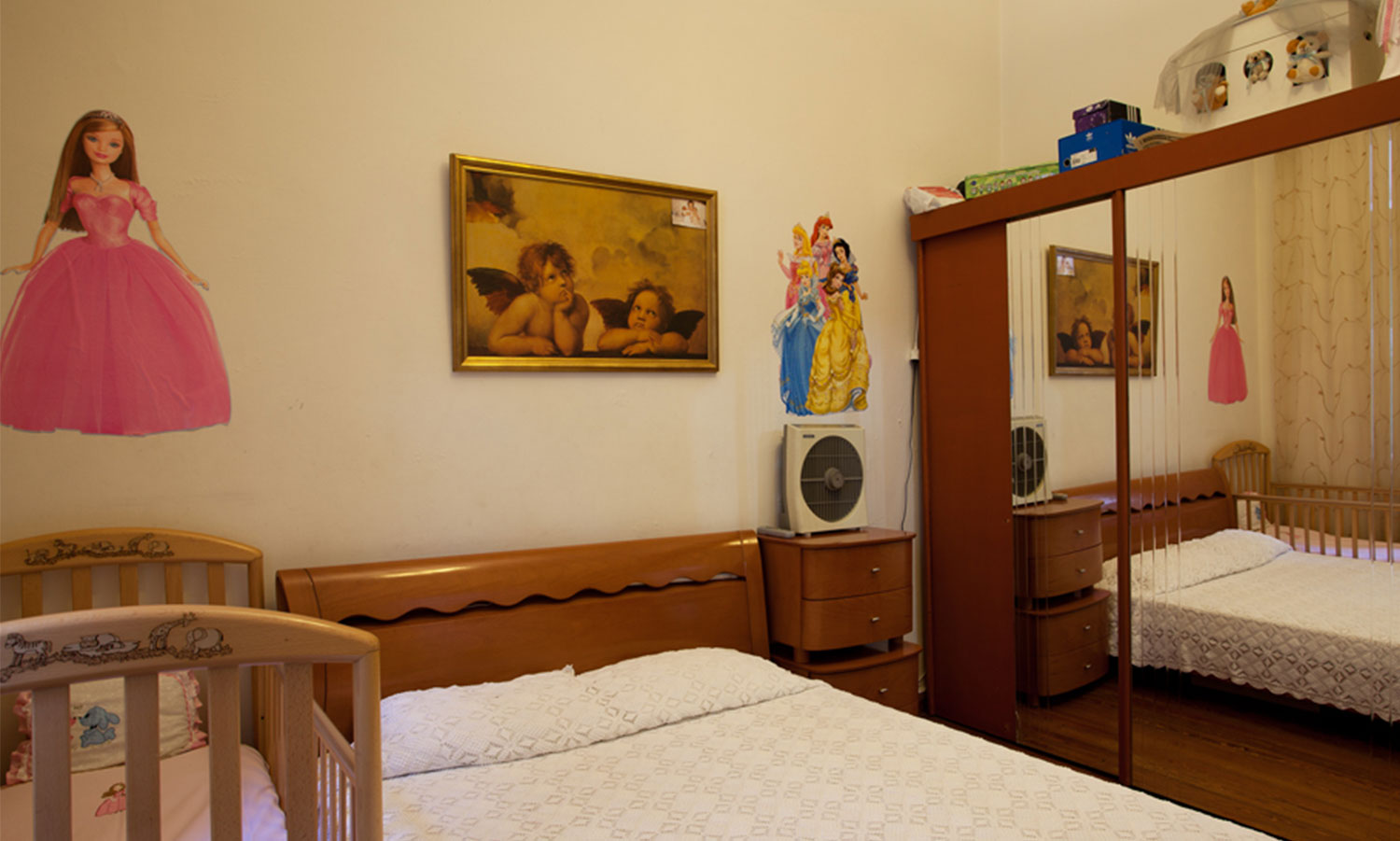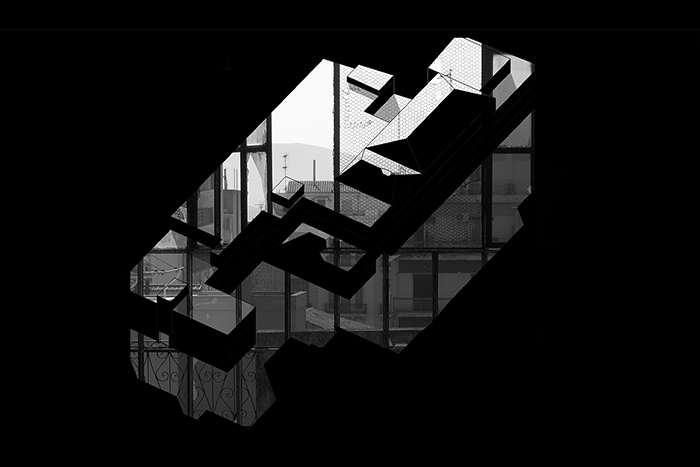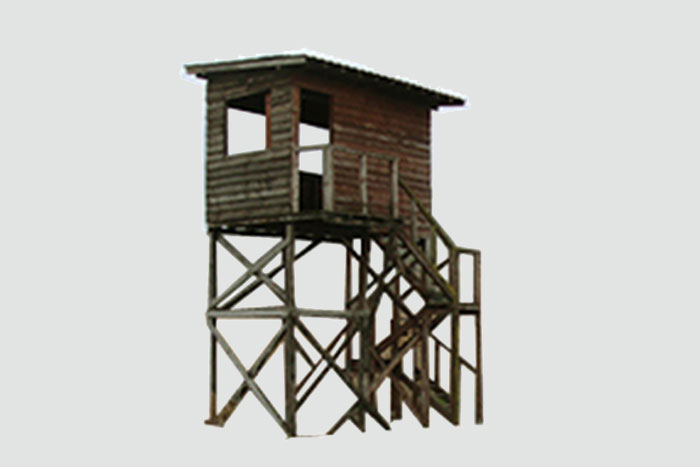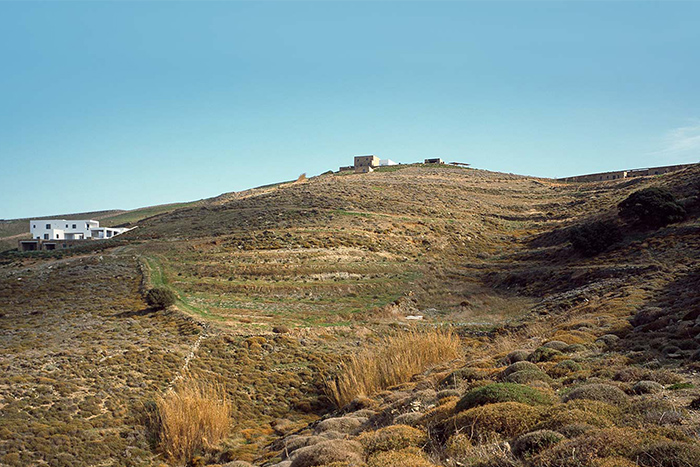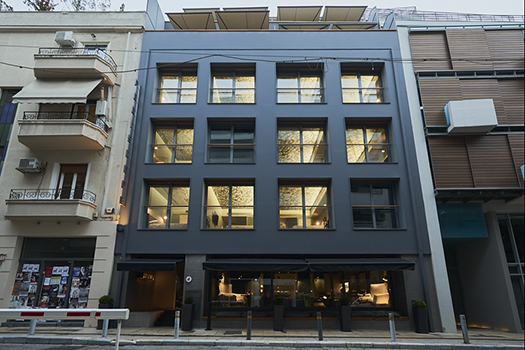Bedrooms
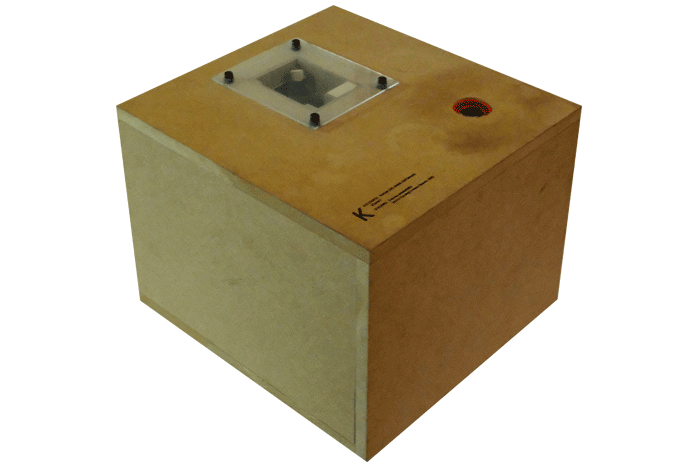
Info
‘Bedrooms’ is an installation that was first presented during the 13th International Architecture Exhibition at the ‘Biennale di Venezia’ within the Greek pavilion. It uses minimal means and familiar architectural representation devices to provide an experiential and comparative insight into the lives of Athenians. It is an archive of twenty-four bedrooms that were photographed and surveyed in June and July 2012. The underlying intention is to provide an alternative reading of the city that remains foremost a locus of intimacy and a common ground for the ‘sharing of differences’.
After decades of apparent prosperity, the city of Athens is experiencing an abrupt transformation being fueled by the current economic recession. The most evident physical manifestations of the current situation occur in the streets and can be described with three words: insecurity, strife and dissent. We have chosen to peek into the spaces that are not decipherable from within the public realm: the rooms where people sleep. These private spaces, where Athenians spend most of their time, simultaneously reflects and impacts their emotional world.
Our small archive of bedrooms documents the prevalent typologies of Athenian sleeping quarters along with the atypical, emerging cultural diversity hidden inside the generic framework of the city fabric. The selection was made in order to explore the differences and commonalities between social demographics, lifestyles, building typologies and neighborhoods. We have included bedrooms from a social housing project in Leoforos Alexandras, a mansion in Kolonaki, a brothel from the red light district of Kerameikos, a commune of street artists in Petralona, a basement inhabited by economic migrants in Kypseli and a middle class family living in the archetypal Athenian block of flats (‘polykatoikia’).
Credits
Common Ground
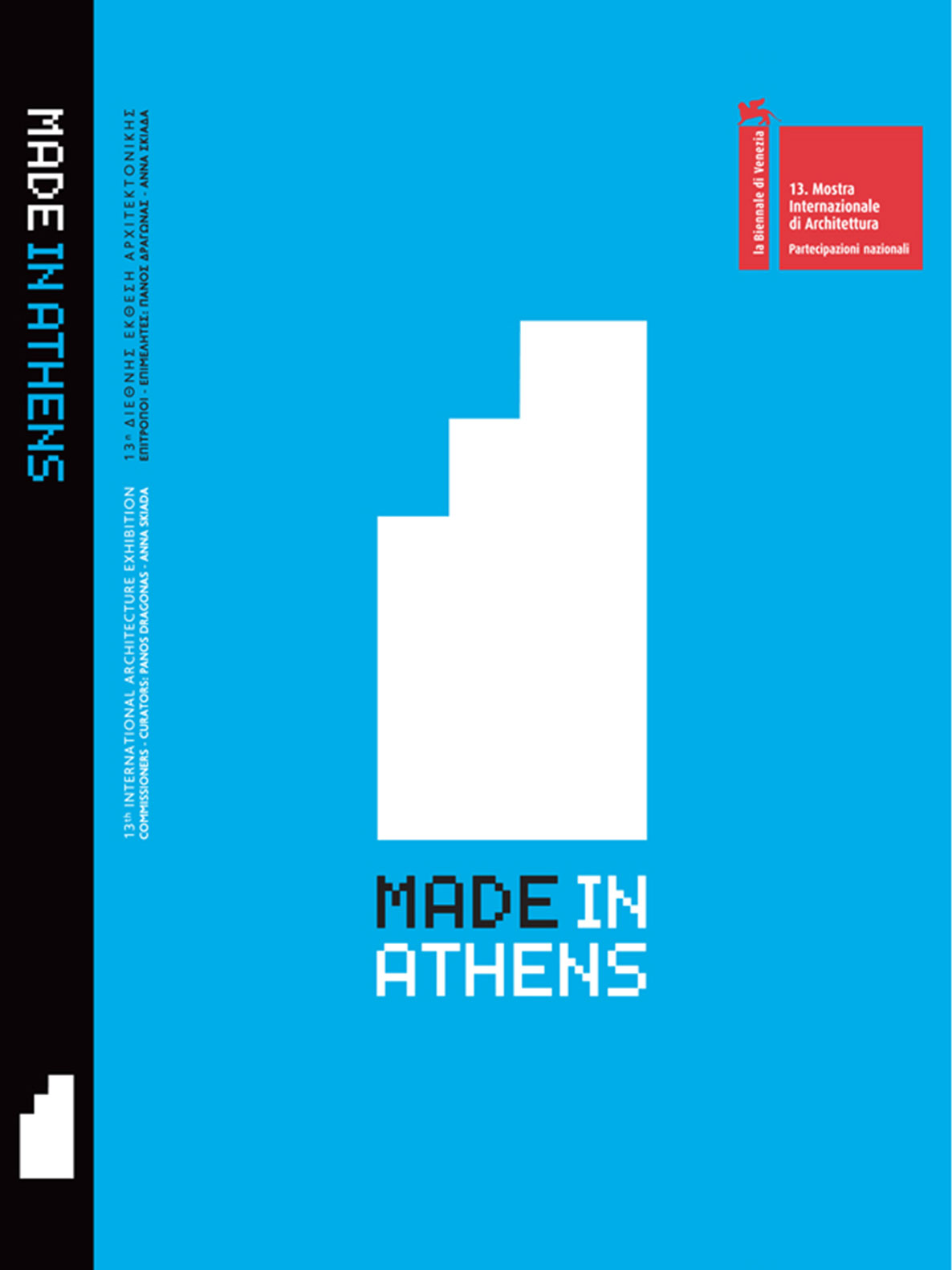
‘Common Ground’ was the theme chosen by British architect David Chipperfield, the director of the 13th Biennale, ‘to encourage my colleagues to react against the prevalent professional and cultural tendencies of our time that place such emphasis on individual and isolated actions.’
‘Made in Athens’ was the Greek national participation, curated by Panos Dragonas and Anna Skiada. Their proposal focused on the particular dynamics of Athens during a period of economic meltdown. 8 architects were invited to create narratives for the National Pavilion while 25 projects complemented the narratives in order to describe the dynamics at work within the Greek capital today.
Bedrooms at the Giardini della Biennale
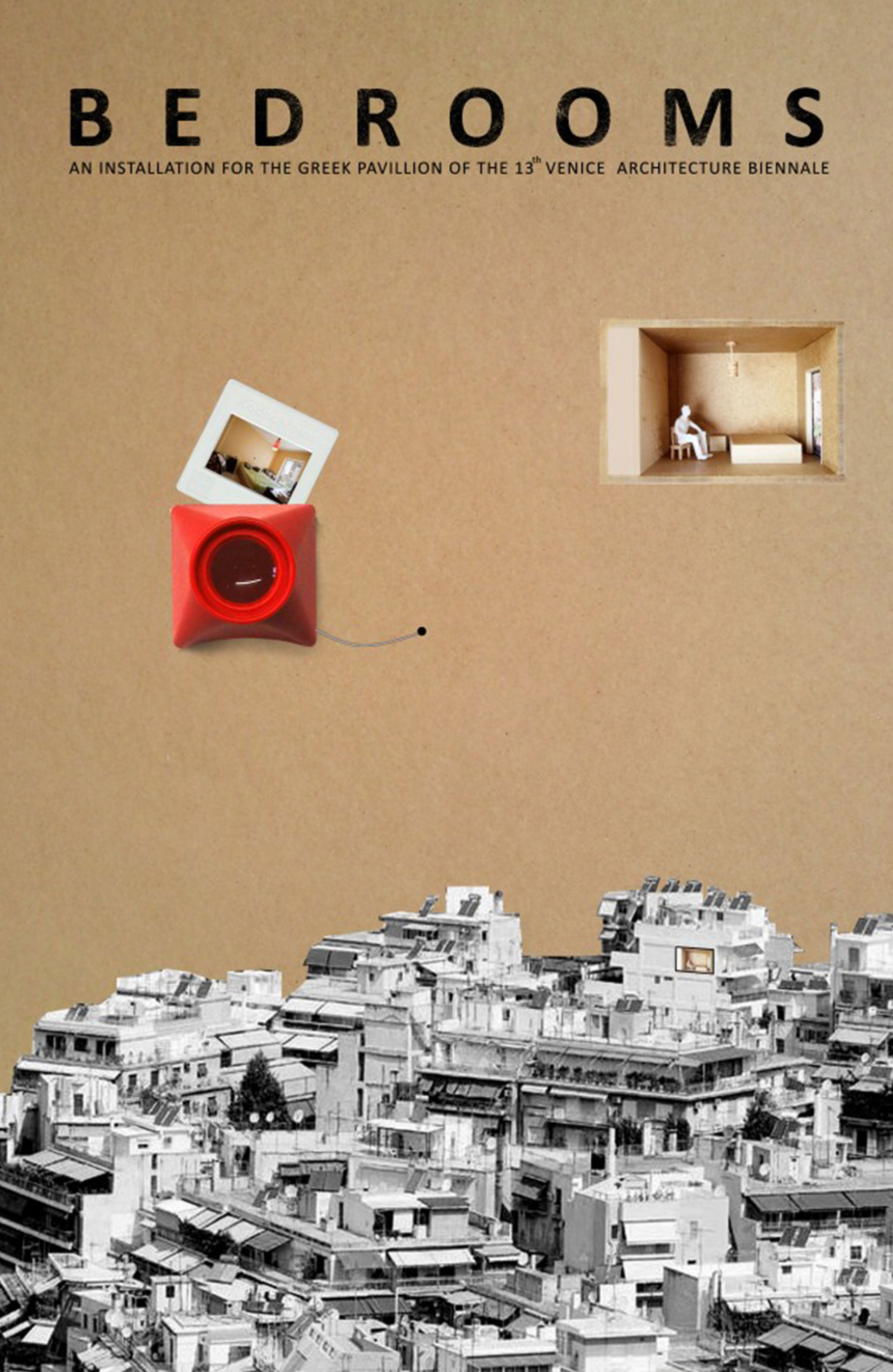

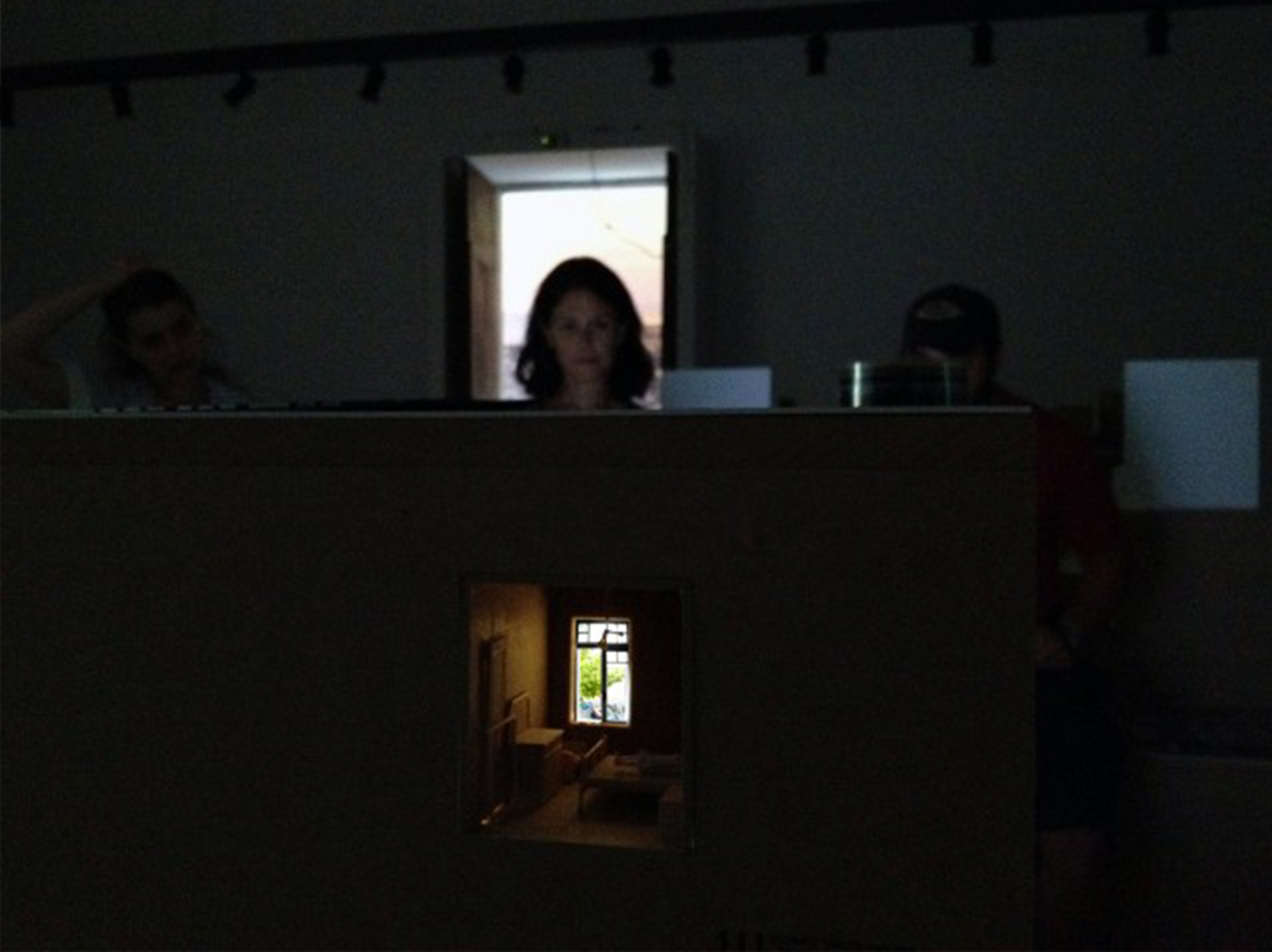
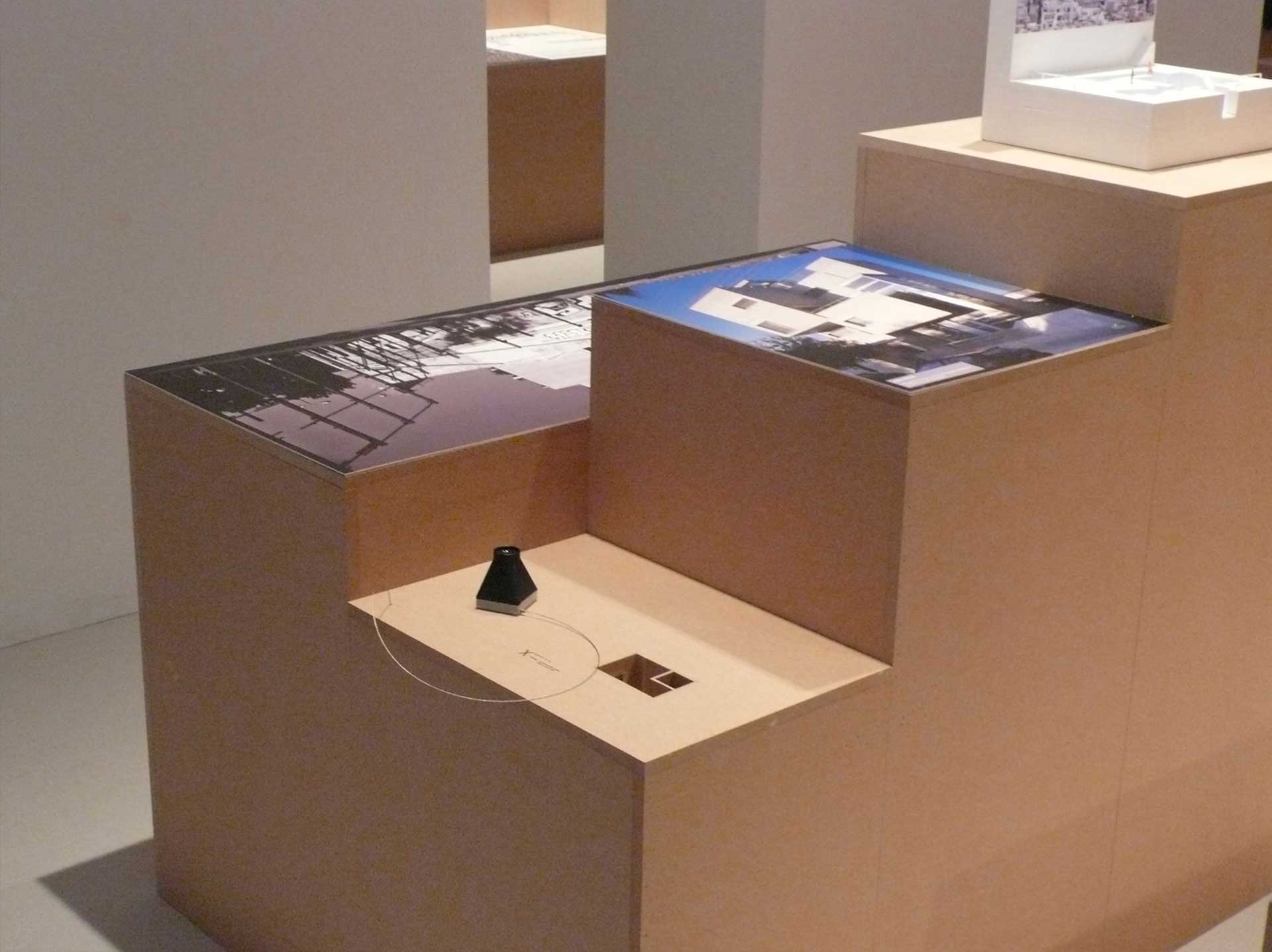
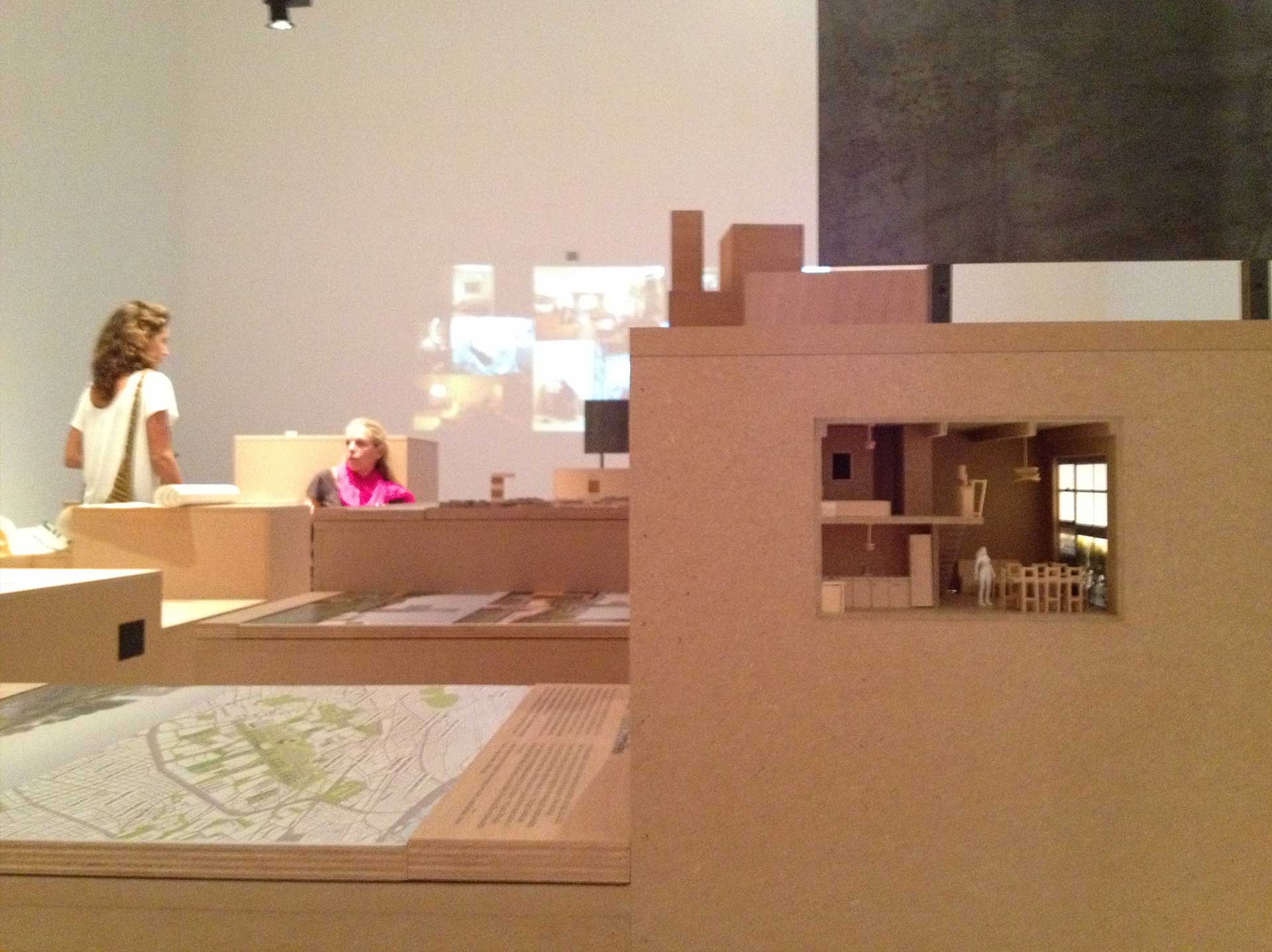
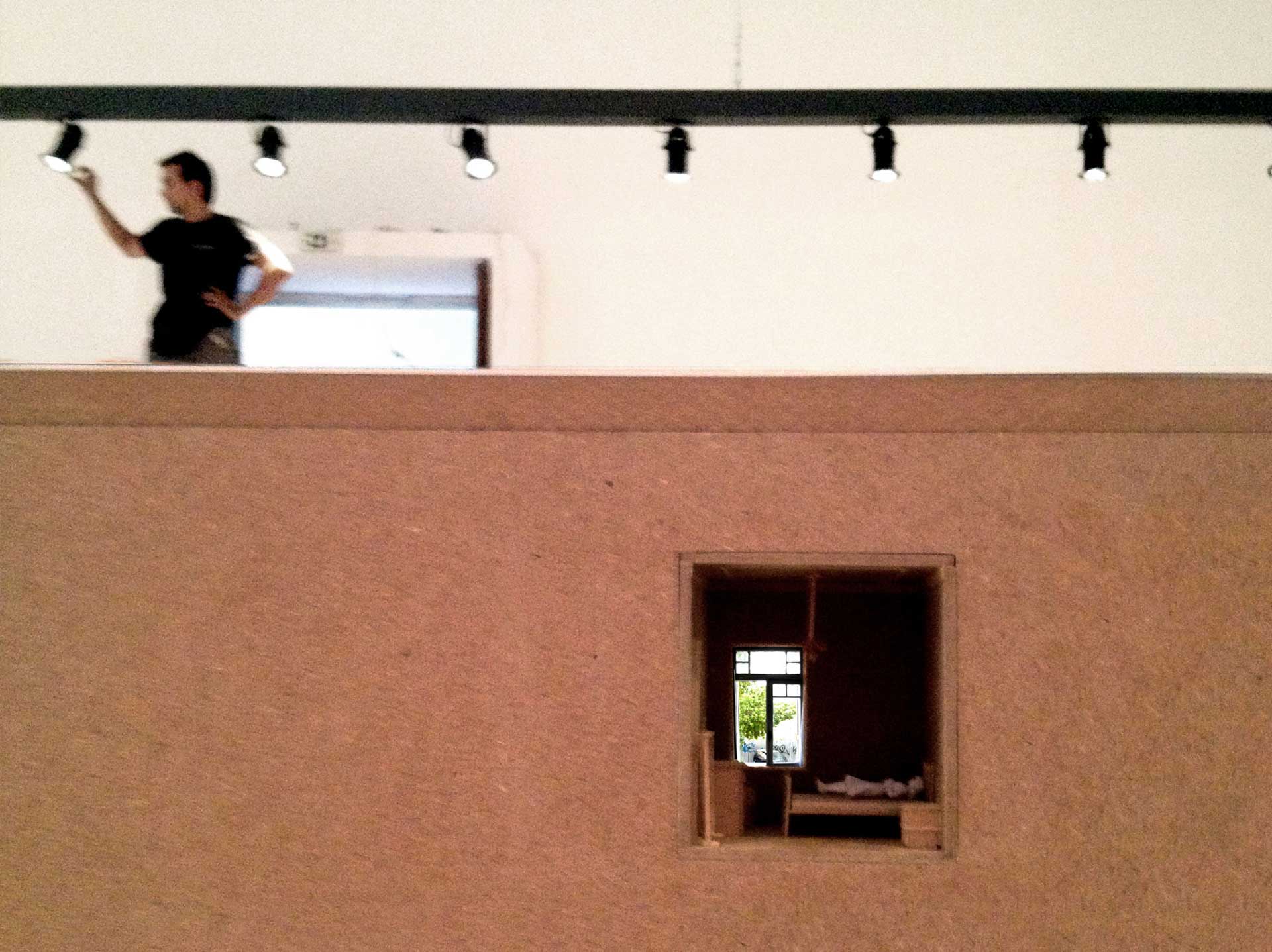
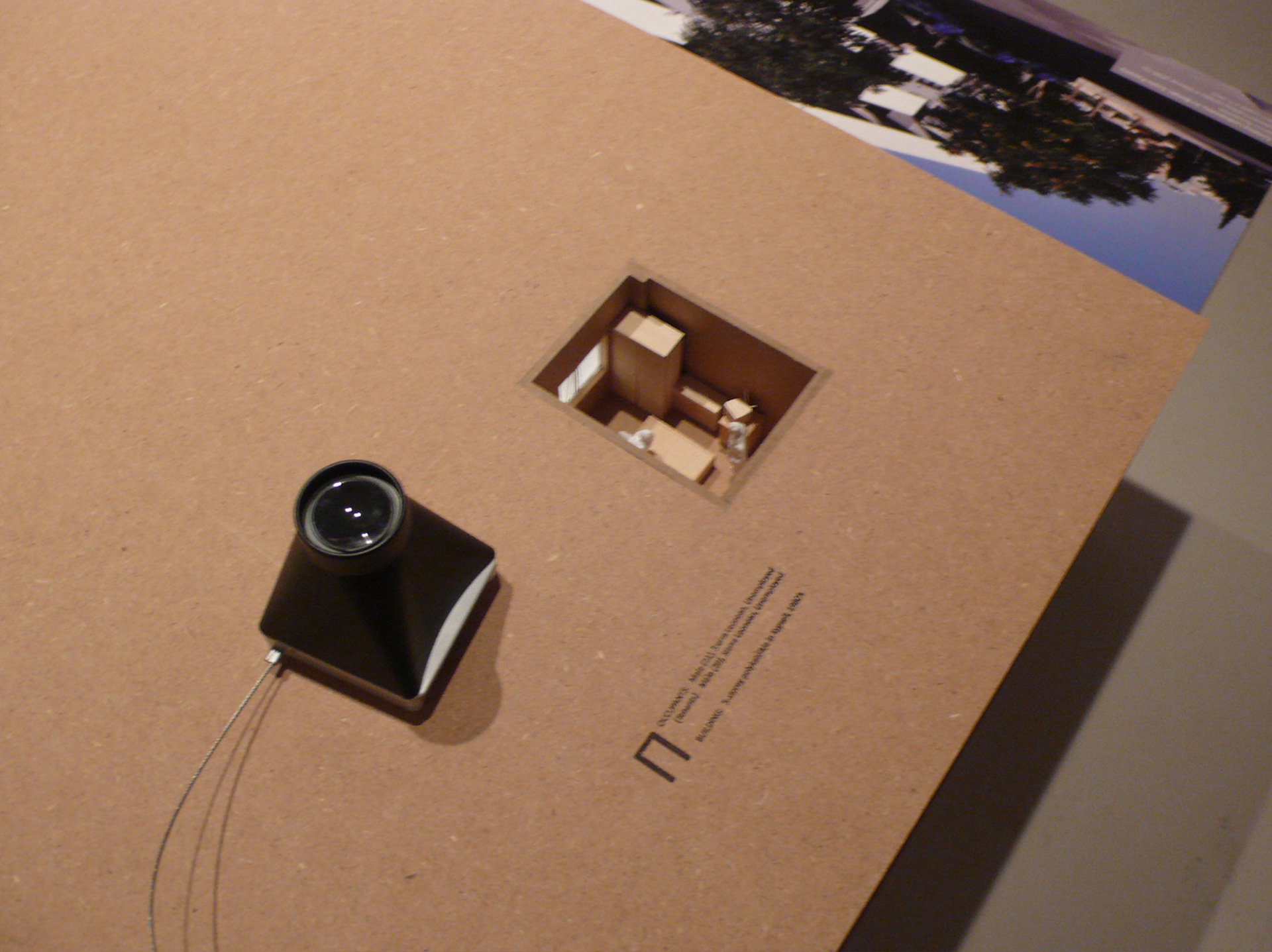

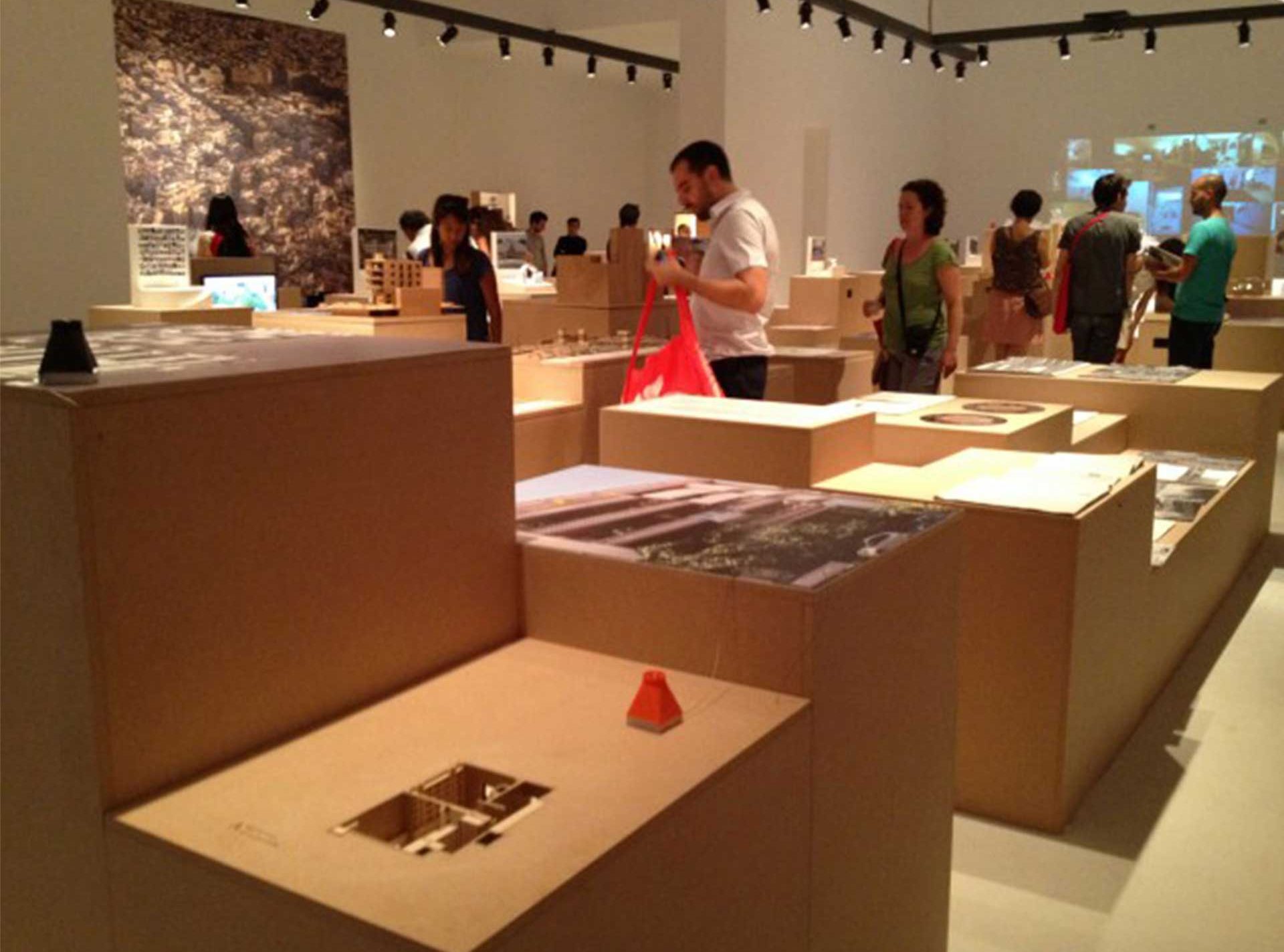

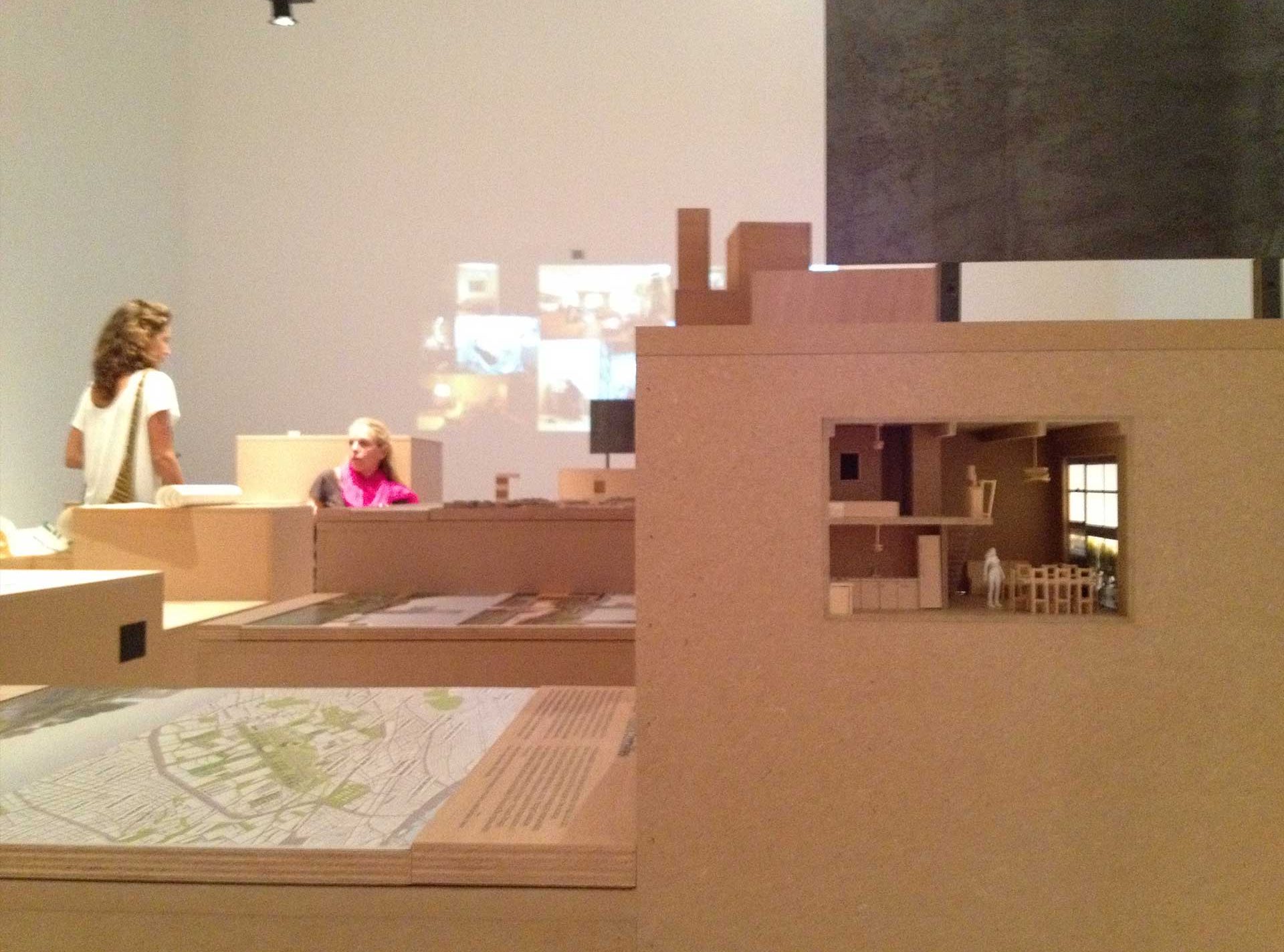
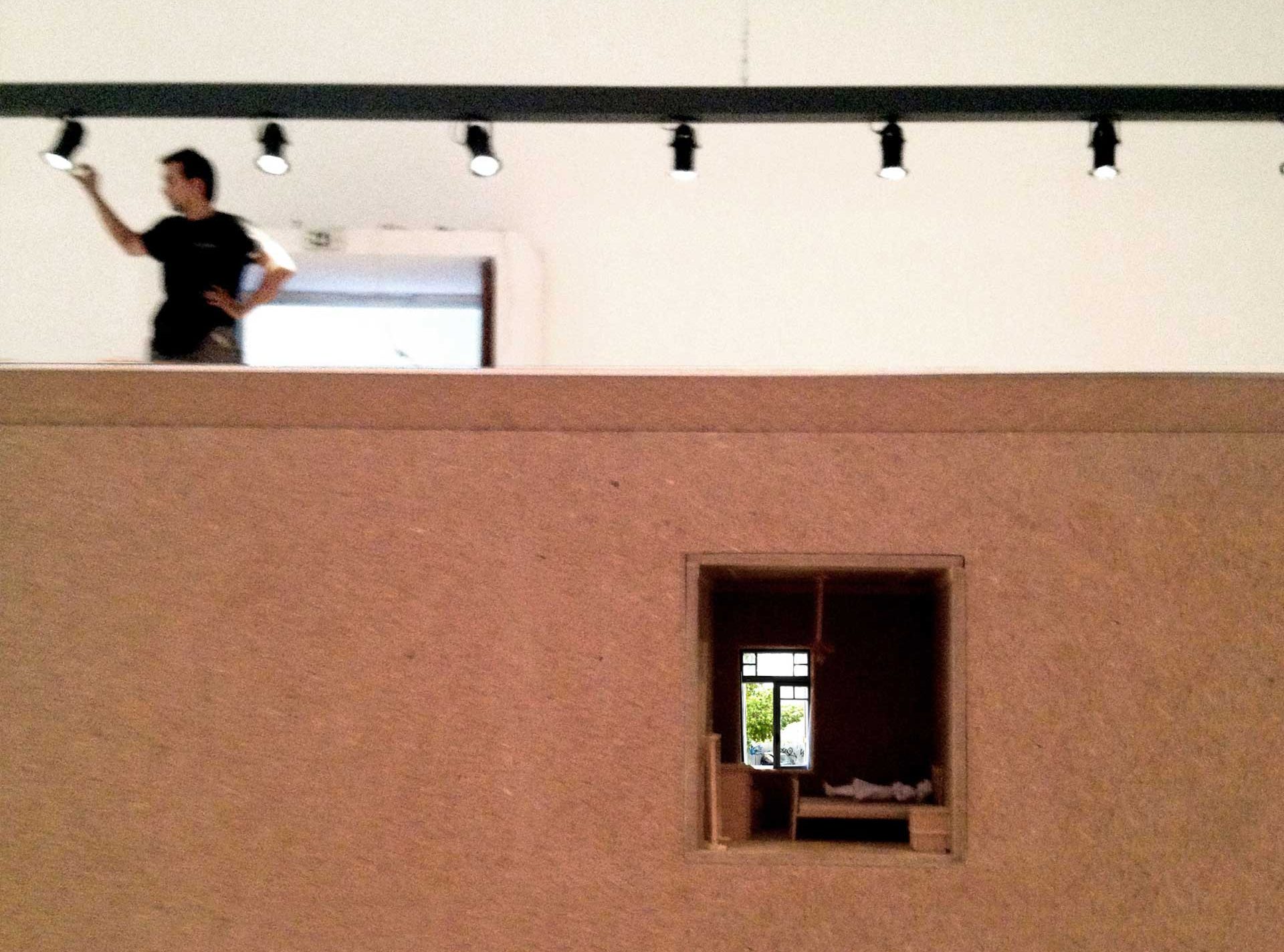
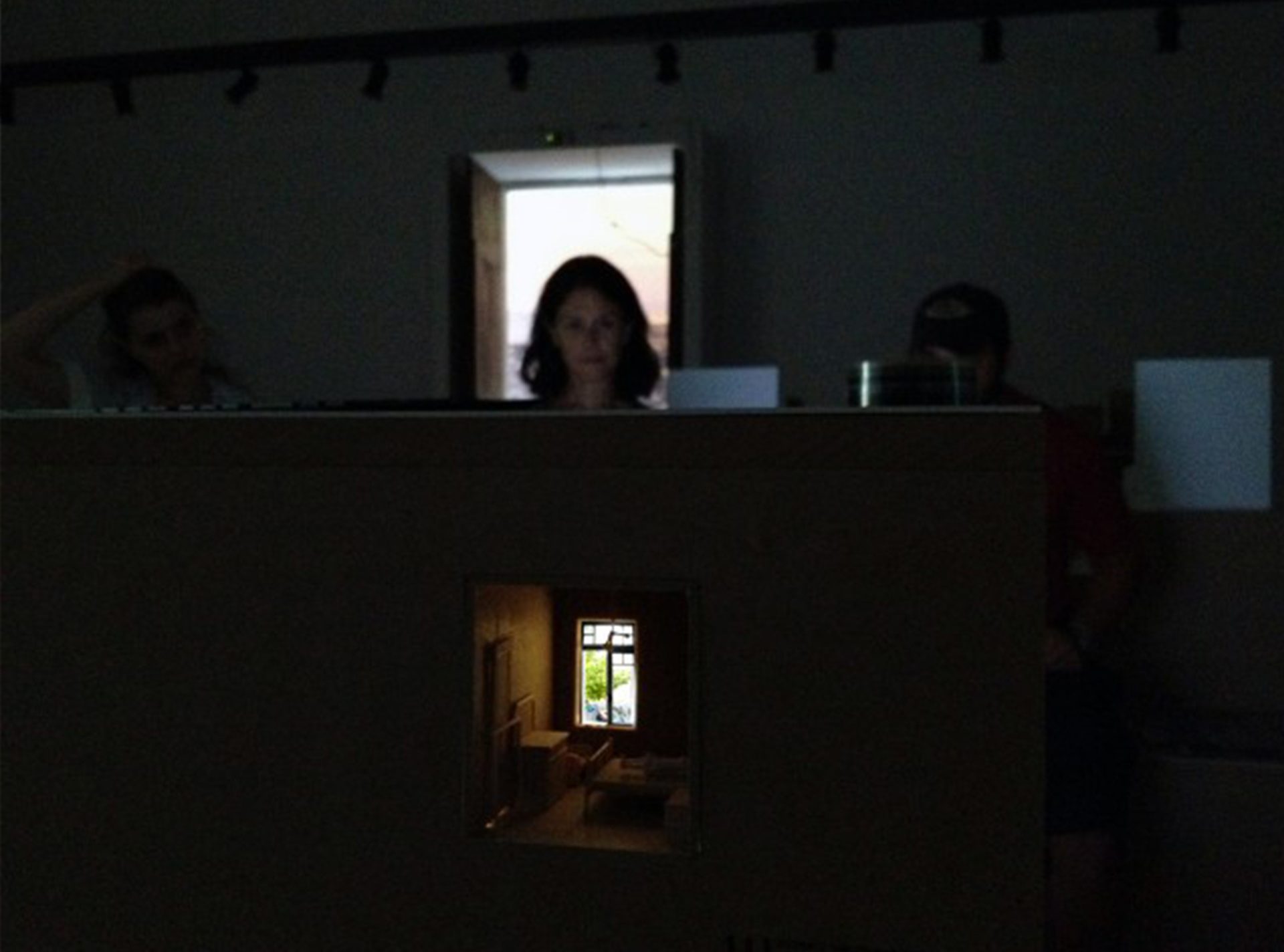
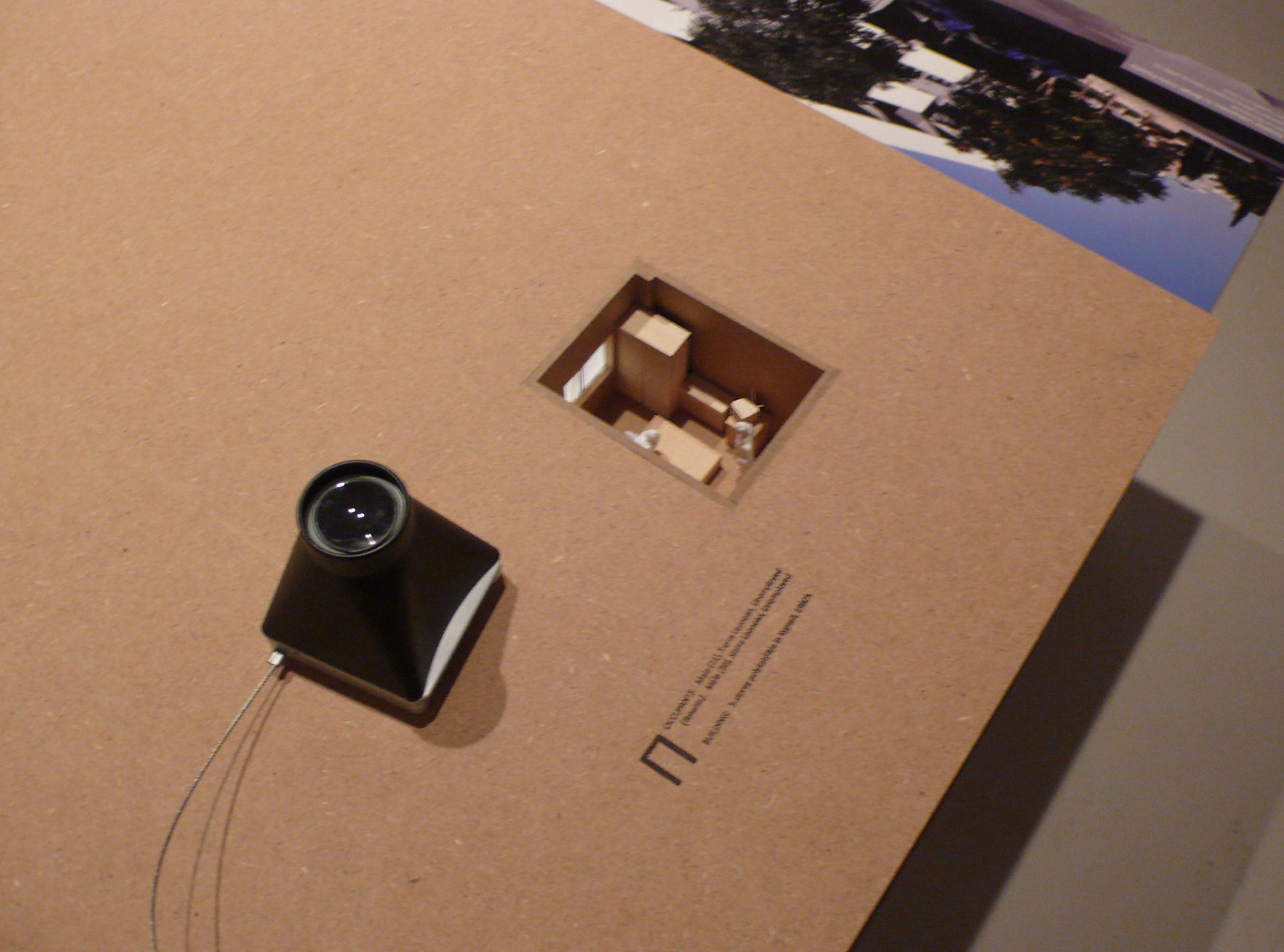
Mediums of Representation
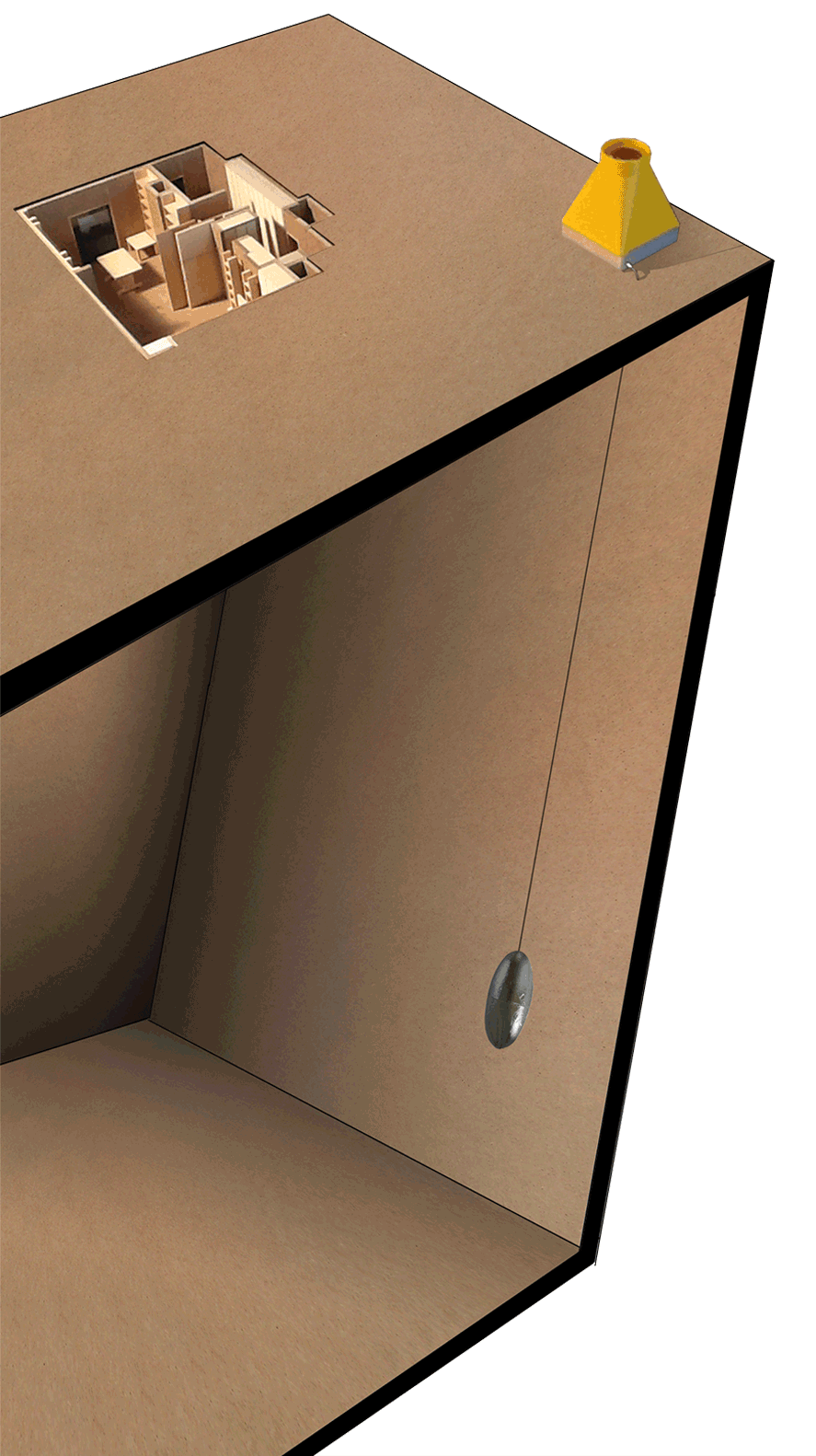
The ‘Bedrooms’ installation employs two mediums of representation: A physical model (scale 1:50) and a photograph. The model provides an abstract understanding of the spatial qualities of the room, while the photograph, seen through a handheld slide viewer, provides an image rich in details.
The models are scattered and discretely inserted into the platforms exhibiting the other artifacts of the Greek pavilion. The walls of the rooms are made out of the same material as the platforms (untreated MDF sheets) while the furnishings are made out of basswood. Seen either in plan or in section, they are spatial representations of the rooms conveying scale and arrangement of furnishings.
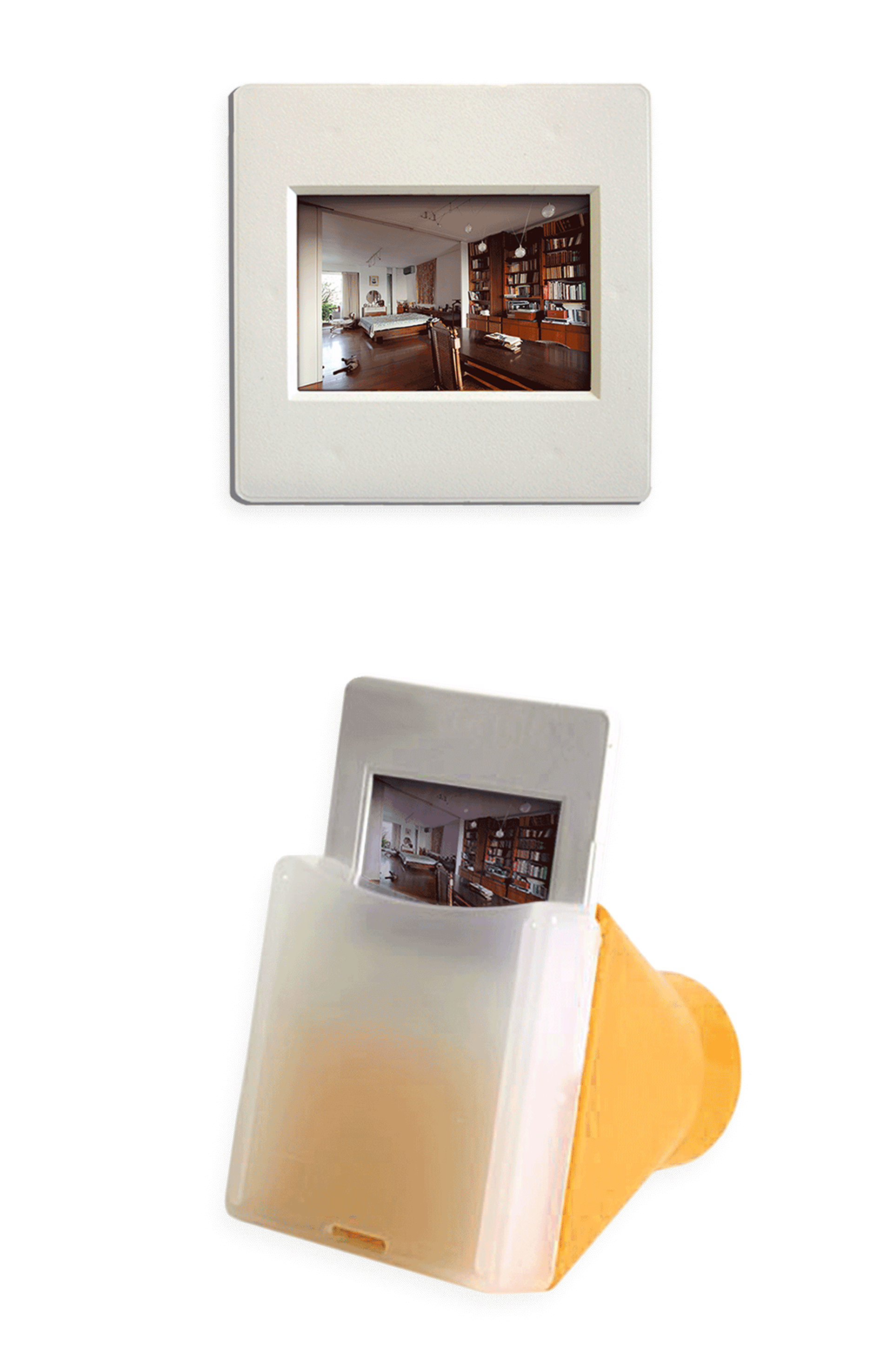
The windows in the models hold a transparency with the actual views of each room. A light bulb, that is concealed underneath the floor plate of the room, illuminates the views on the transparencies, allowing the viewer to discover the urban context around each bedroom.
The slide viewers are modified: A fishing weight pulls the wire cable and it disappears into the box when the slide viewer is not used.
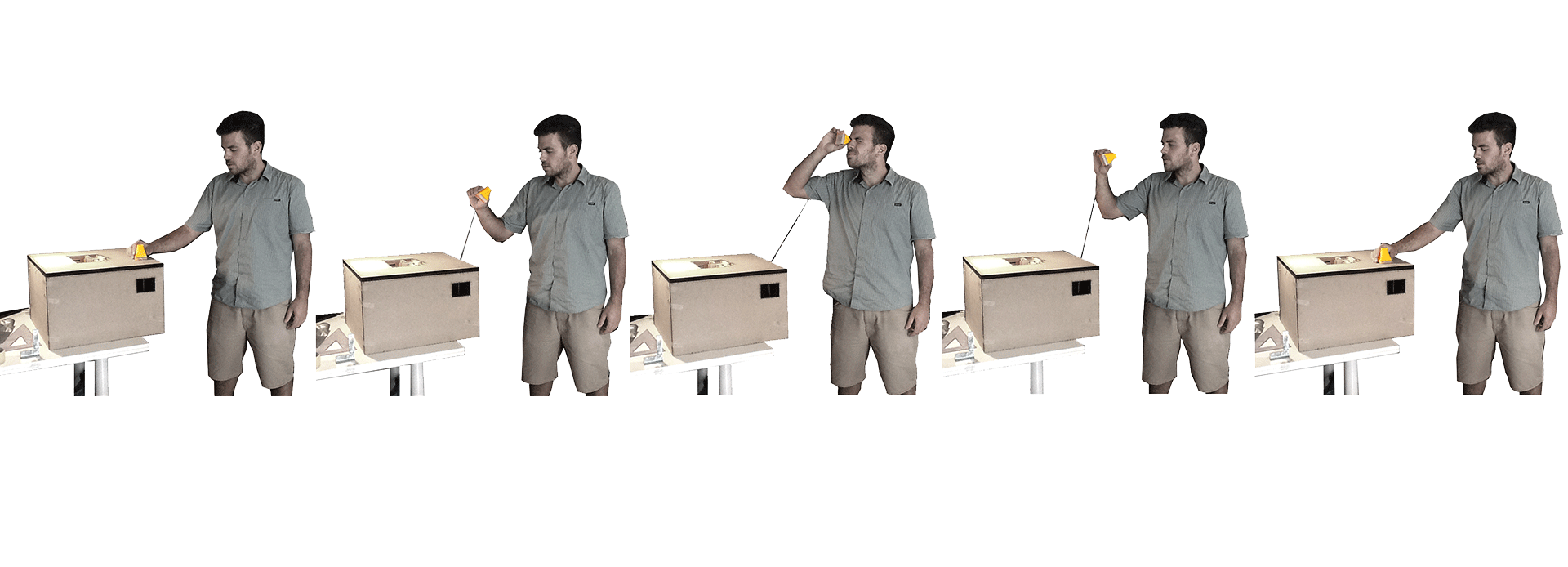
Field Work
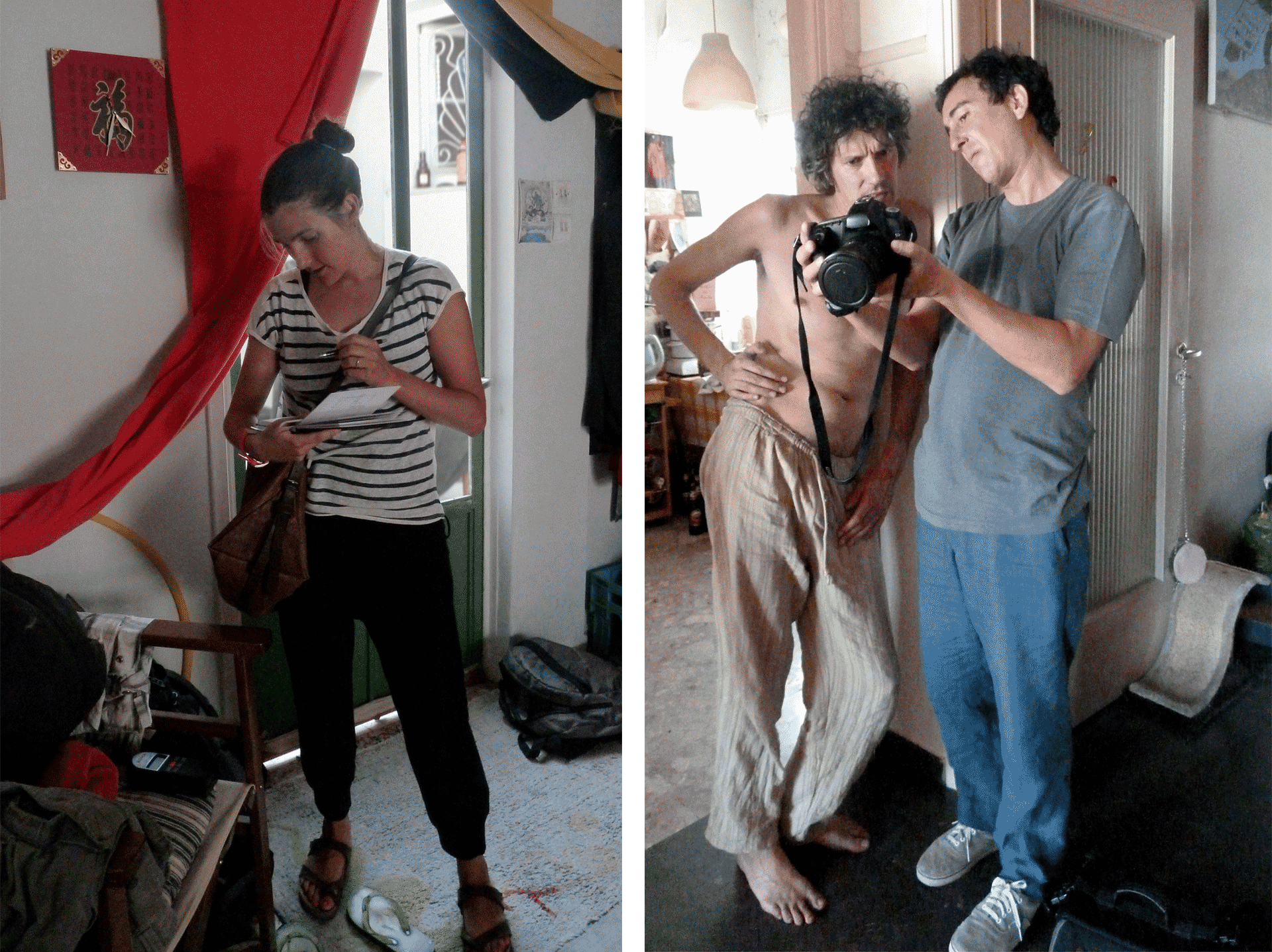
The entire process of designing, scouting, constructing and installing our work lasted three months. During June and July 2012 we scouted the city, knocking on doors, asking people to photograph their bedrooms. Our research territory was defined by the limits of the municipality of Athens (37.7 Km2) which is the epicenter of the current Greek financial crisis, characterized by increasing demographic shifts. The scouting team was comprised of Katerina Chrysanthopoulou (architect) and Sophia Chandaka (anthropologist). Yiannis Hadjiaslanis (photographer) accompanied them everywhere, carrying his camera equipment along their long walks through the city. Each room was photographed by Yiannis, while Katerina surveyed them carefully, sketching everything that took up space within the rooms.
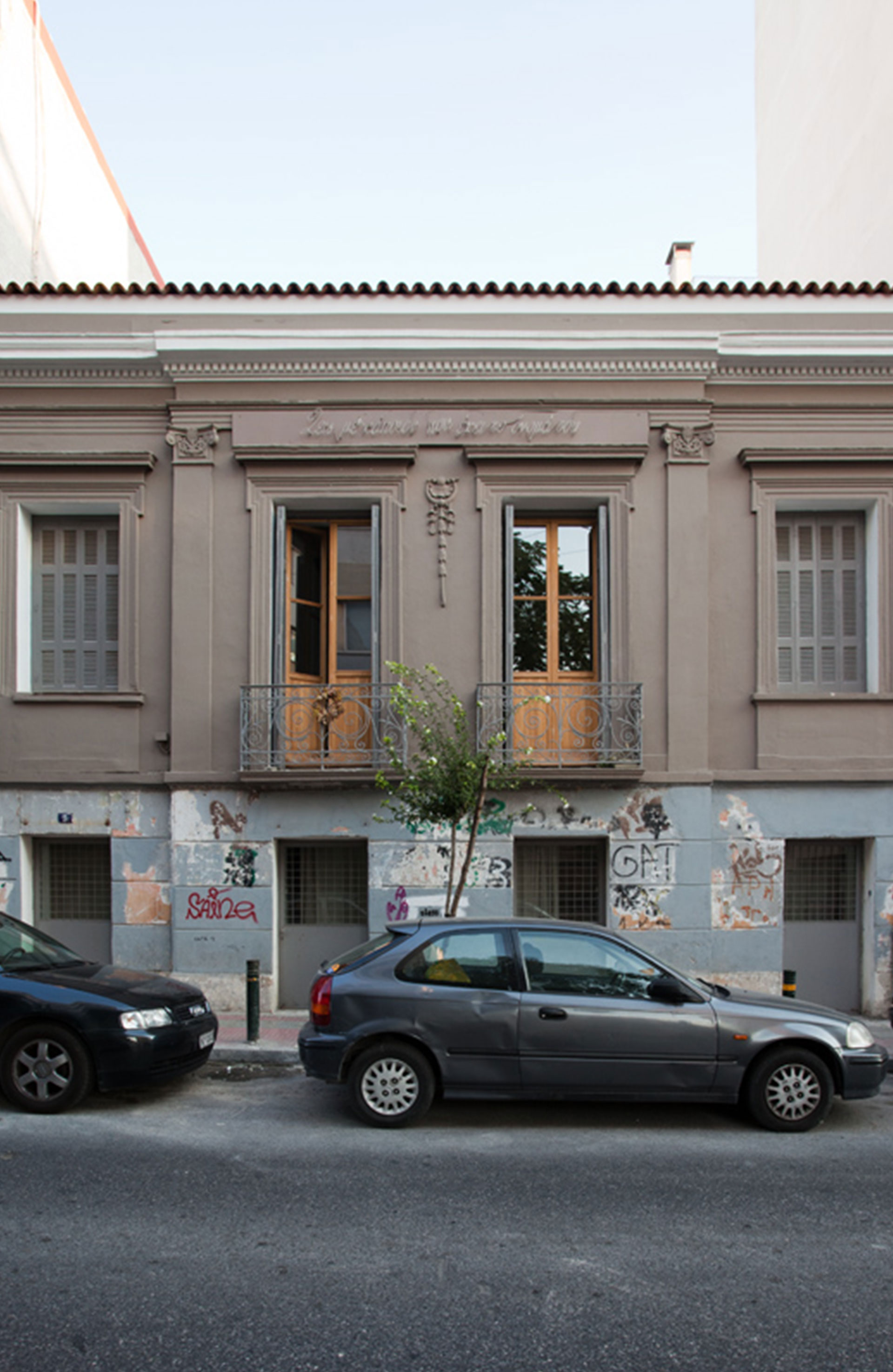

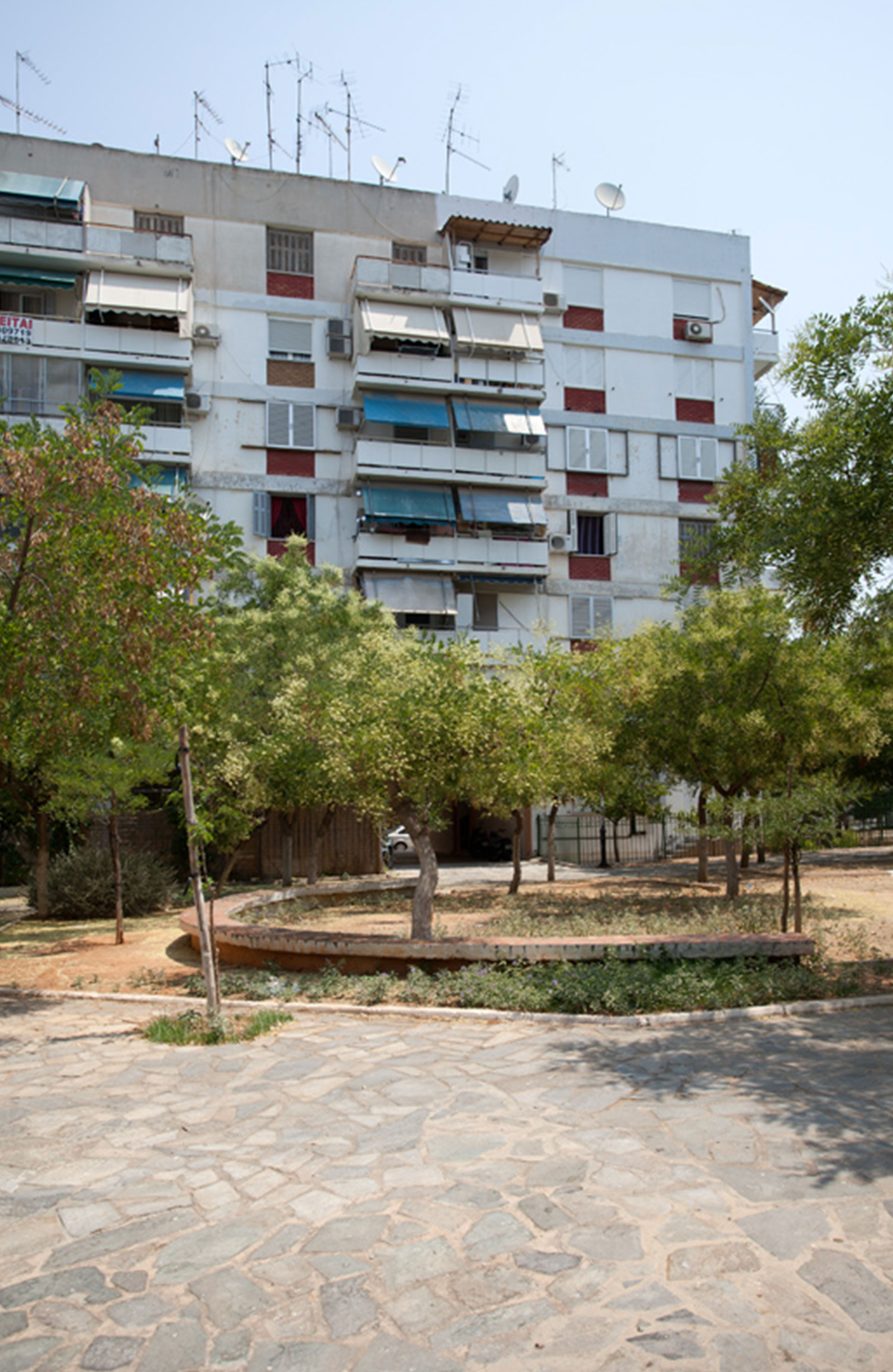
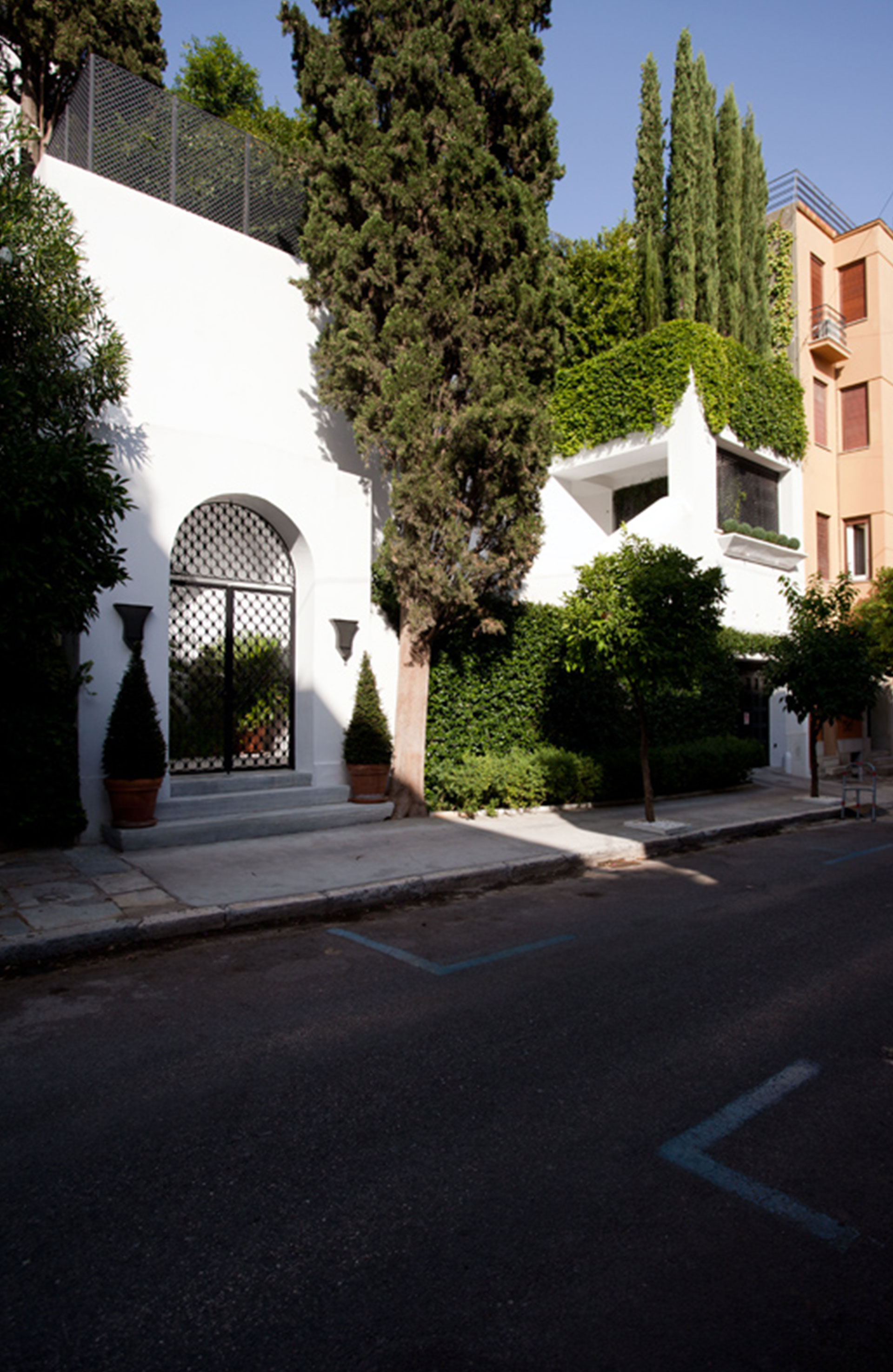
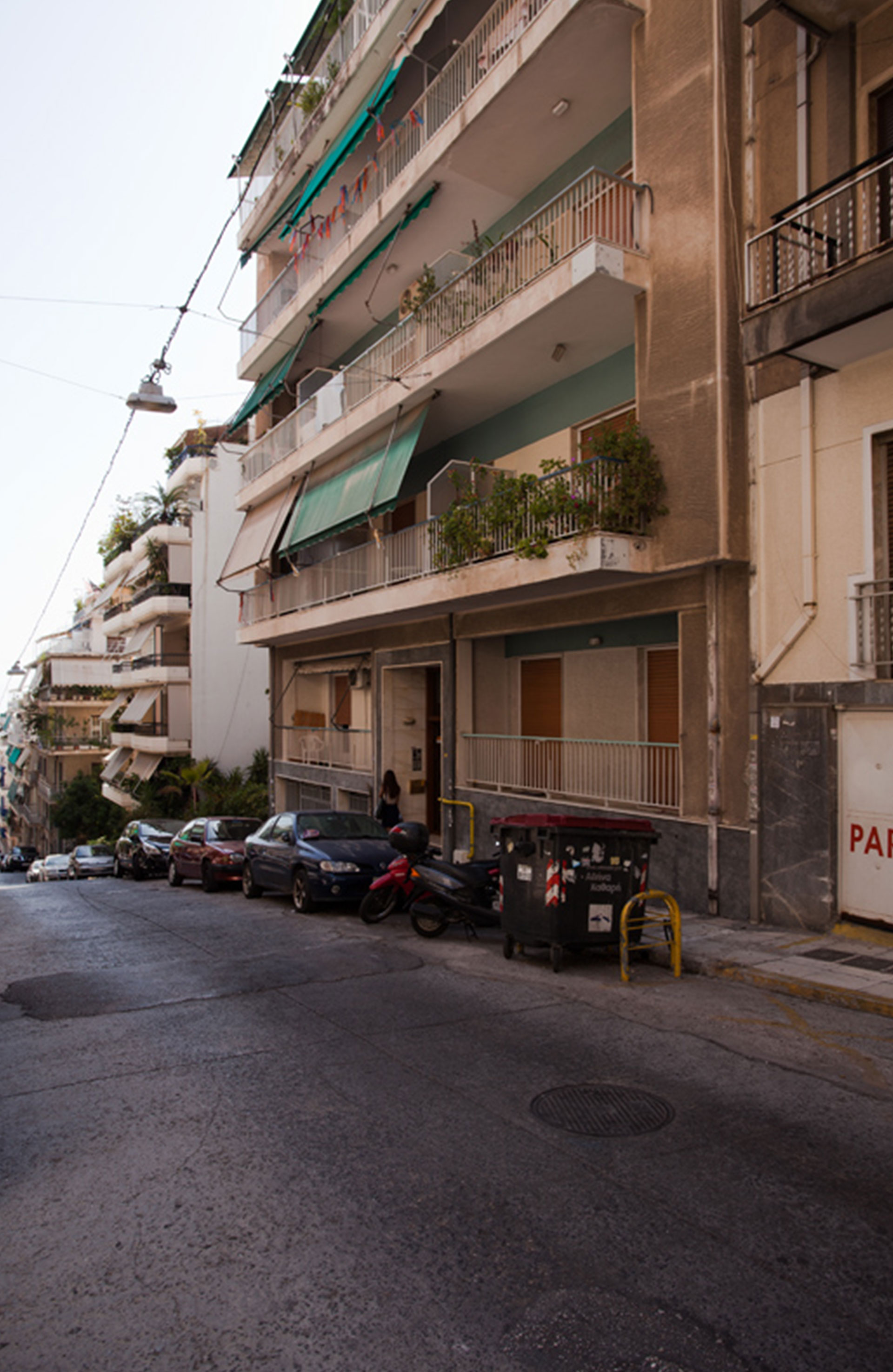
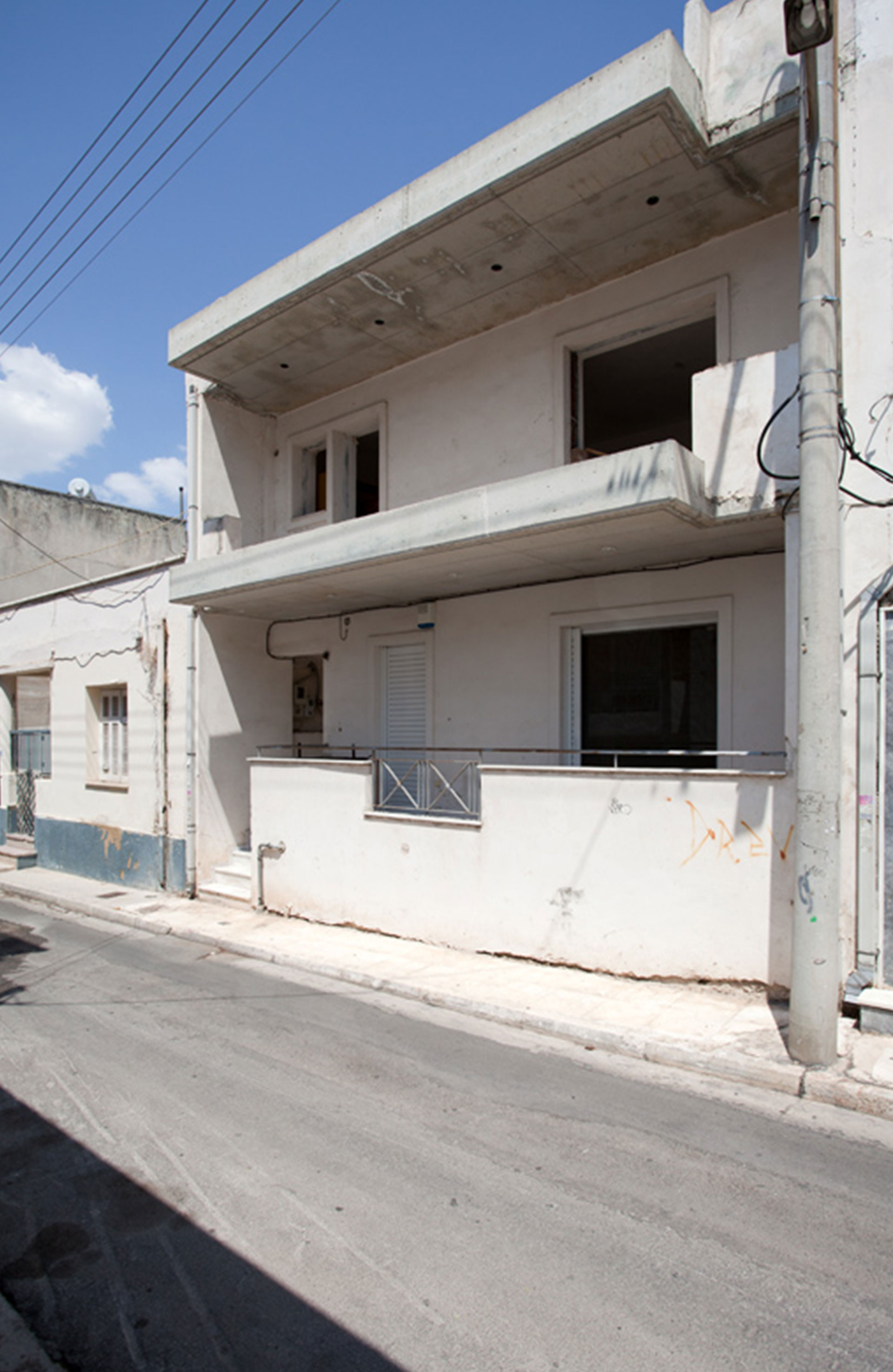










The Making of
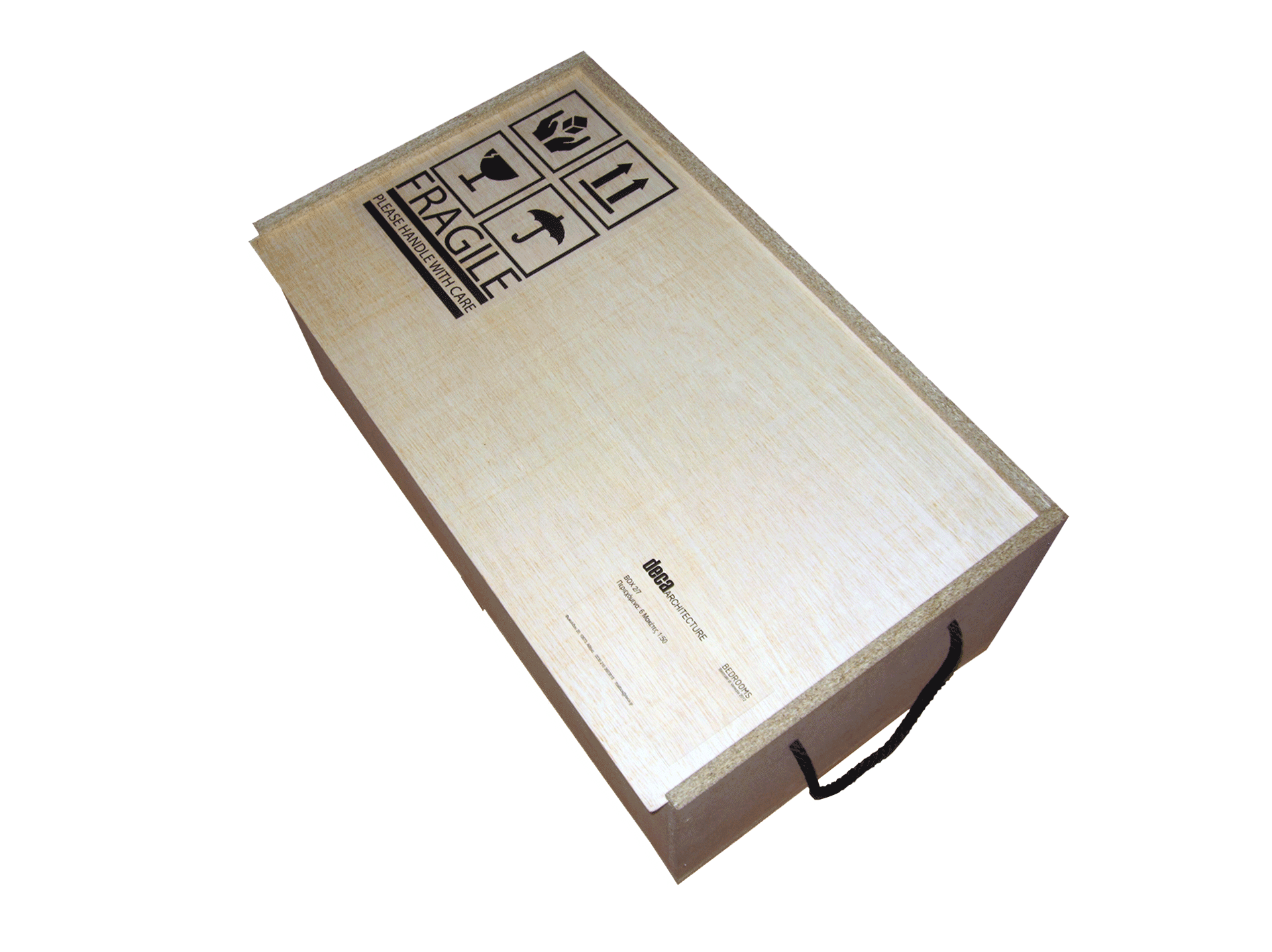
Back at our studio we pined up material on the wall in order to make the final selection of 24 rooms and started building the intricate models of each bedroom. It took nearly a month to make all the models. The model making team was comprised of Maria Pappa and Nikos Nikolis, while Katerina Chrysanthopoulou carefully packaged the models. Our six crates were delivered to Michalis Gavrilos who transferred all the material to Venice and set up all the installations in Greek Pavilion.

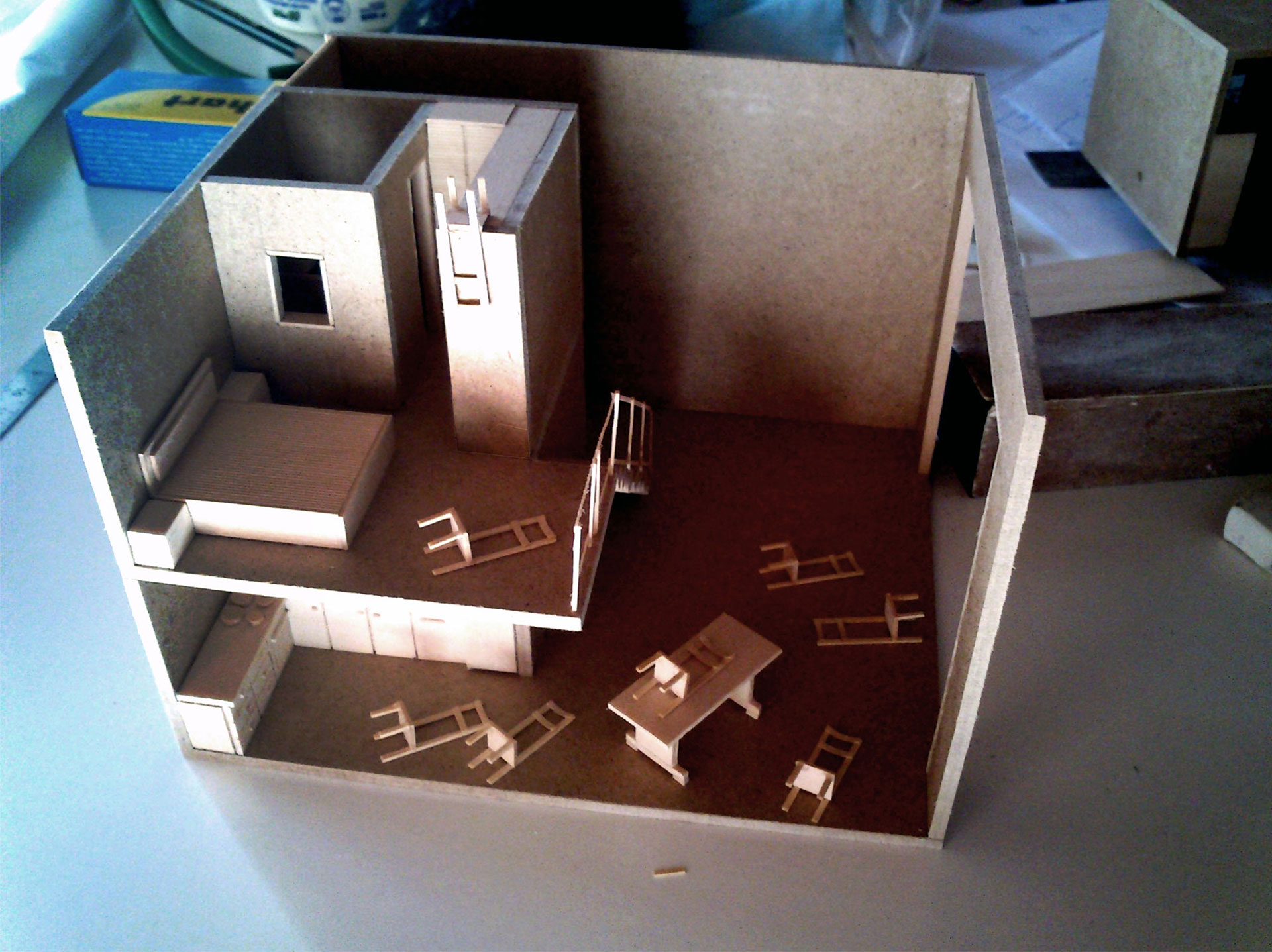
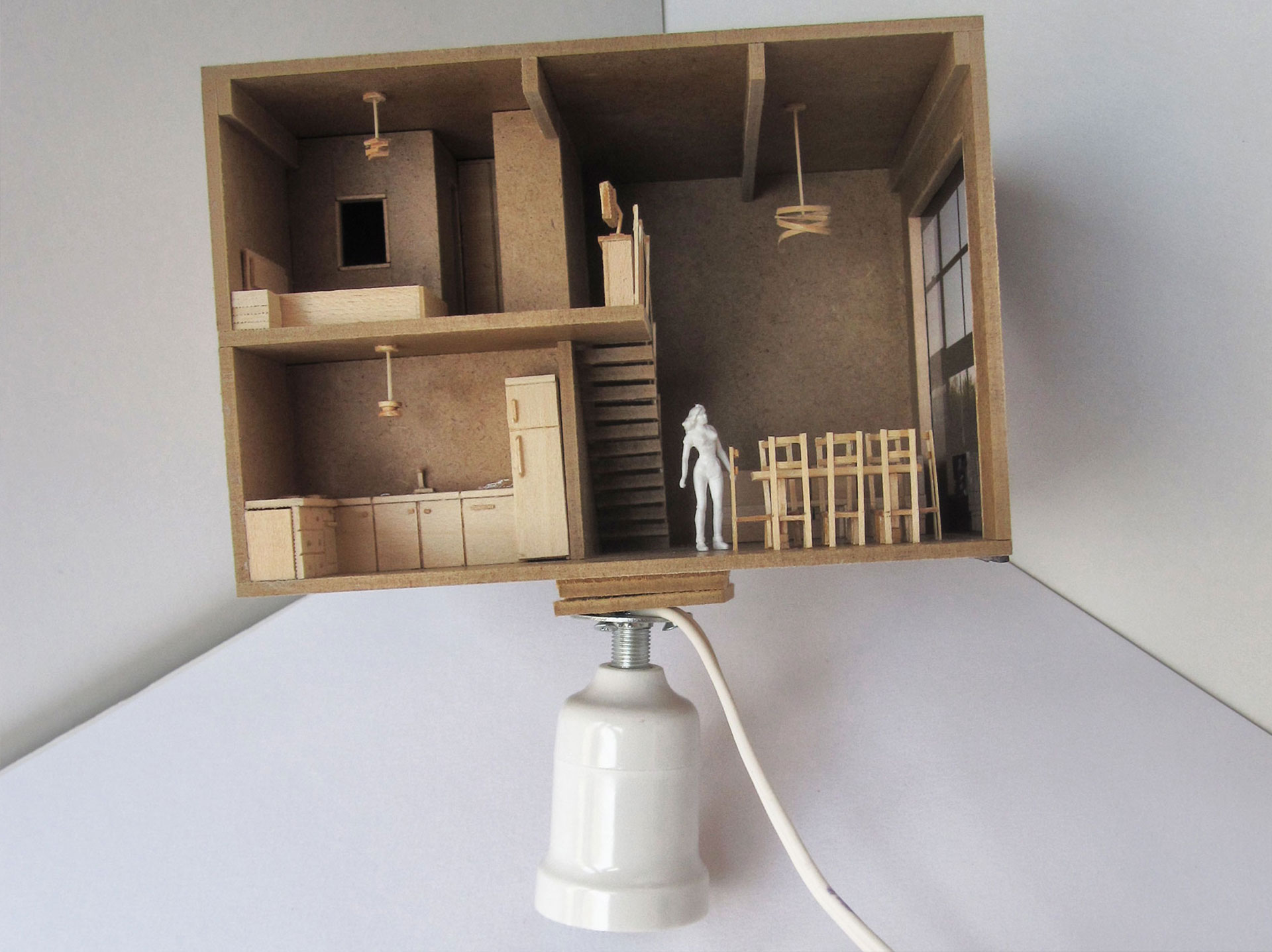


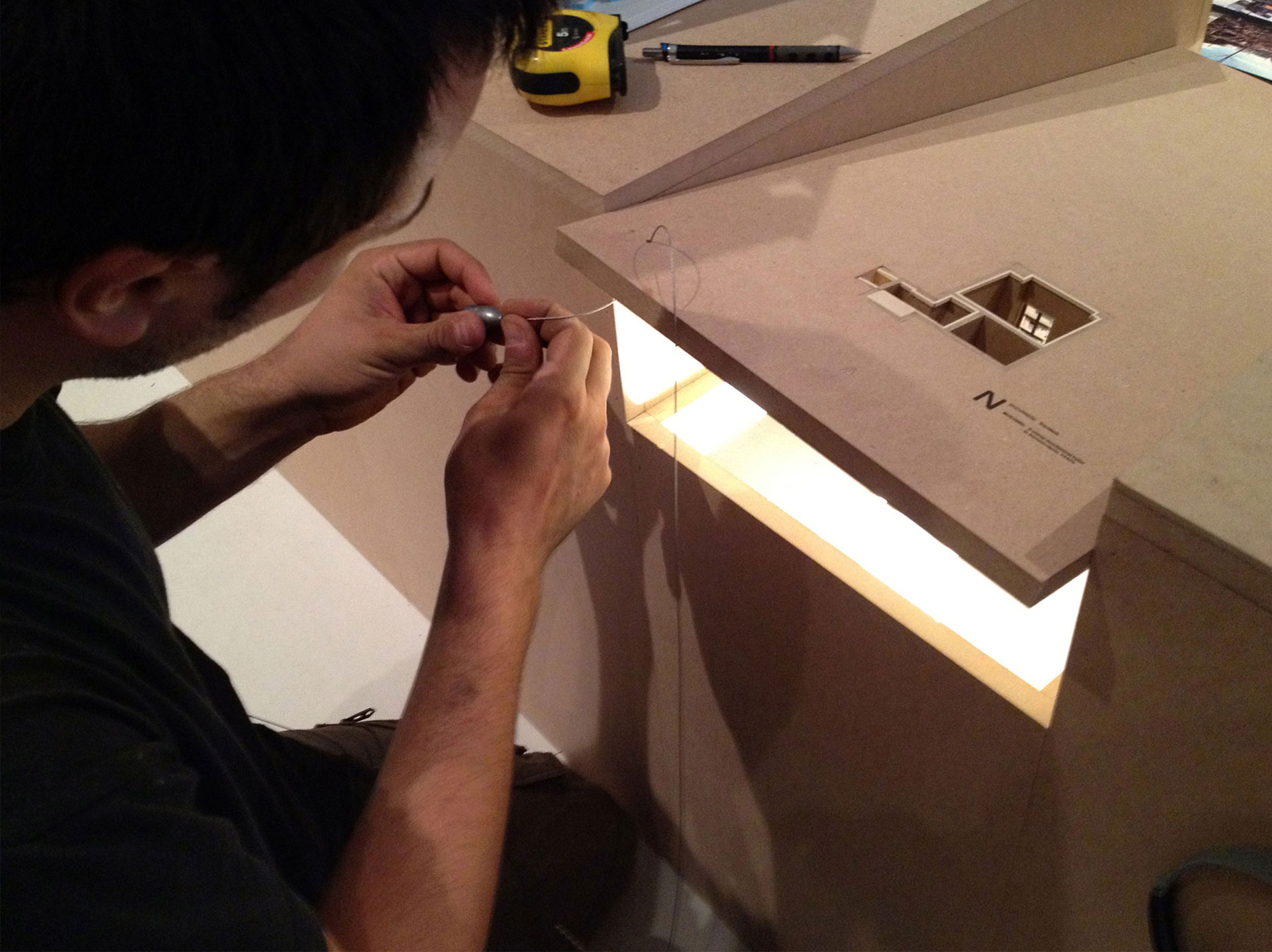

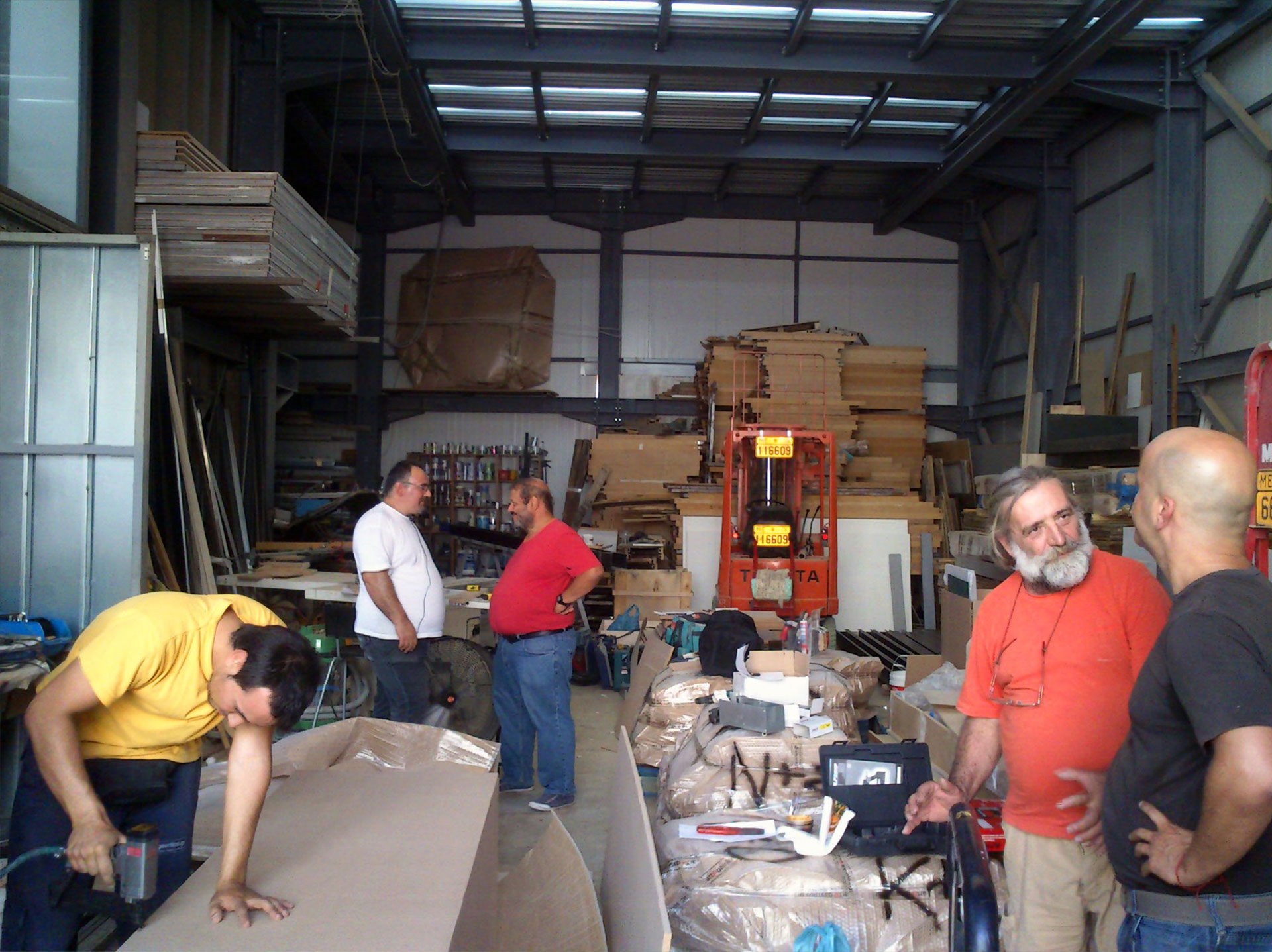

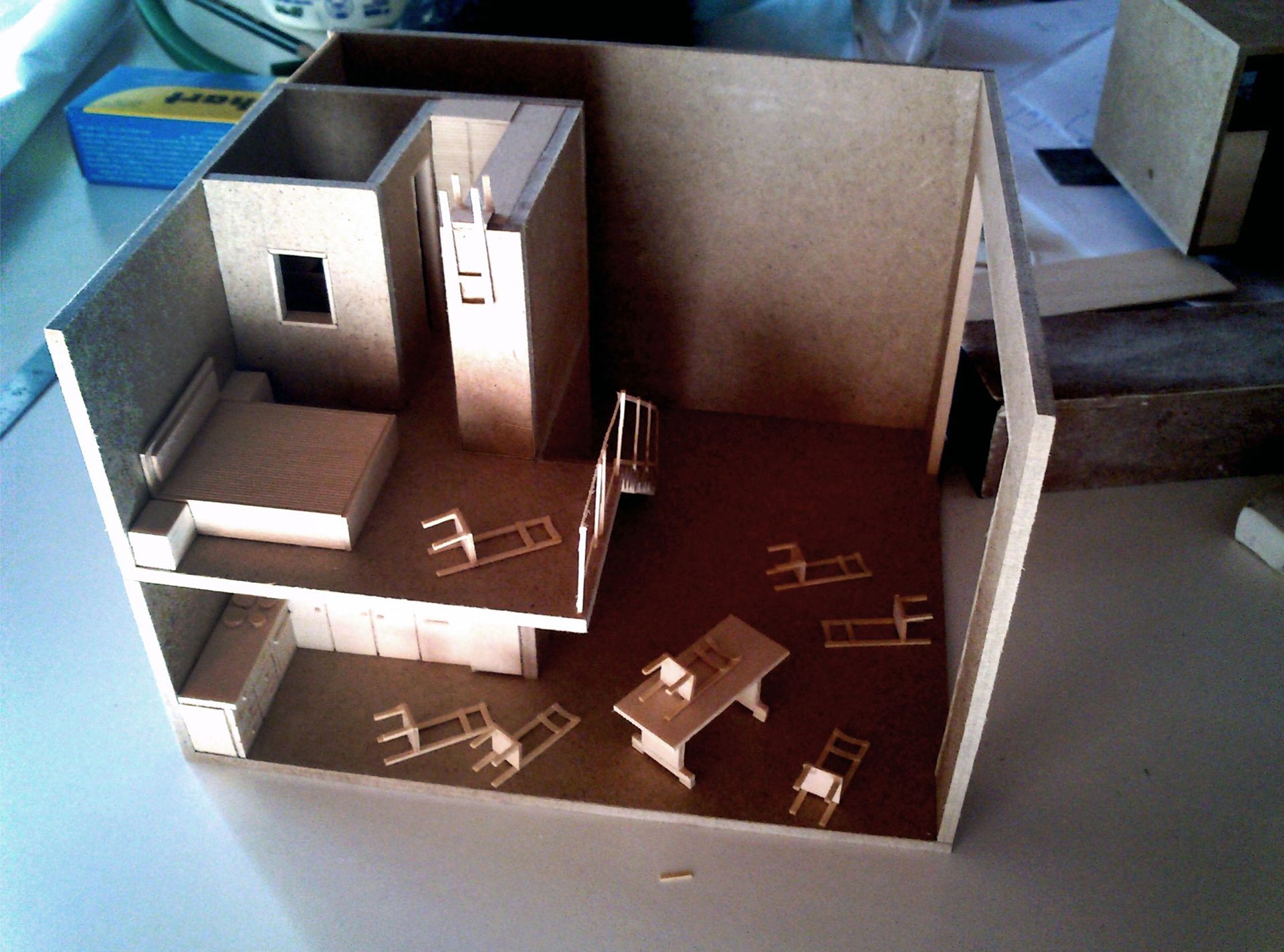


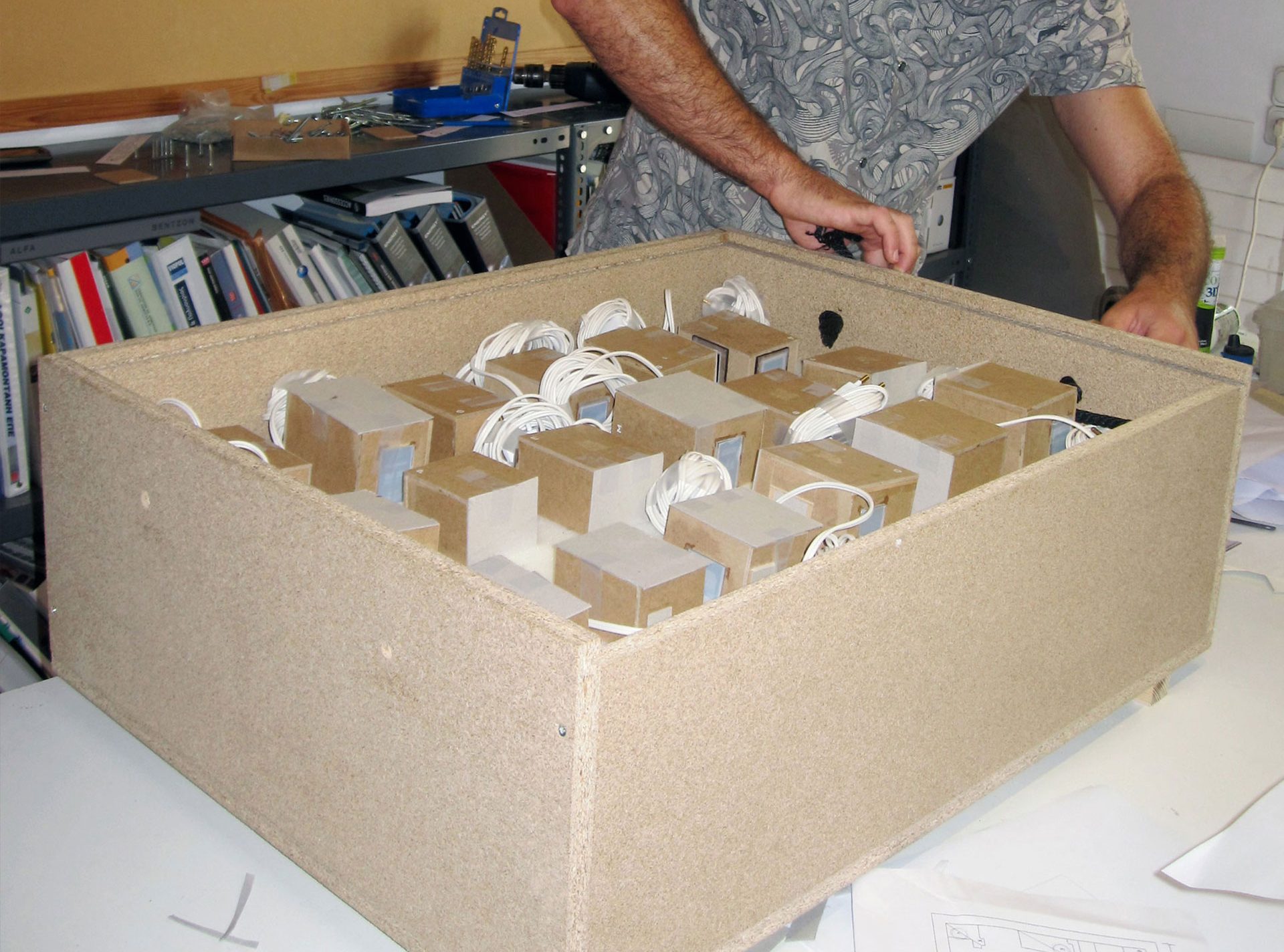
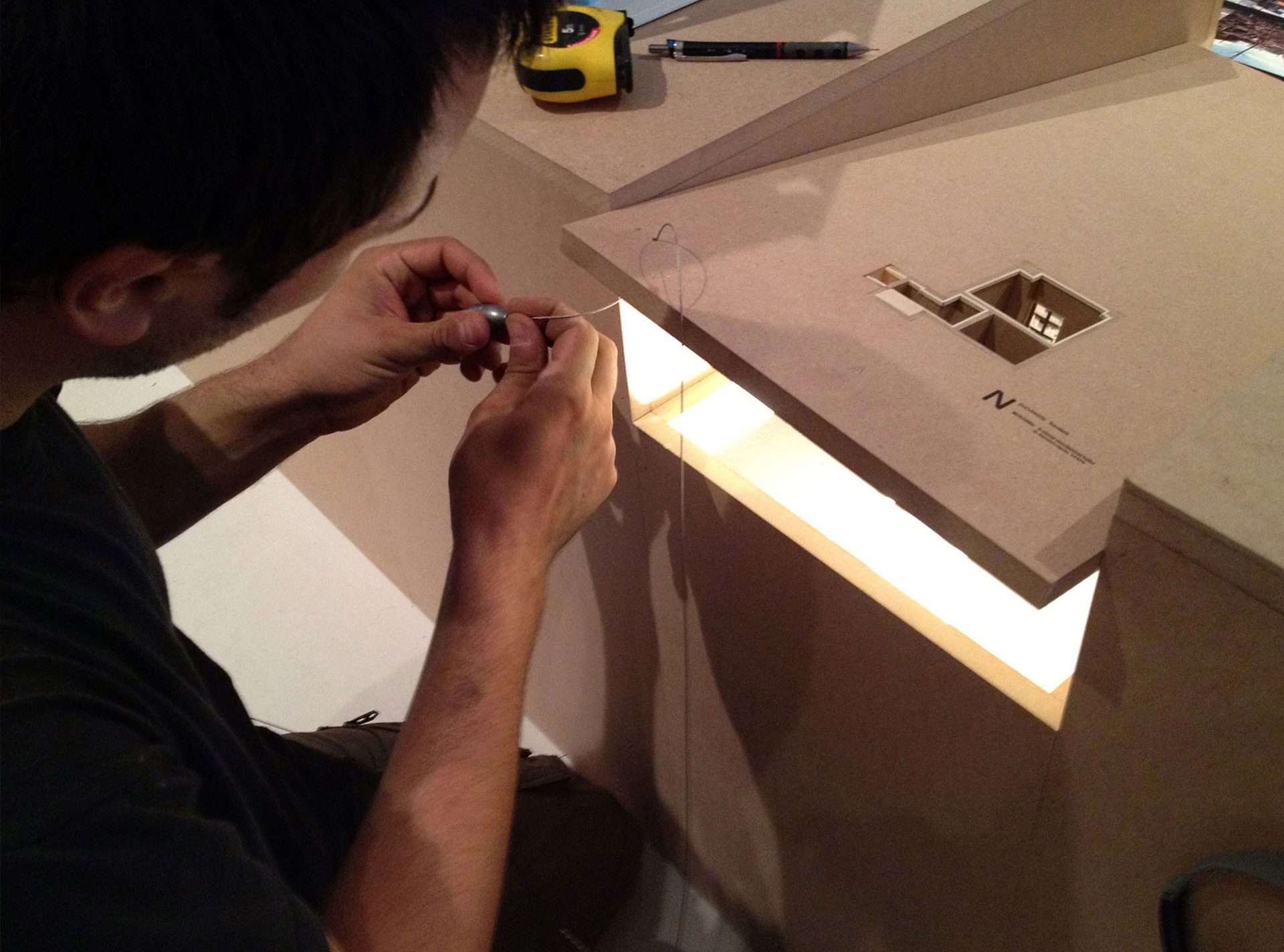
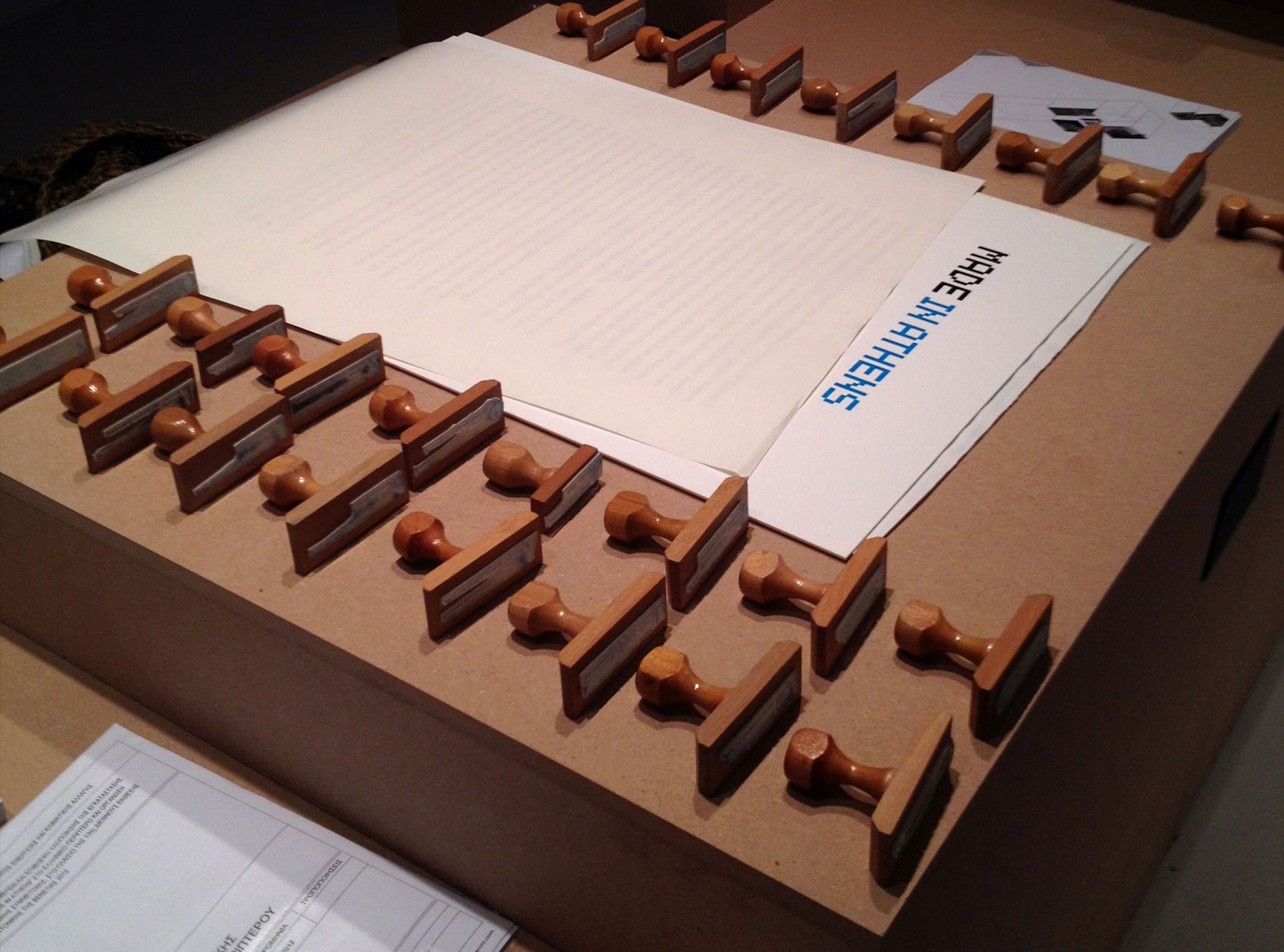

The Photographs of Yiannis Hadjiaslanis

The slide viewers contain one photograph of each room, taken by Yiannis Hadjiaslanis with a 20mm lens. Their vantage point is not frontal, in an effort to include the most information possible within the frames. Each photograph is void of occupants, but traces of their inhabitation are prevalent.
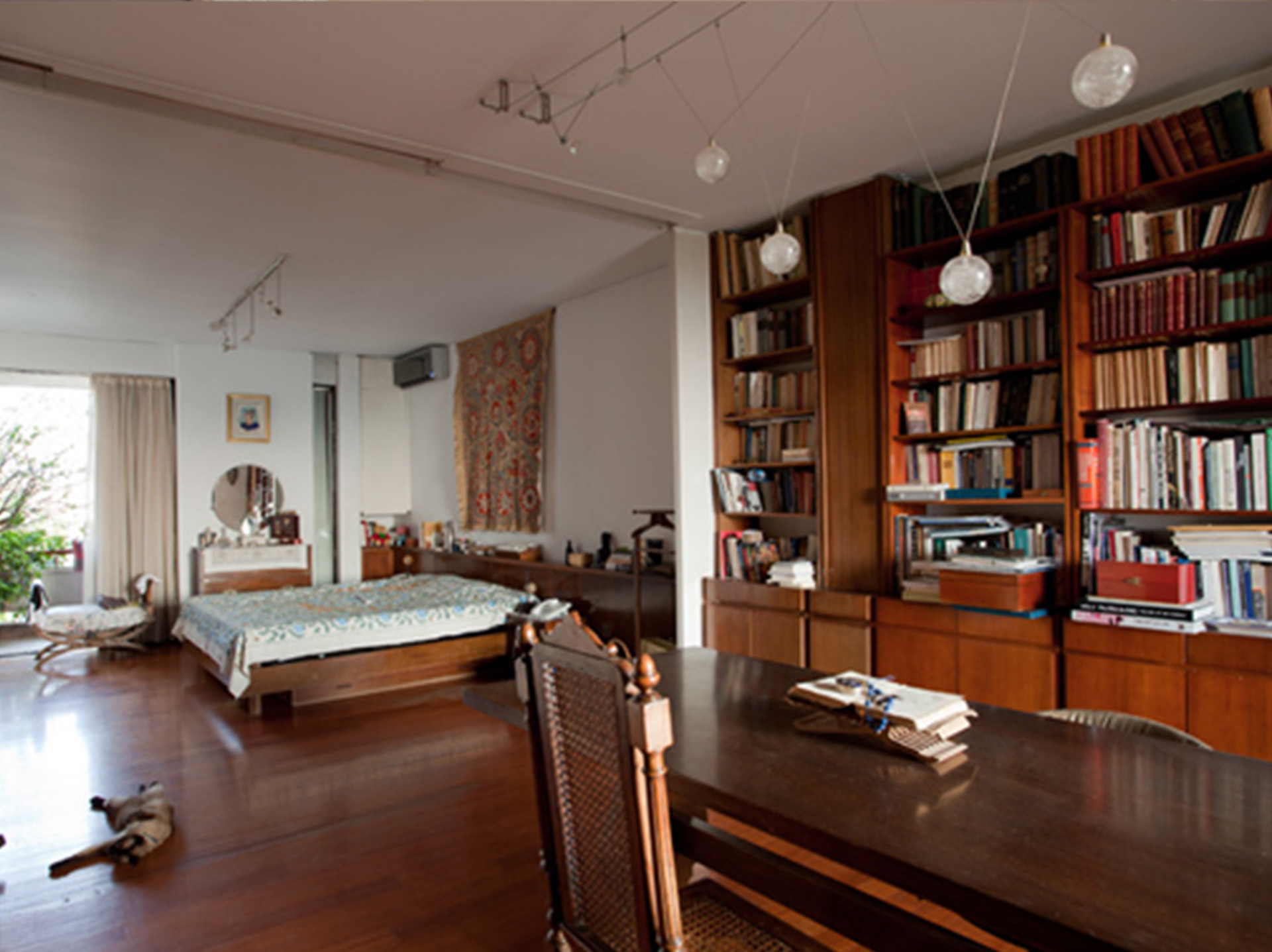

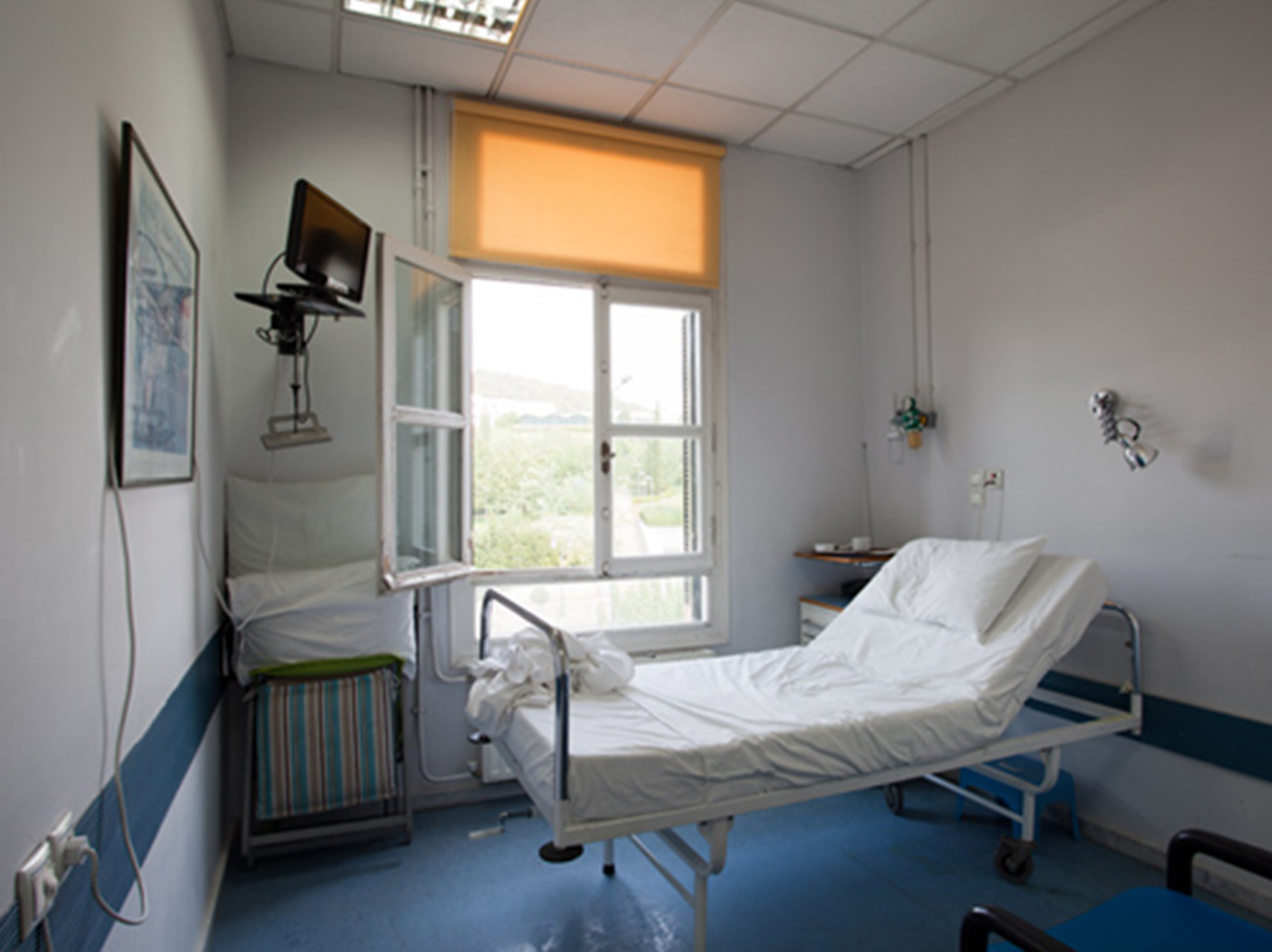
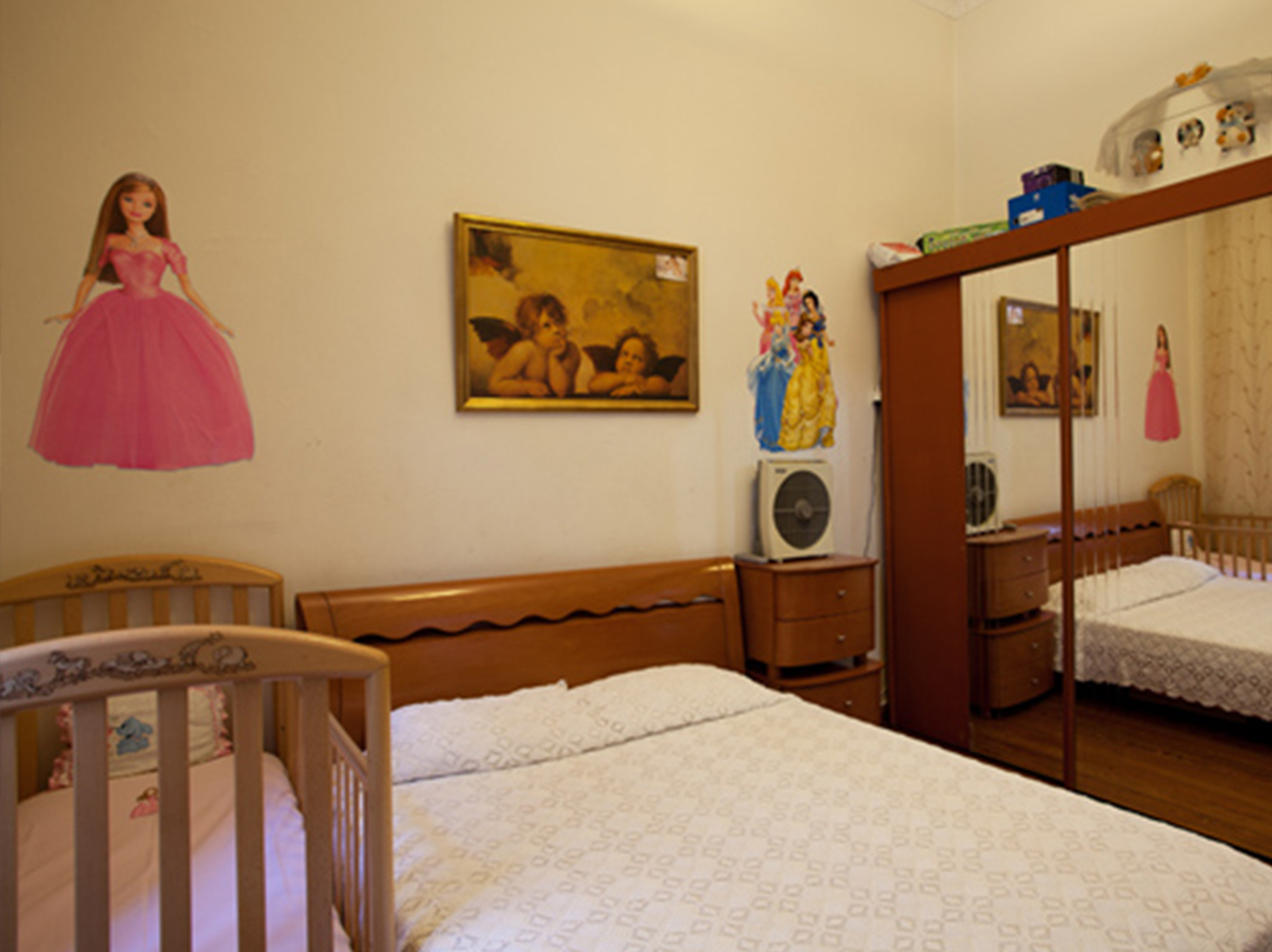
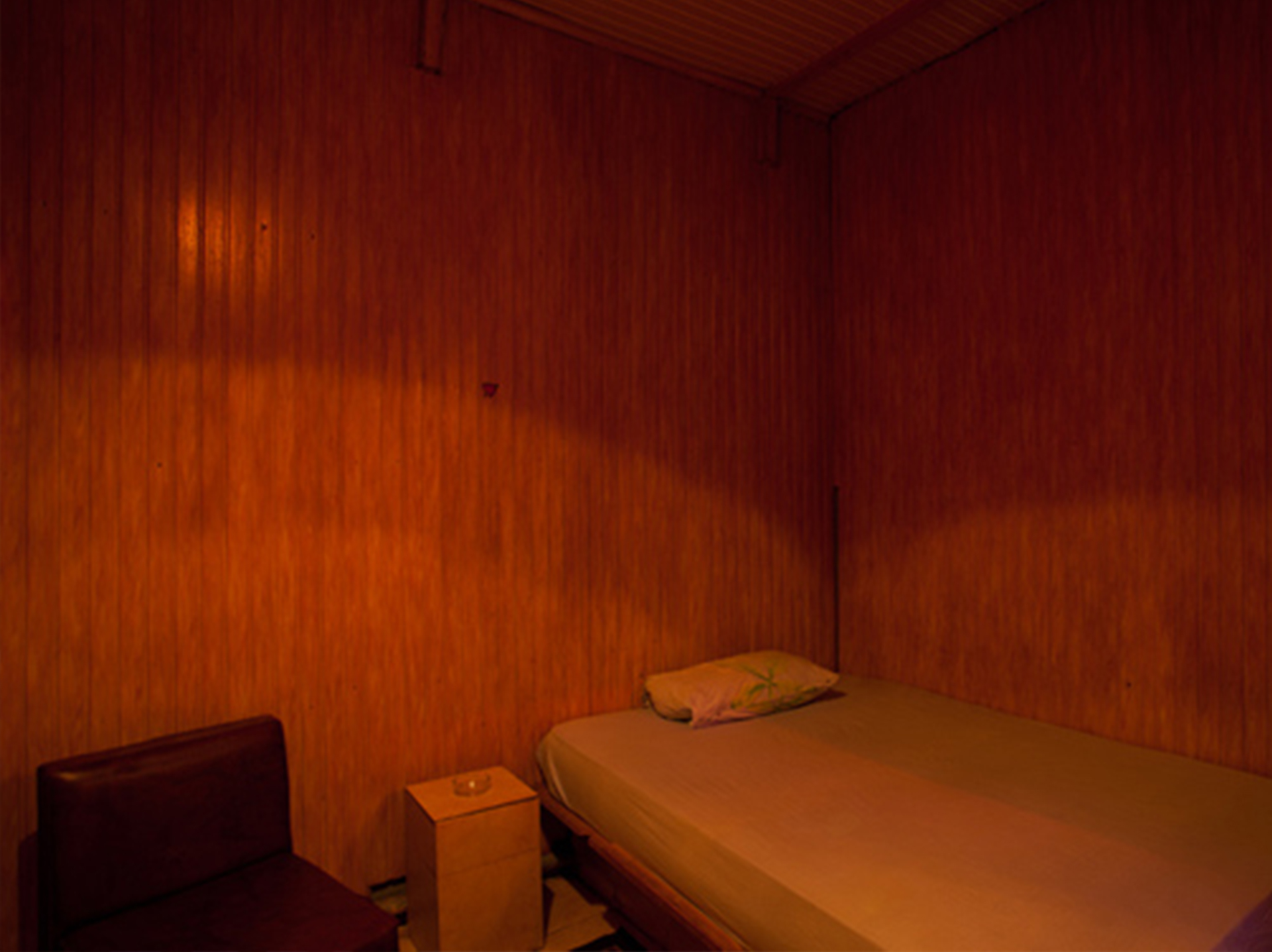

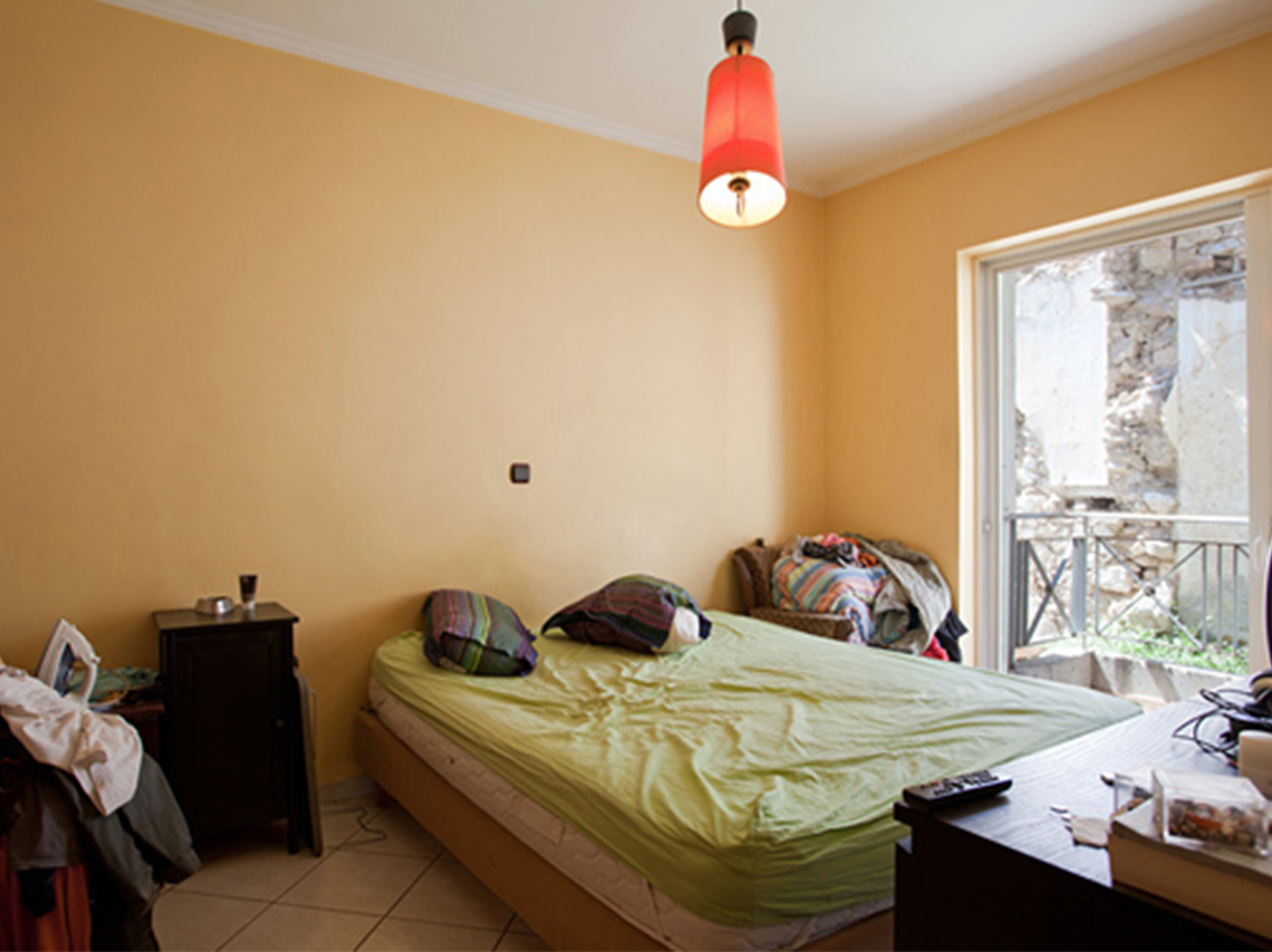


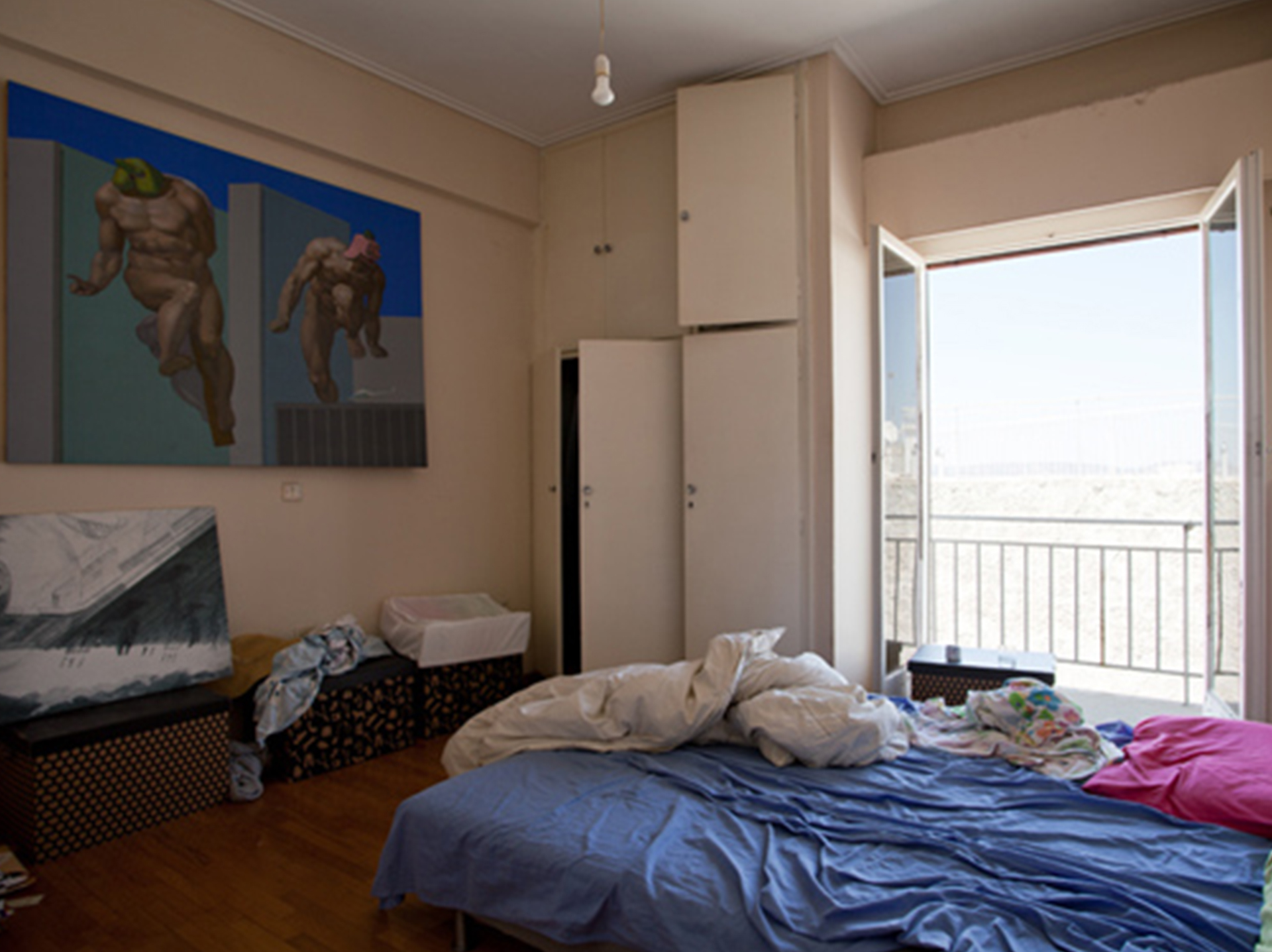
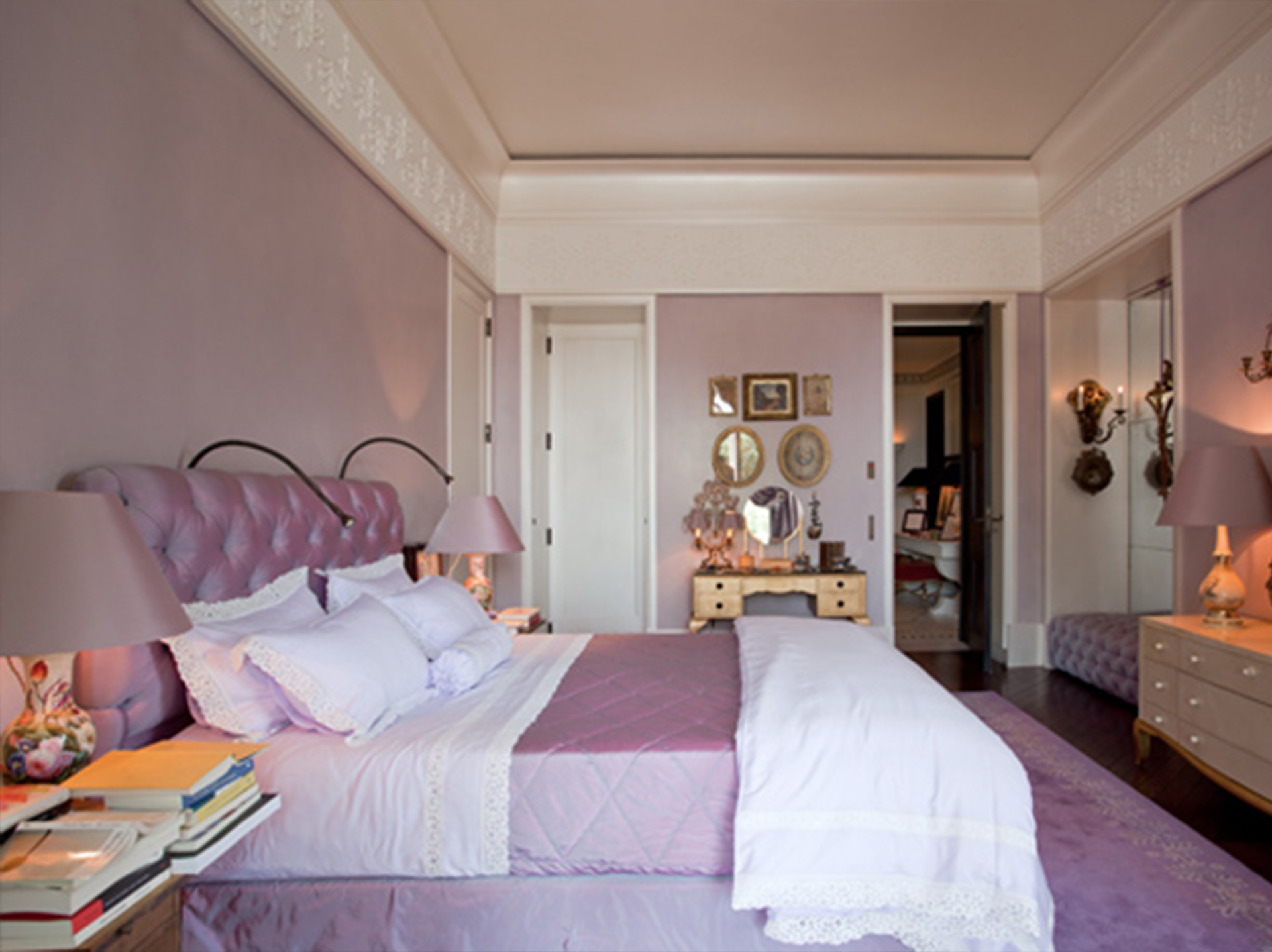
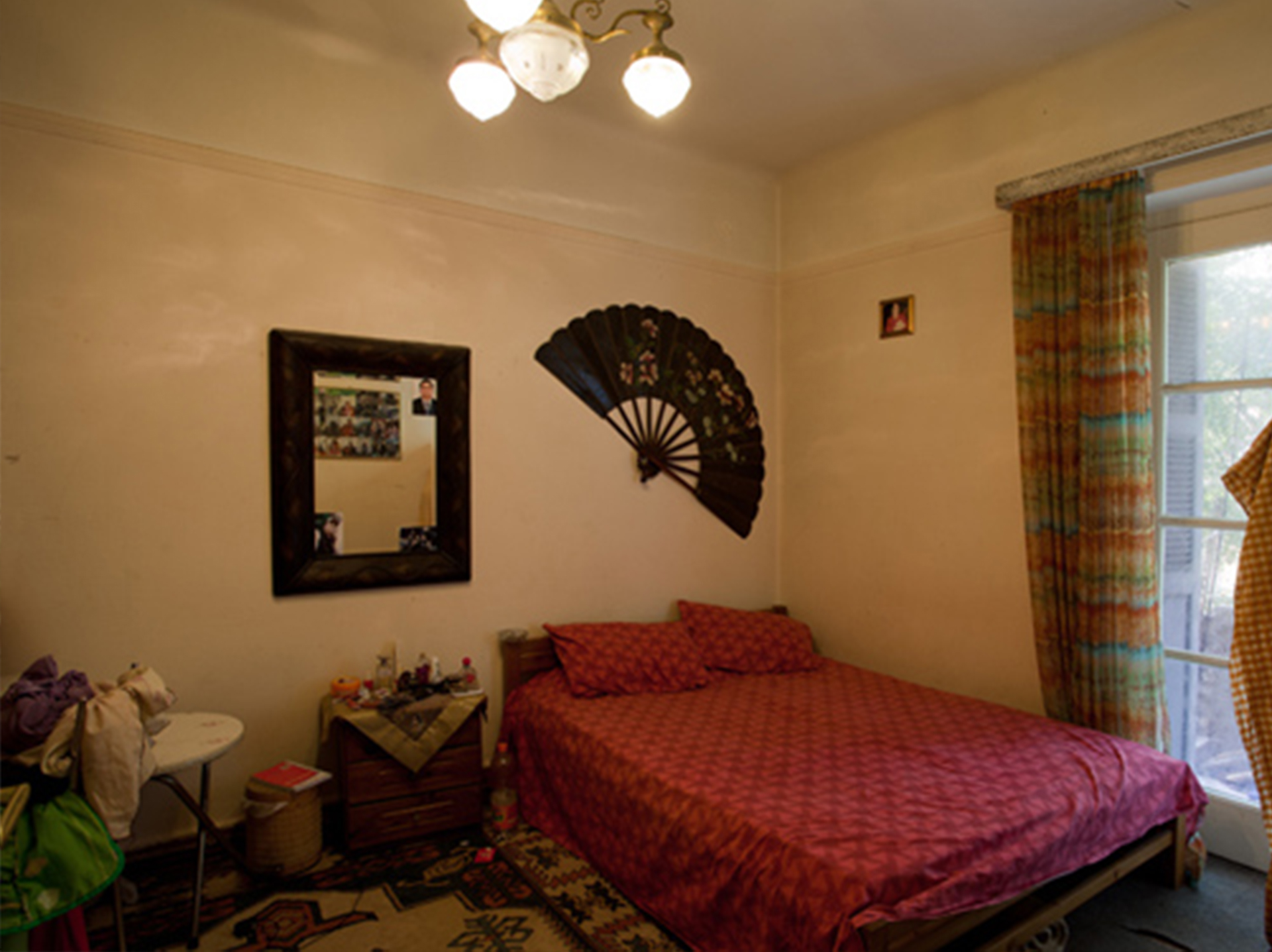

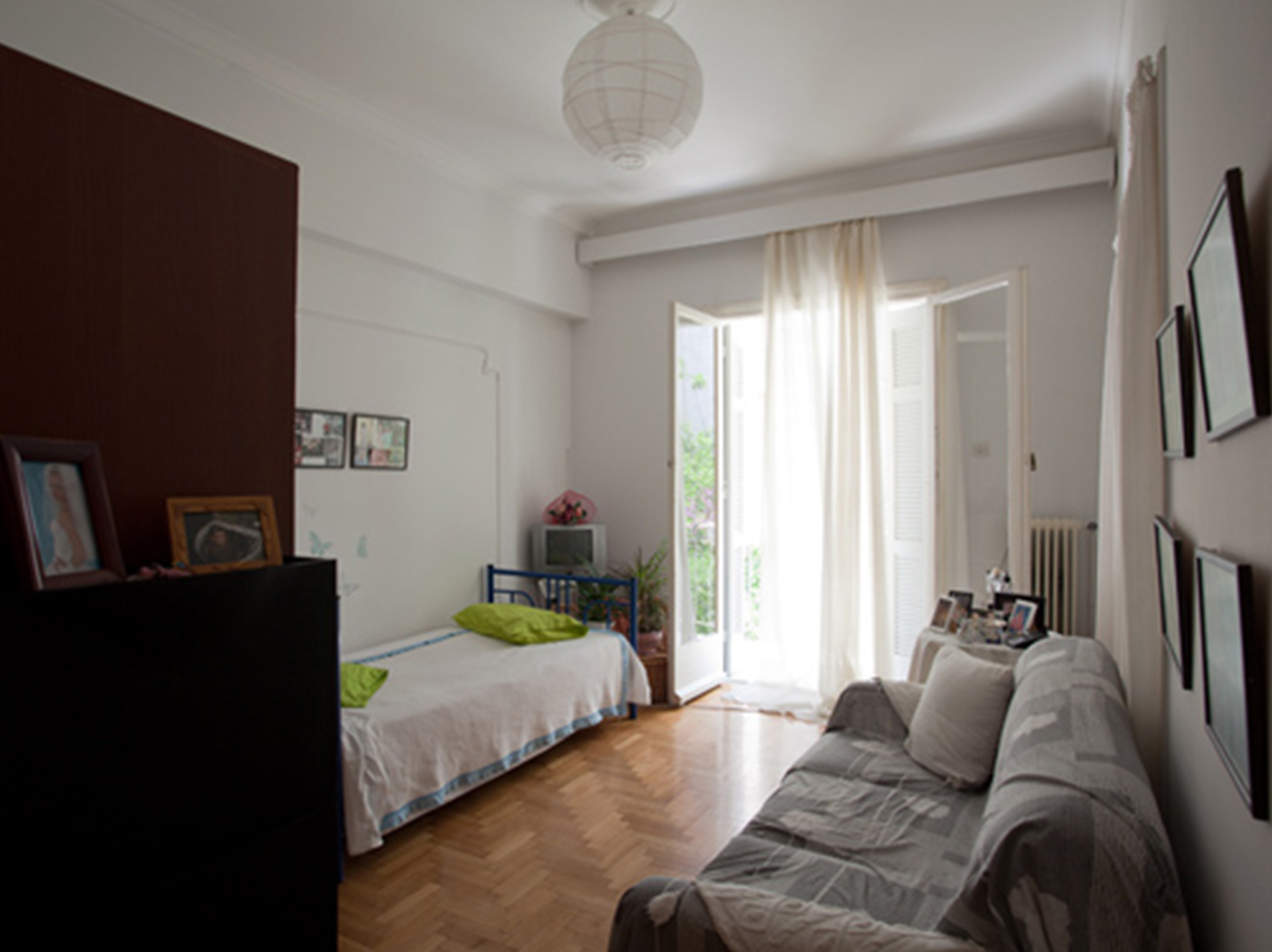
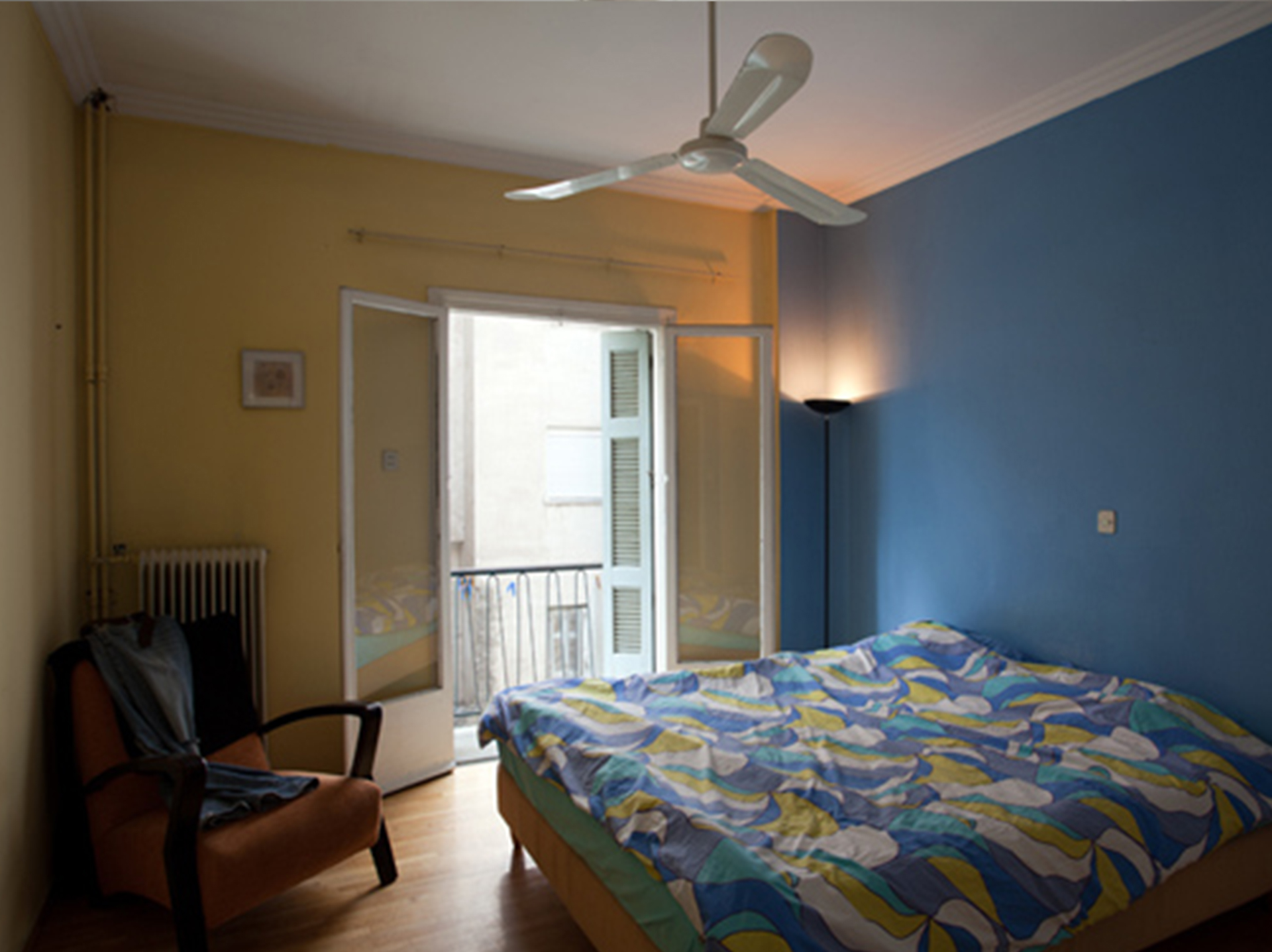
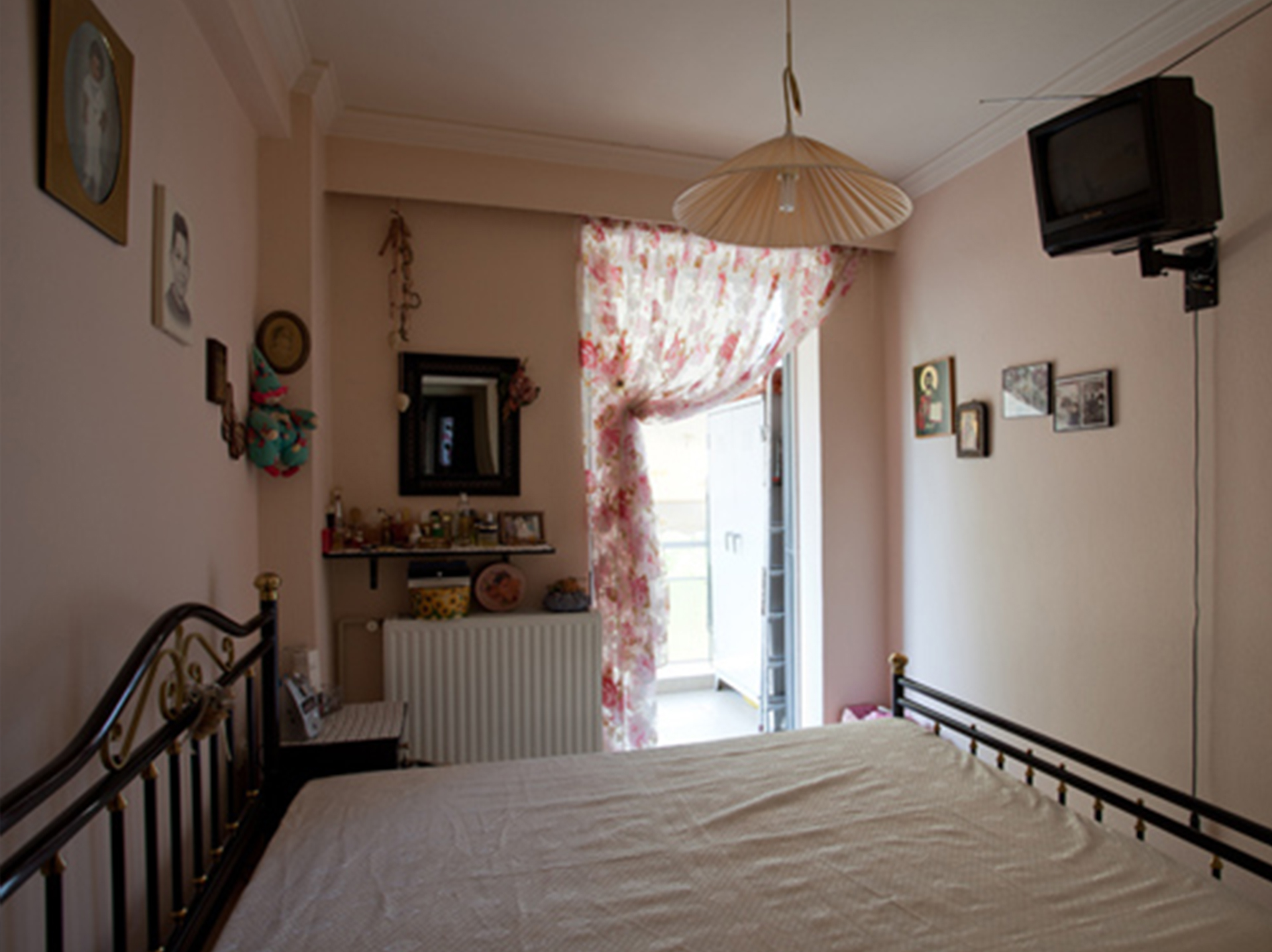

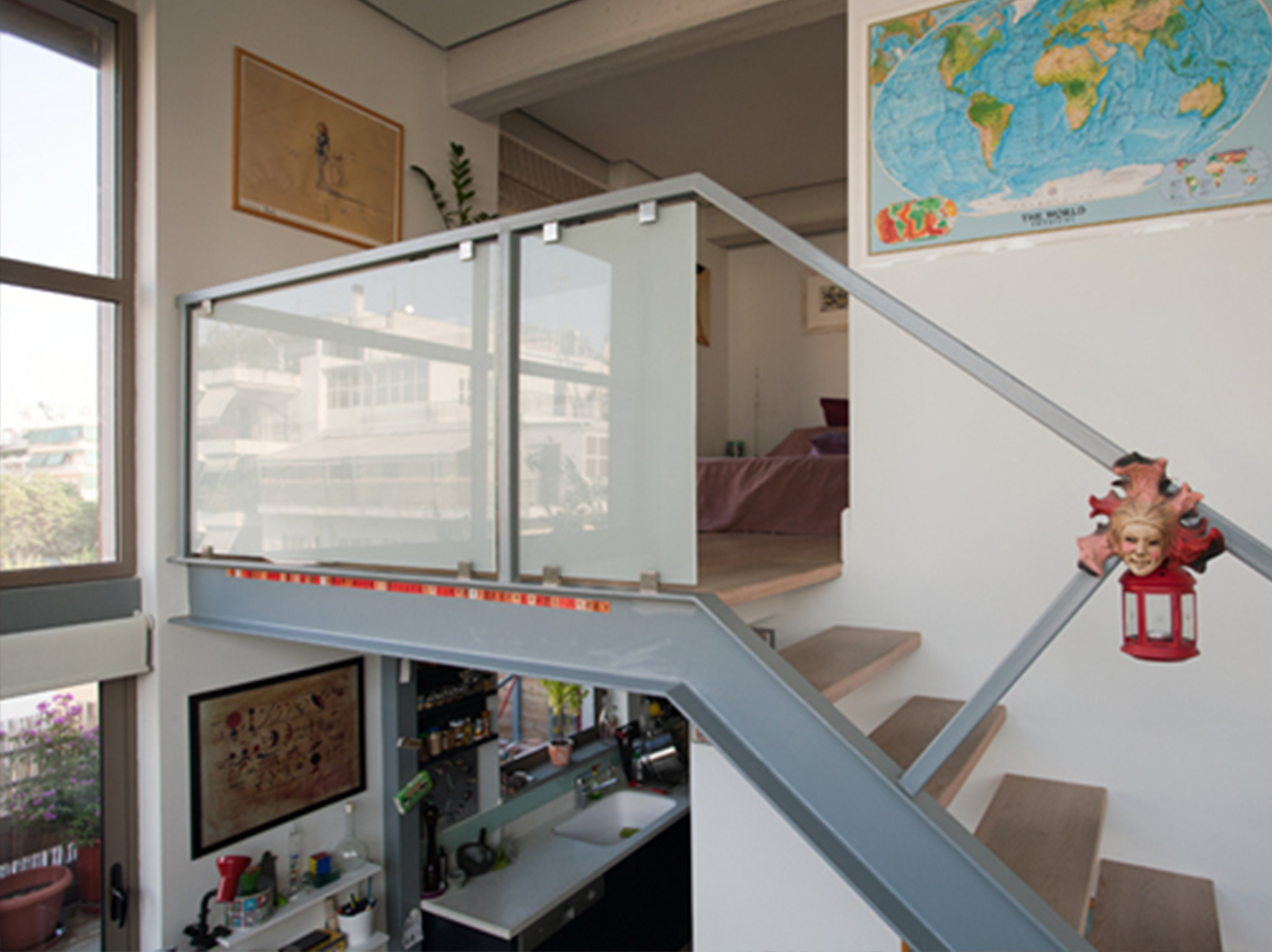
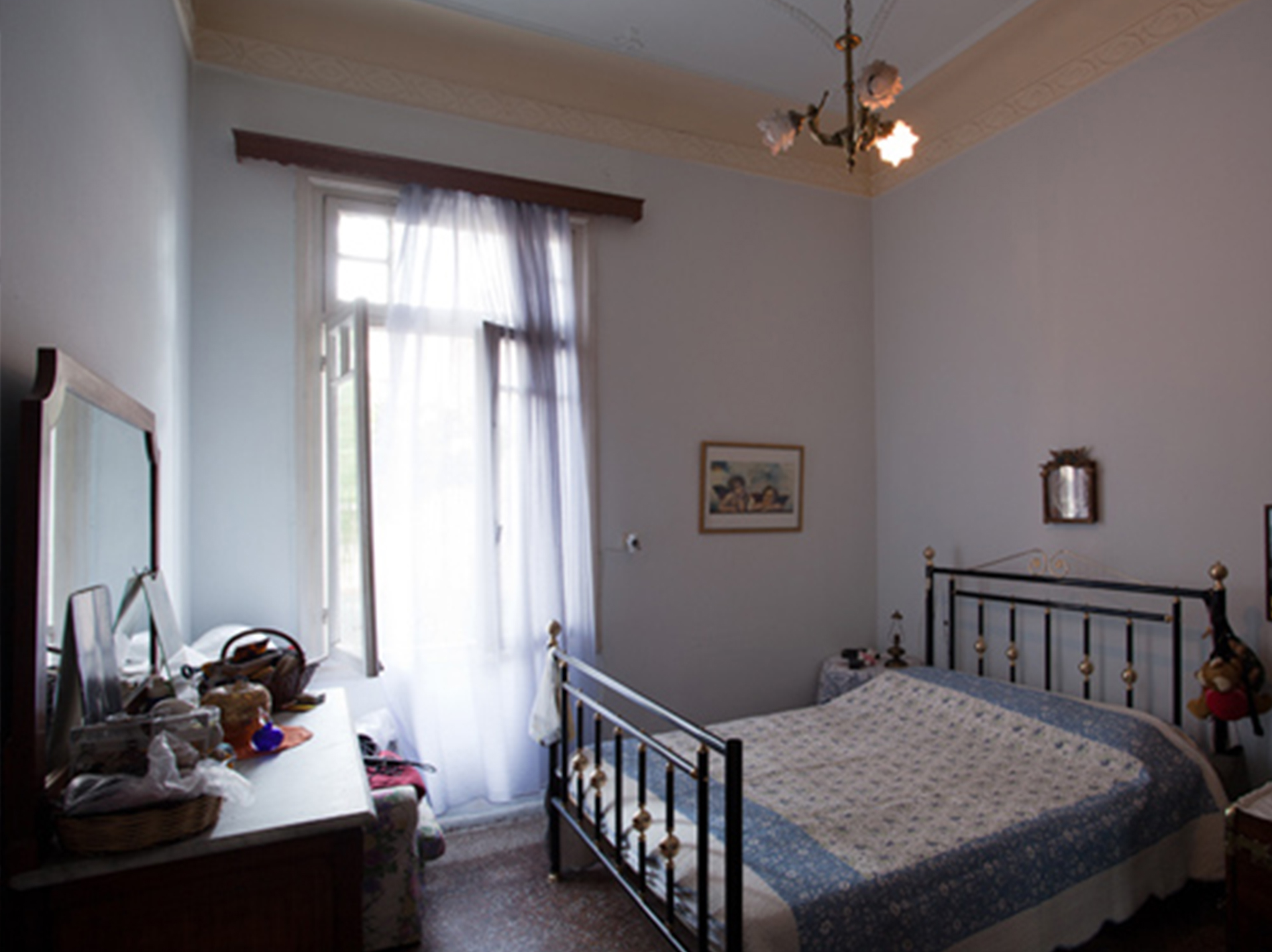
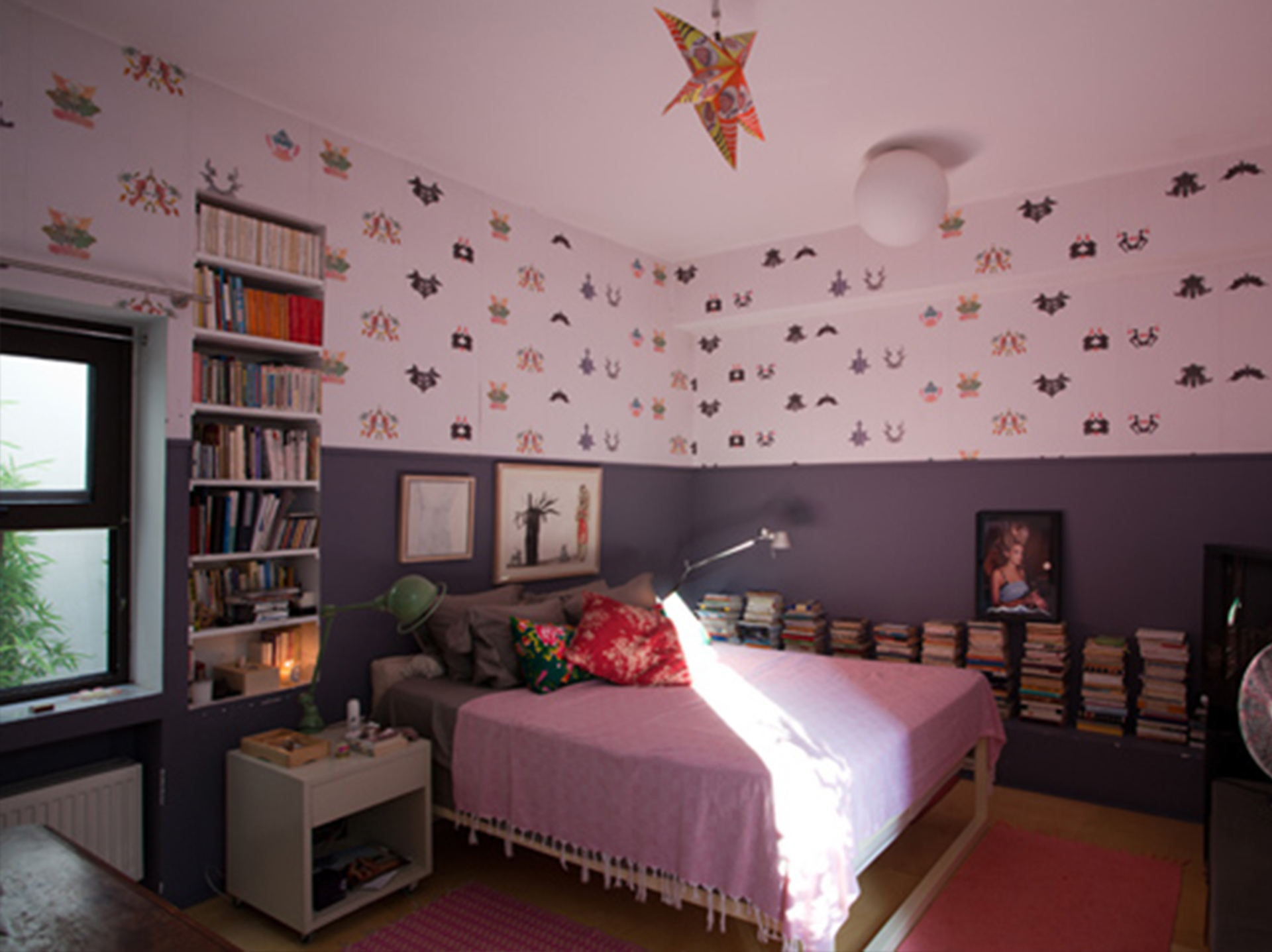
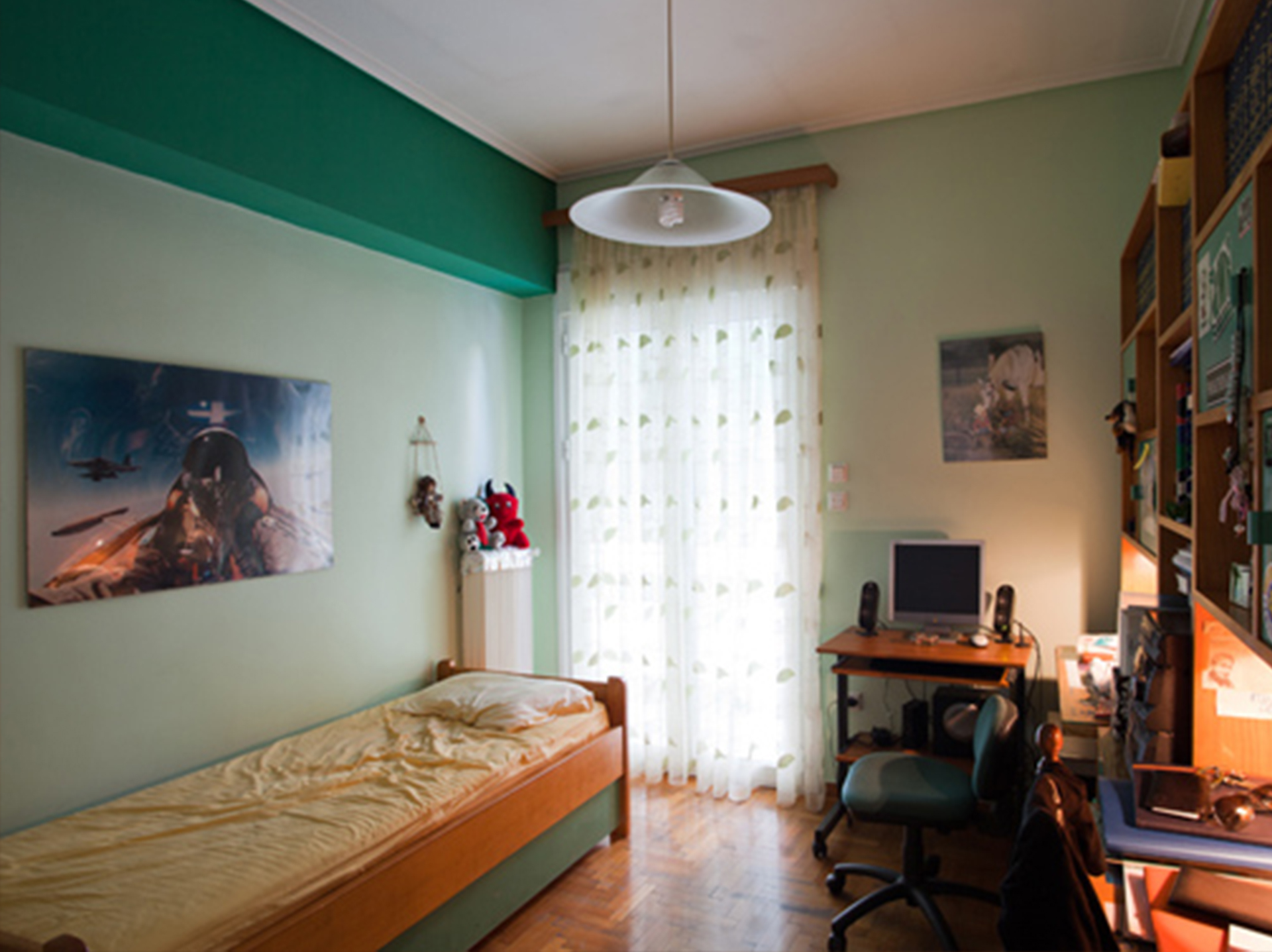
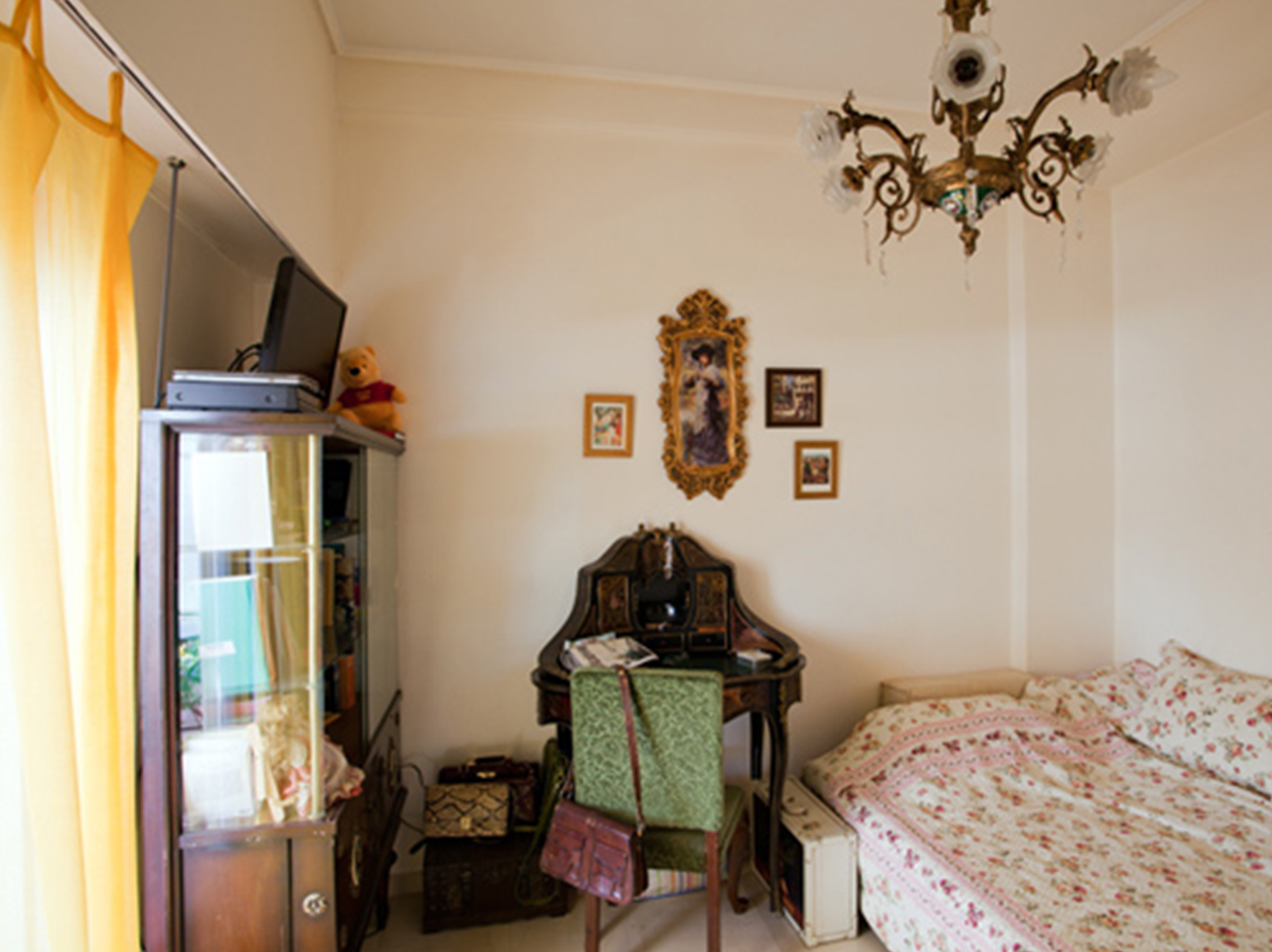
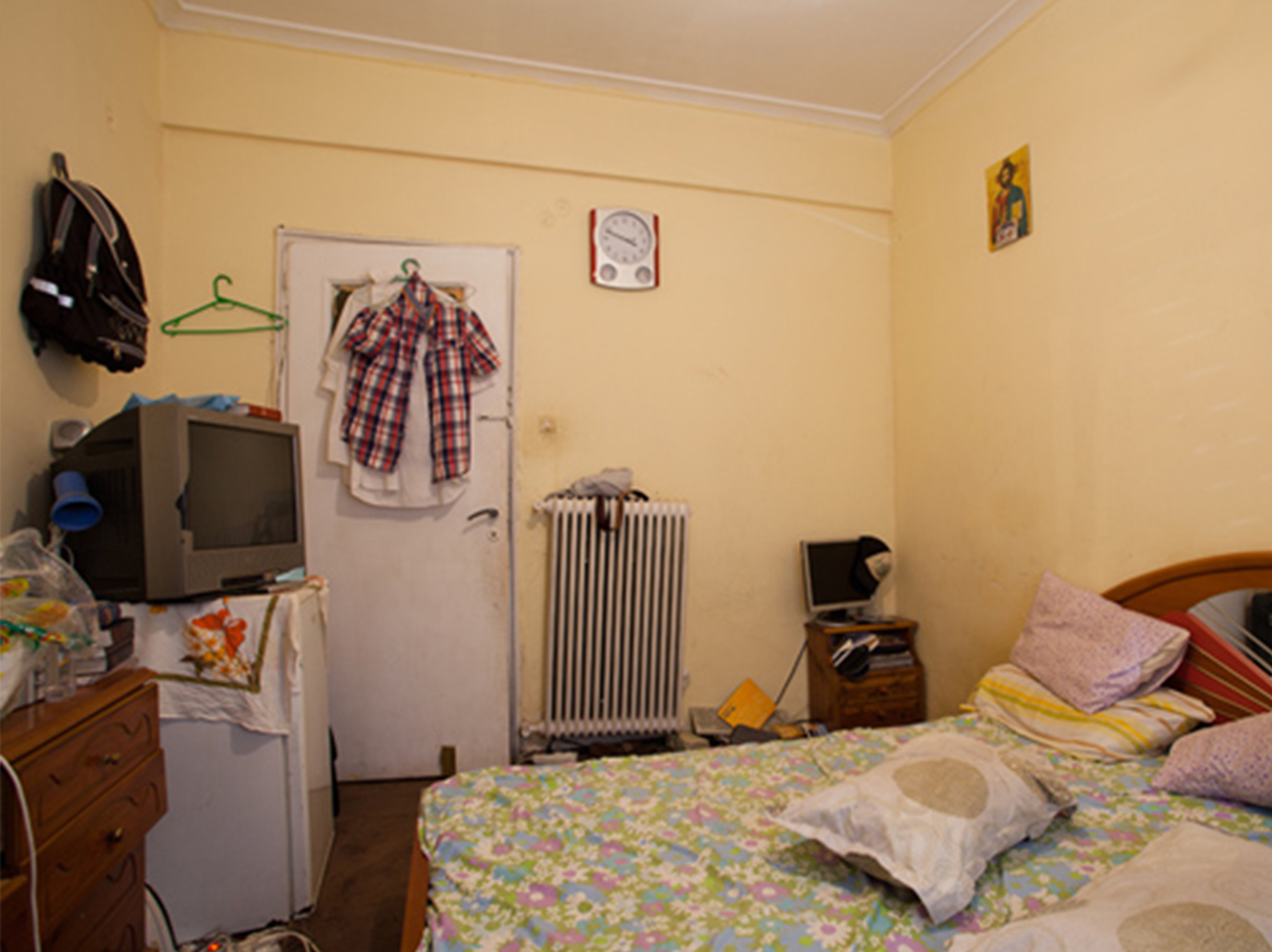
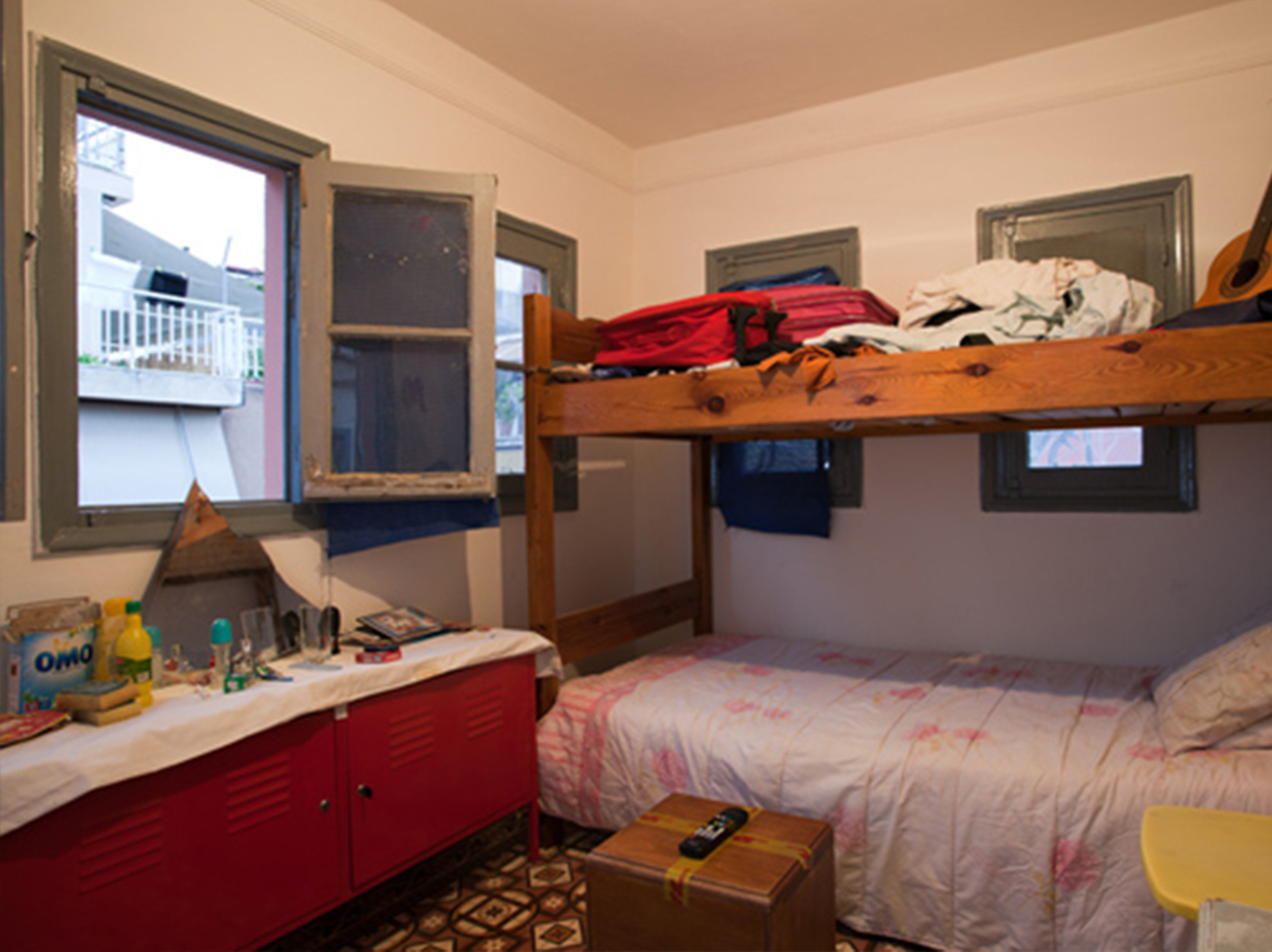
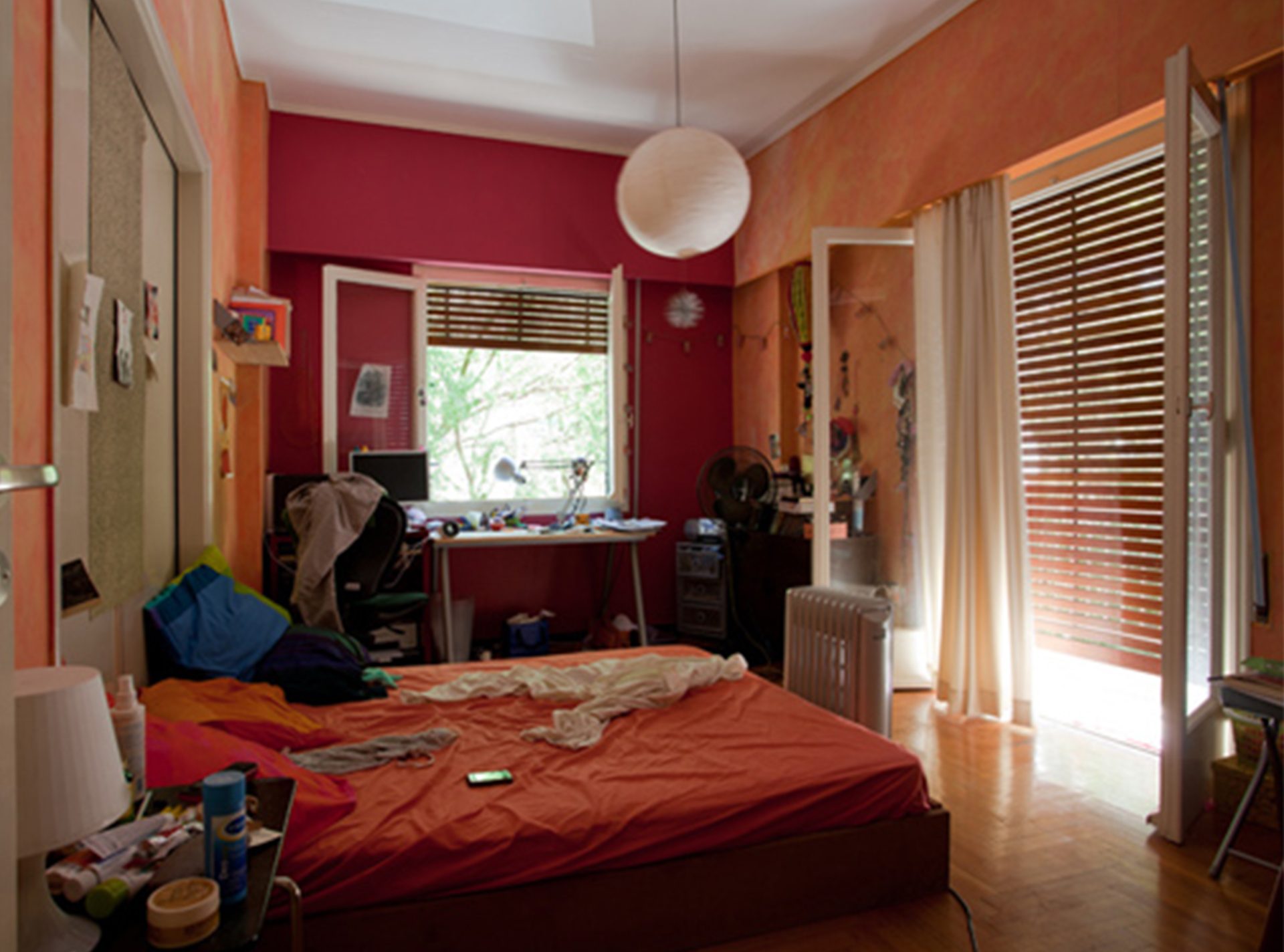




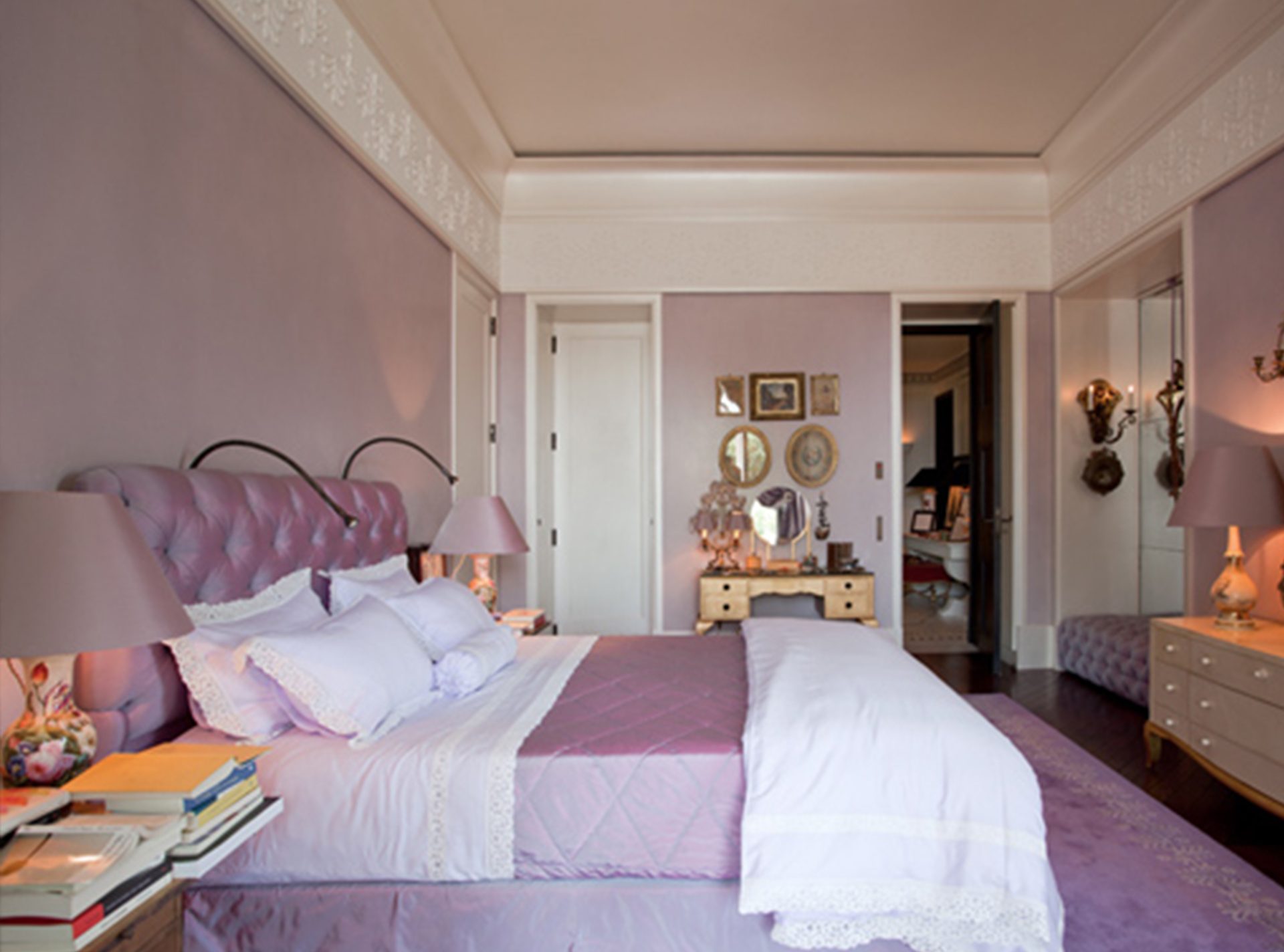
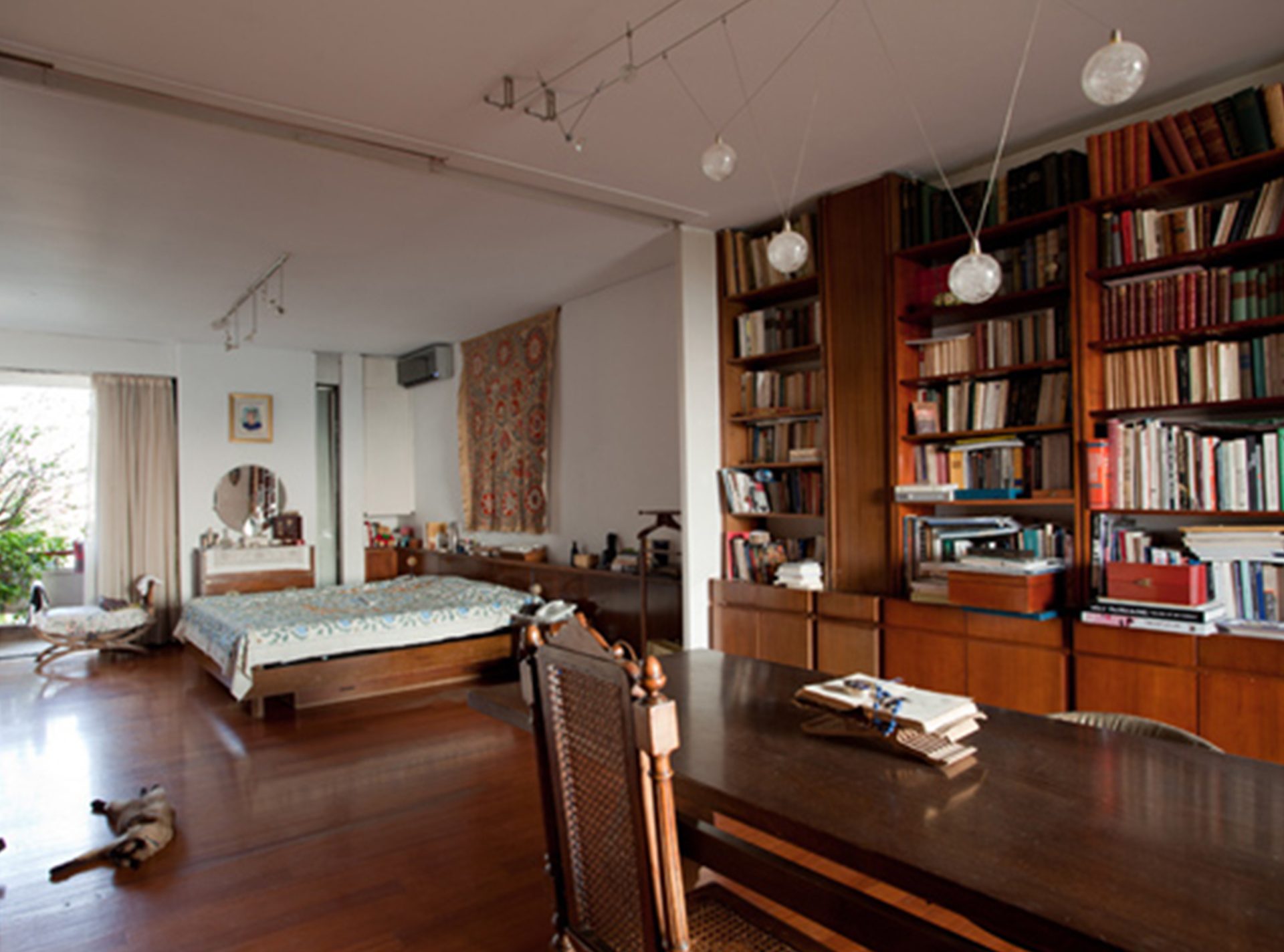
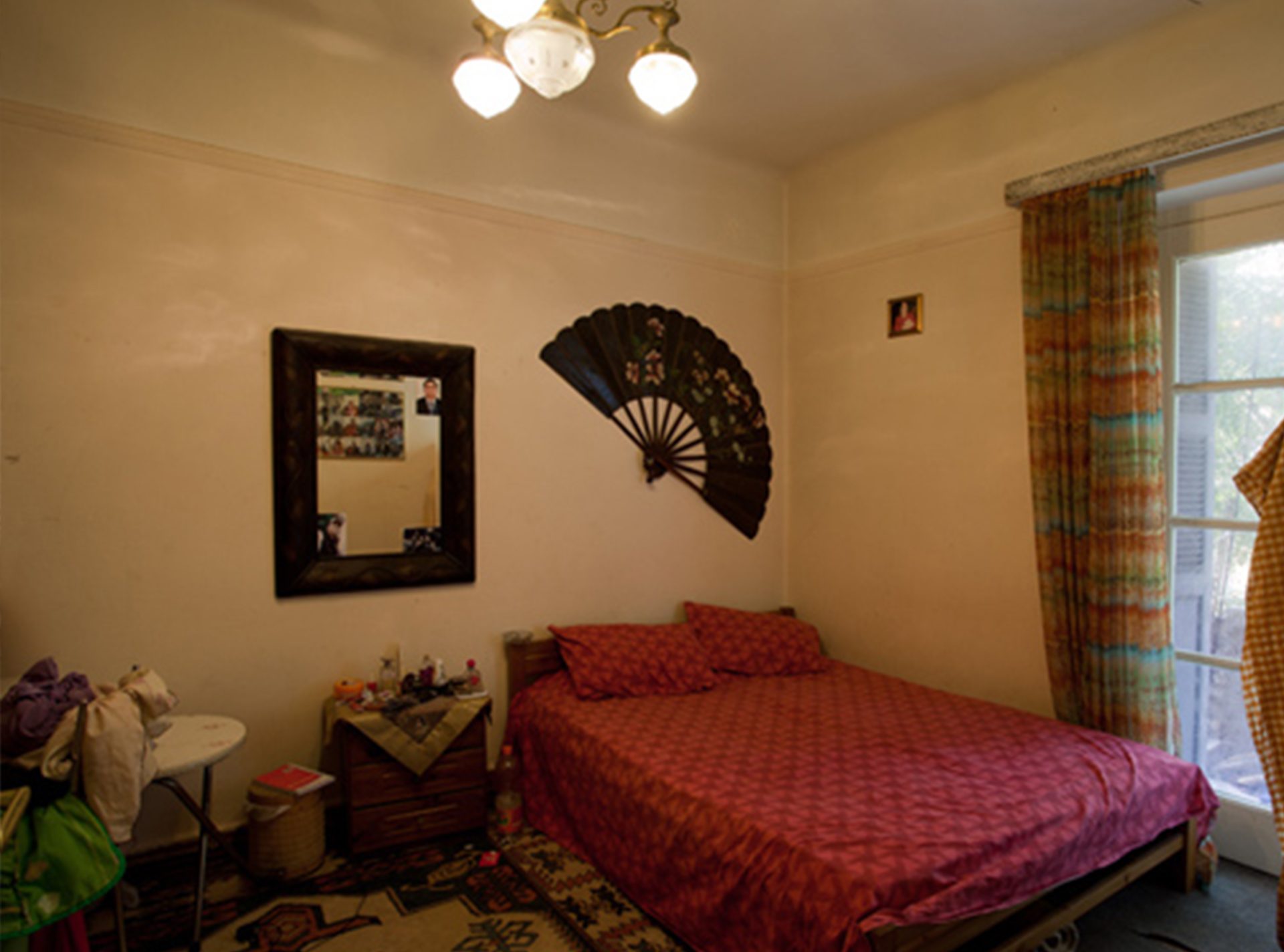
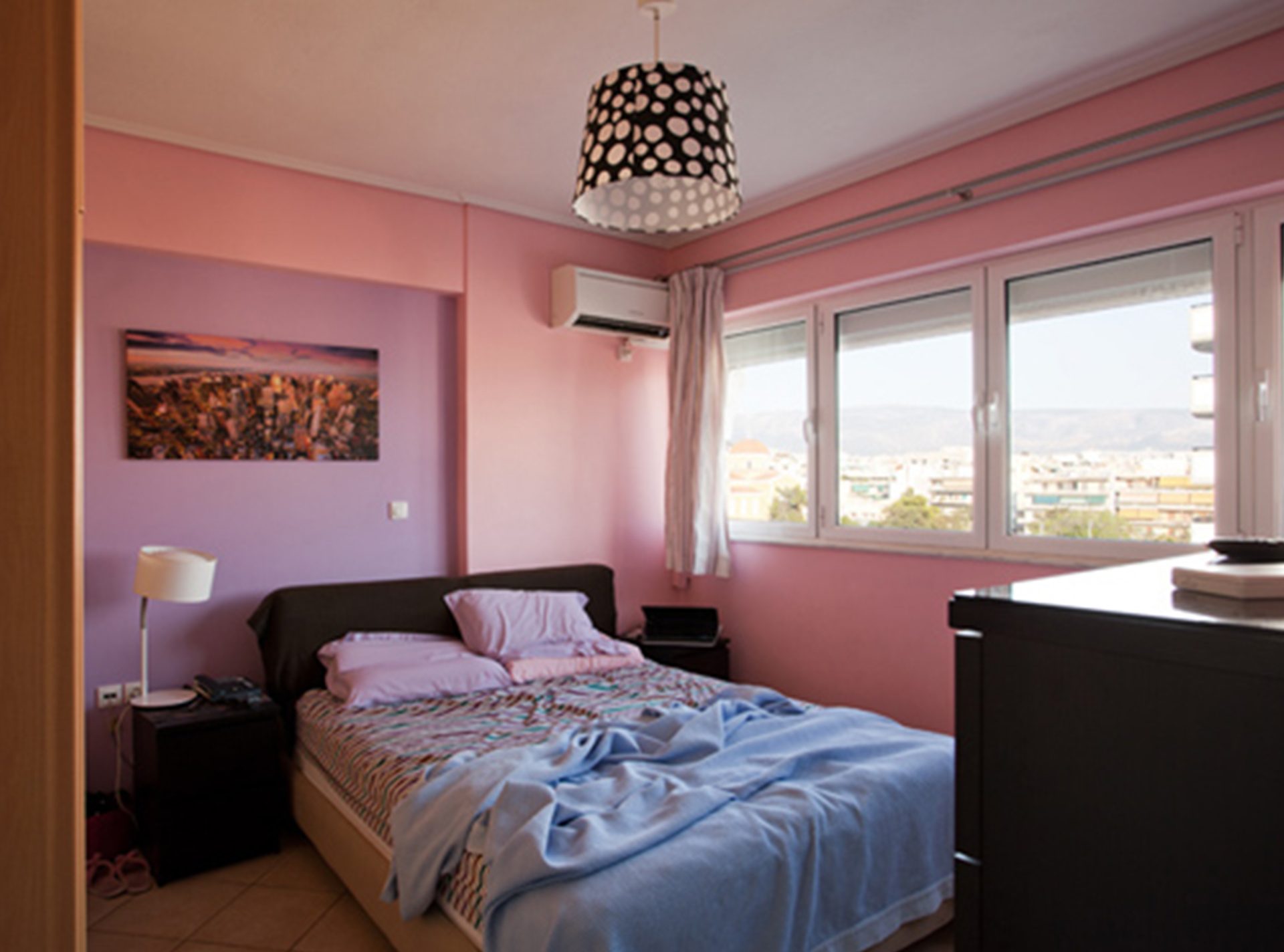
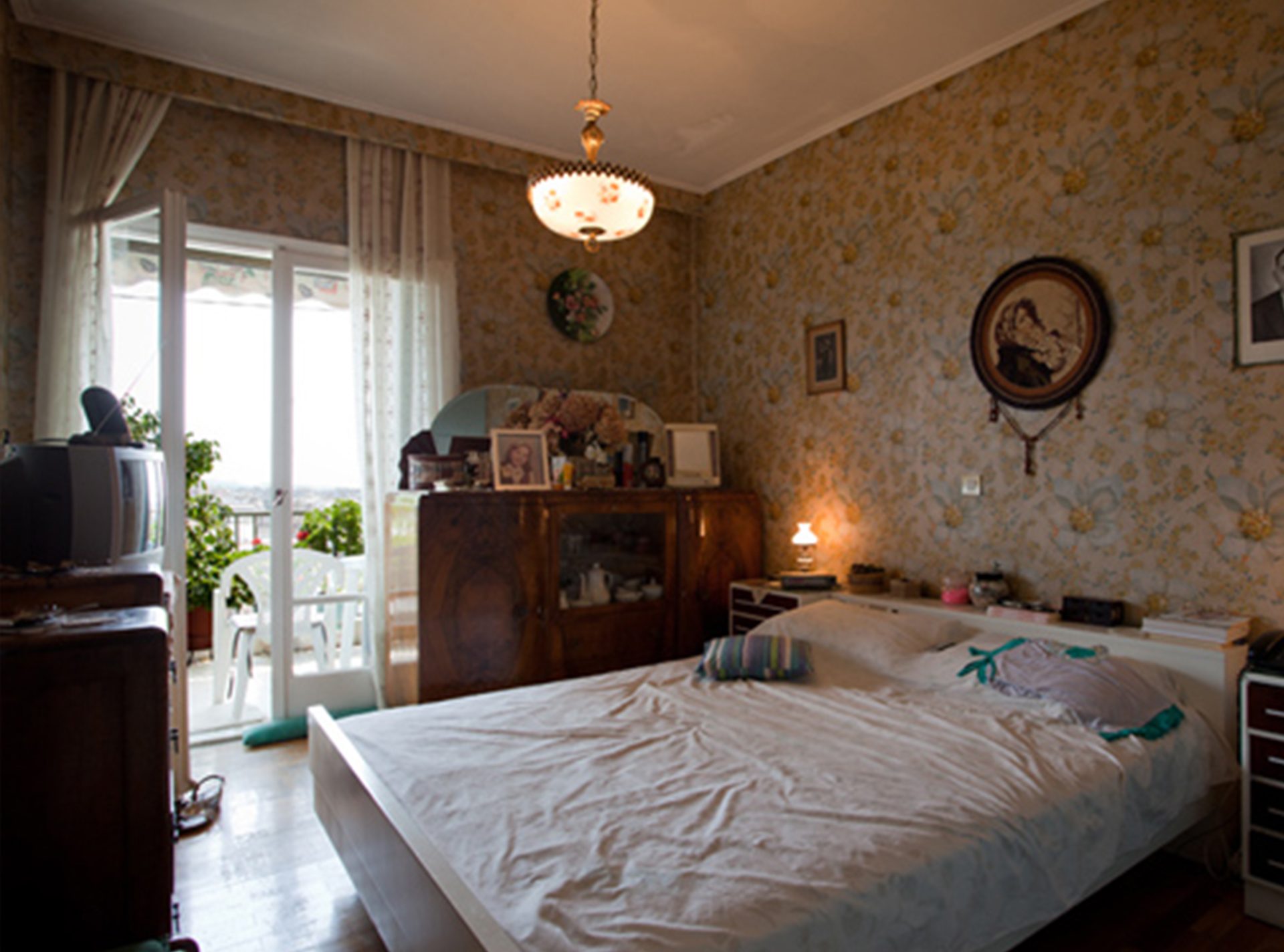
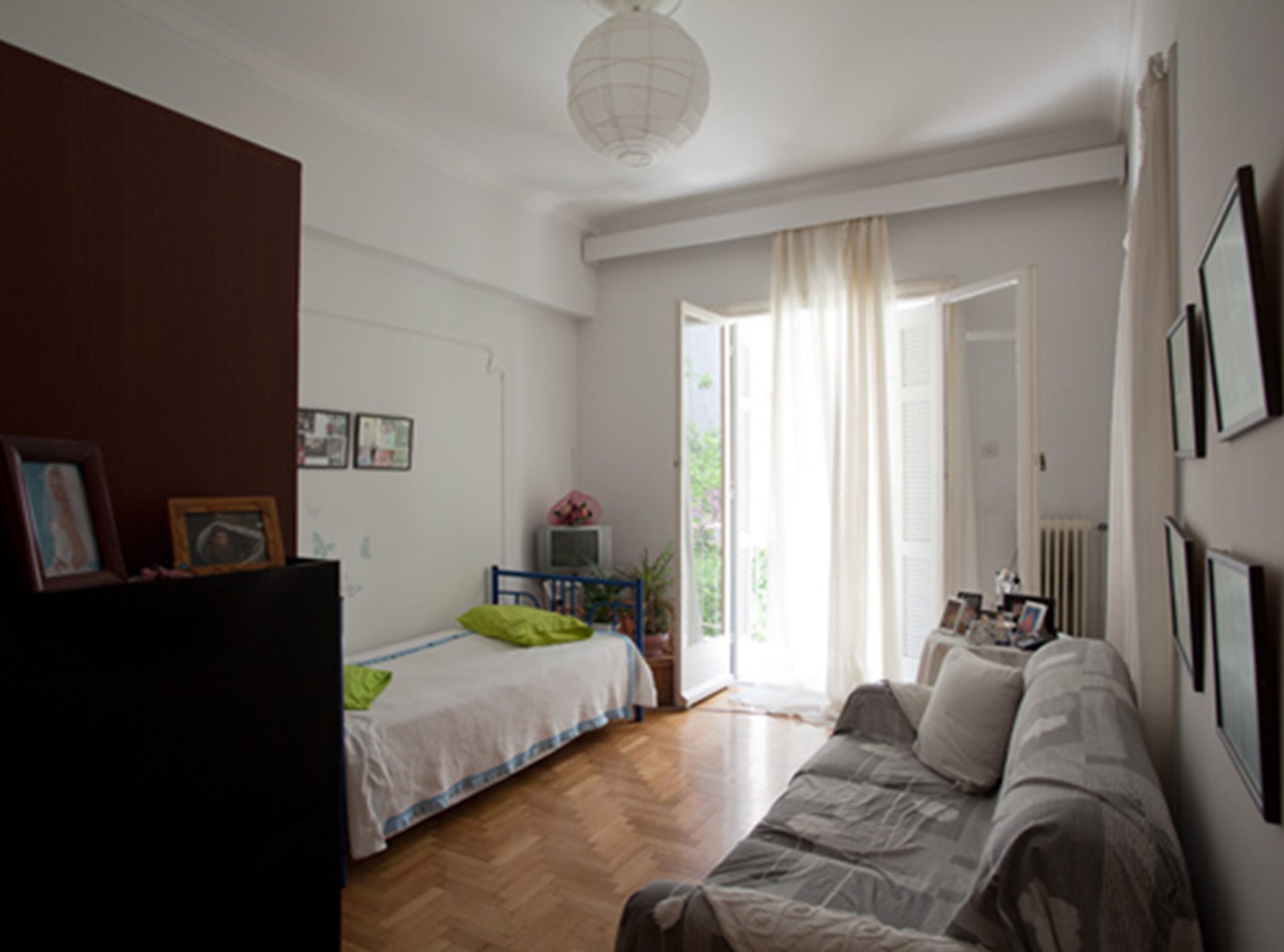
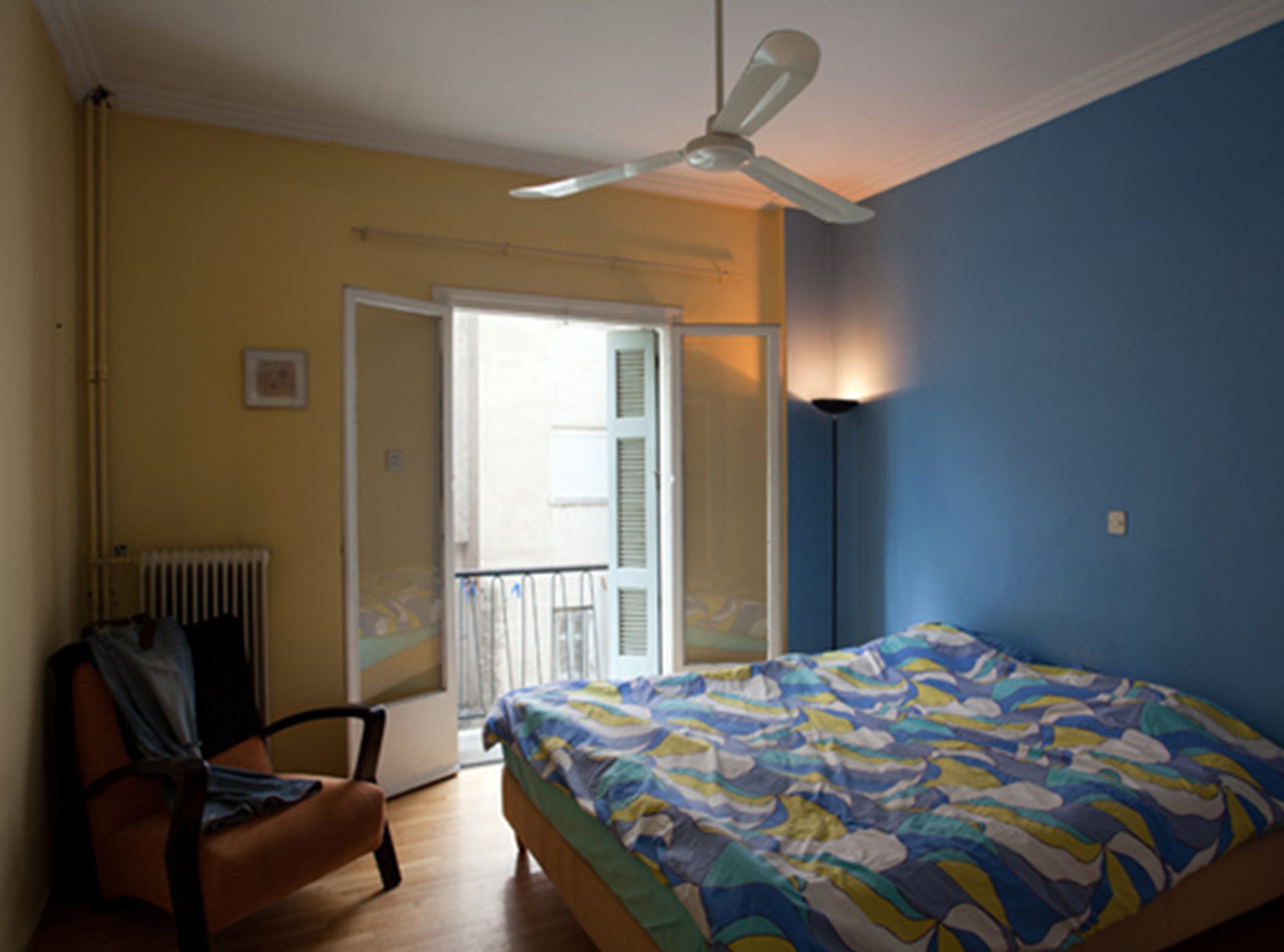
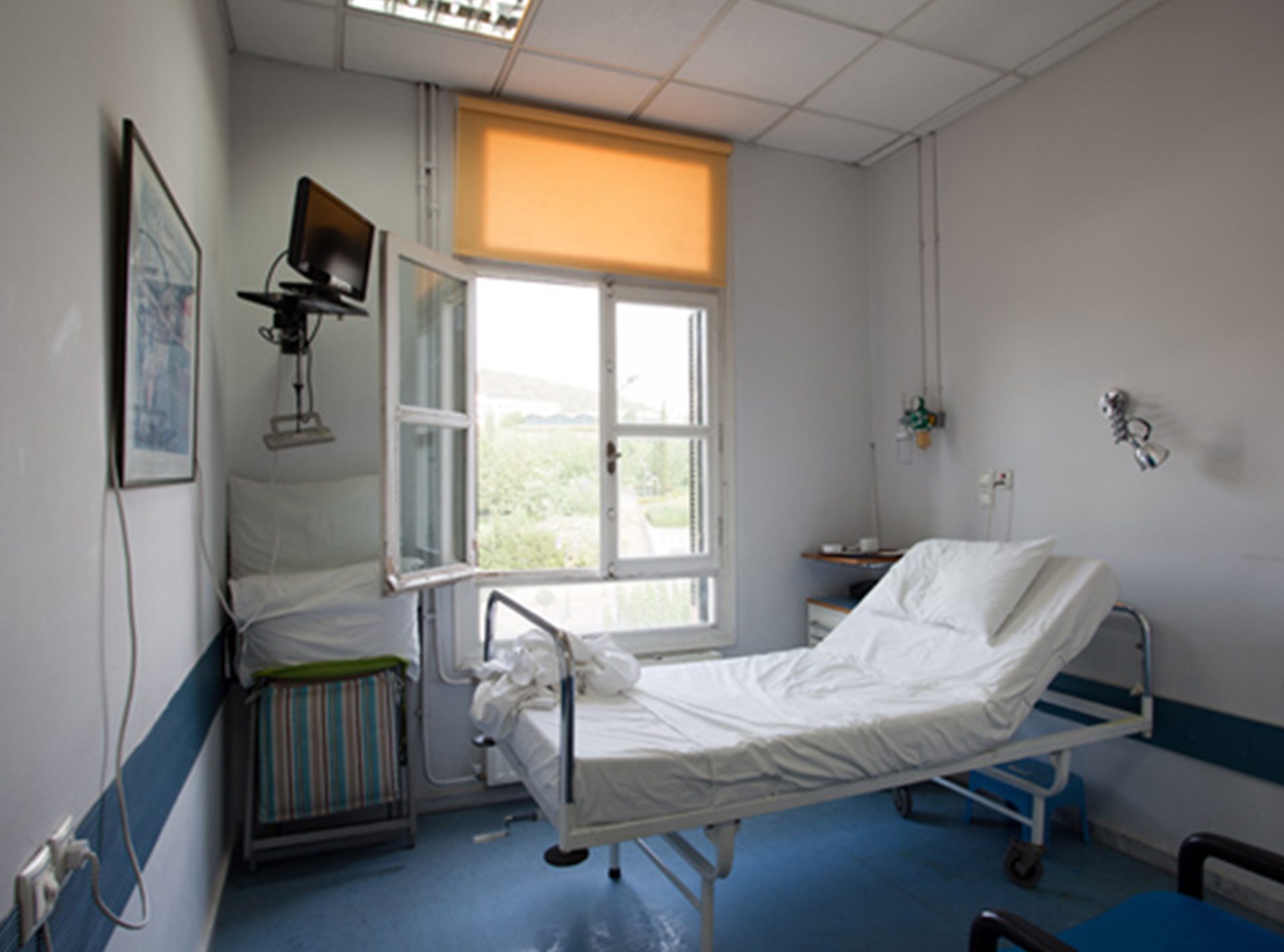
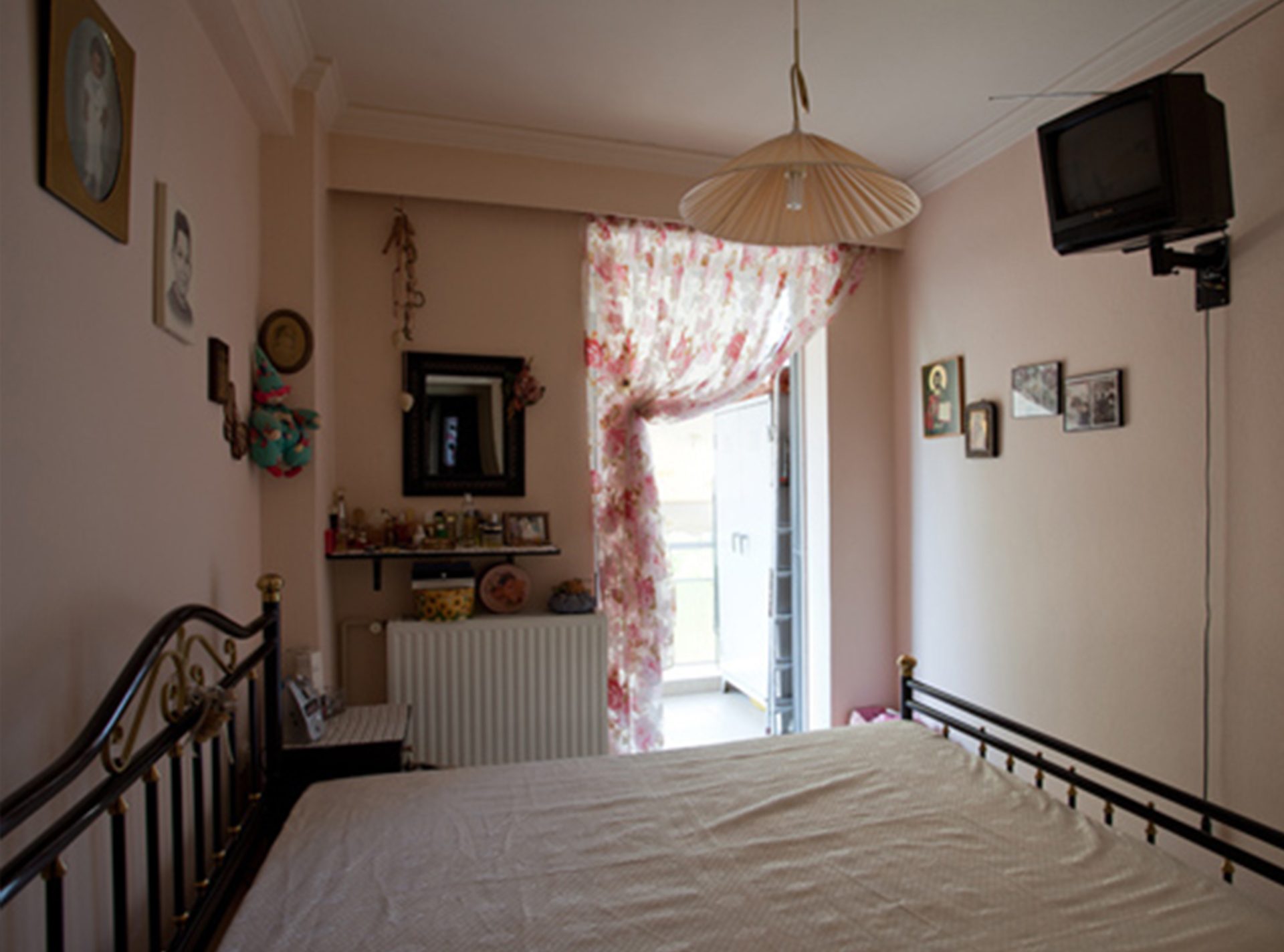
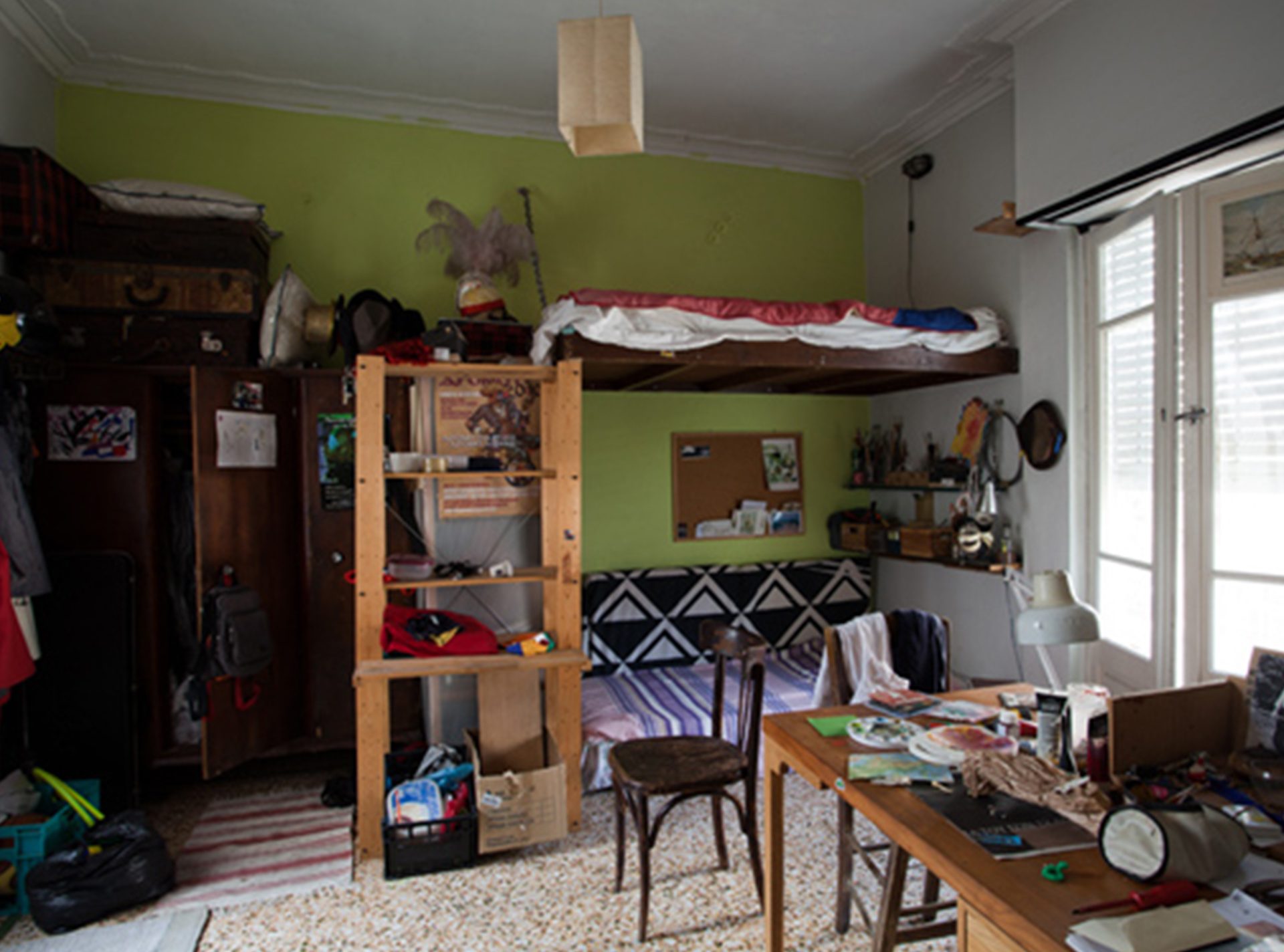

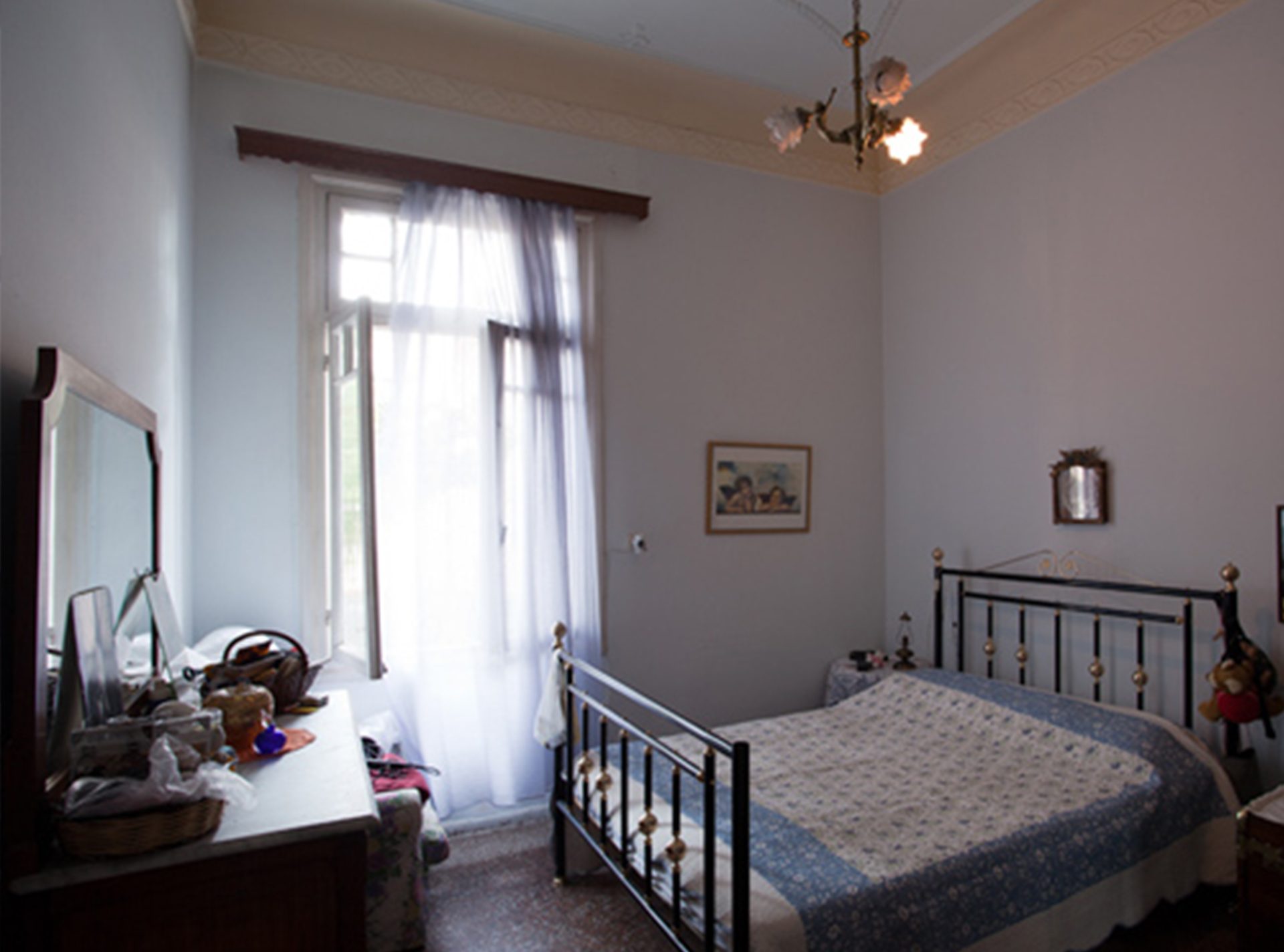
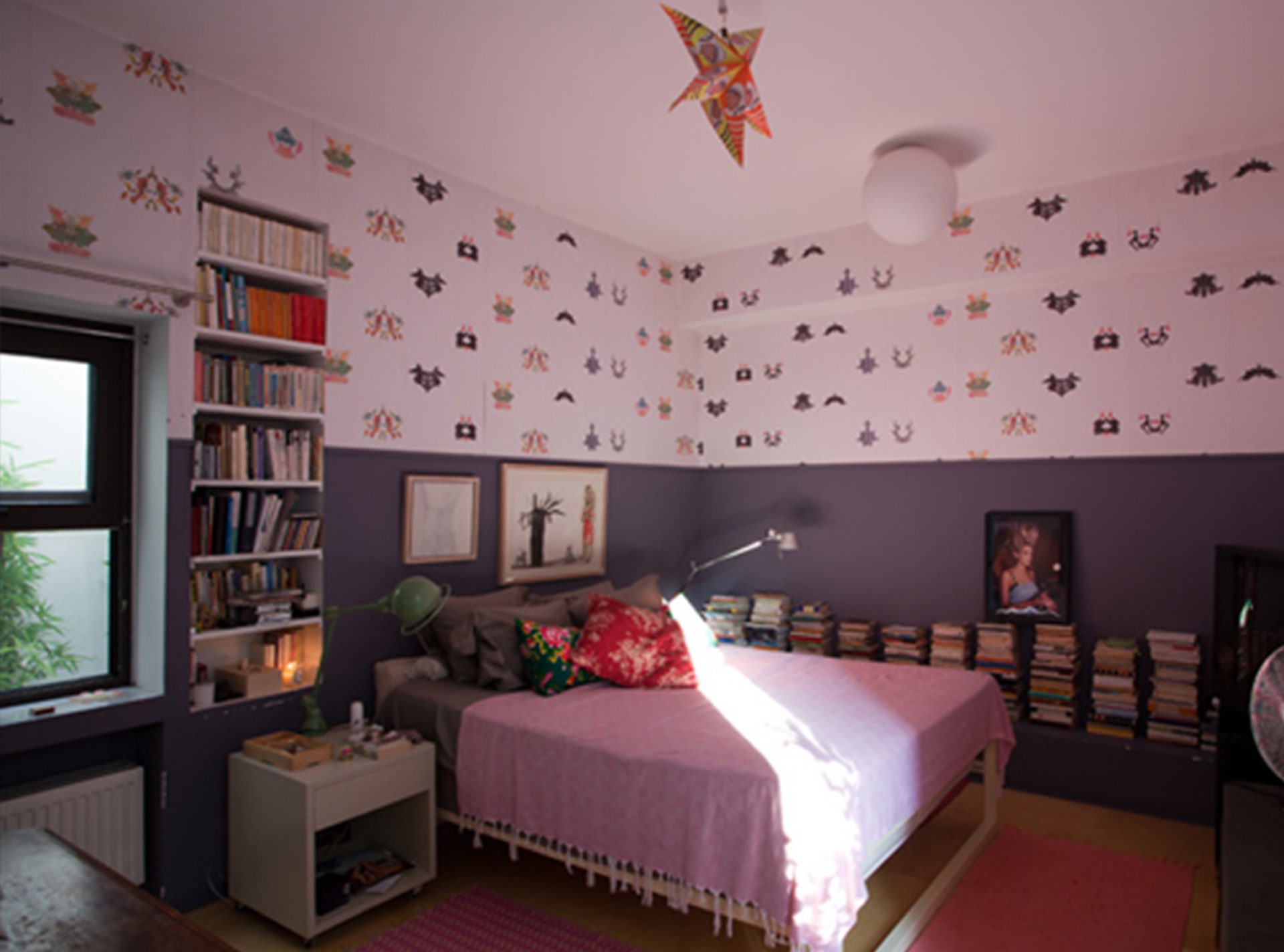
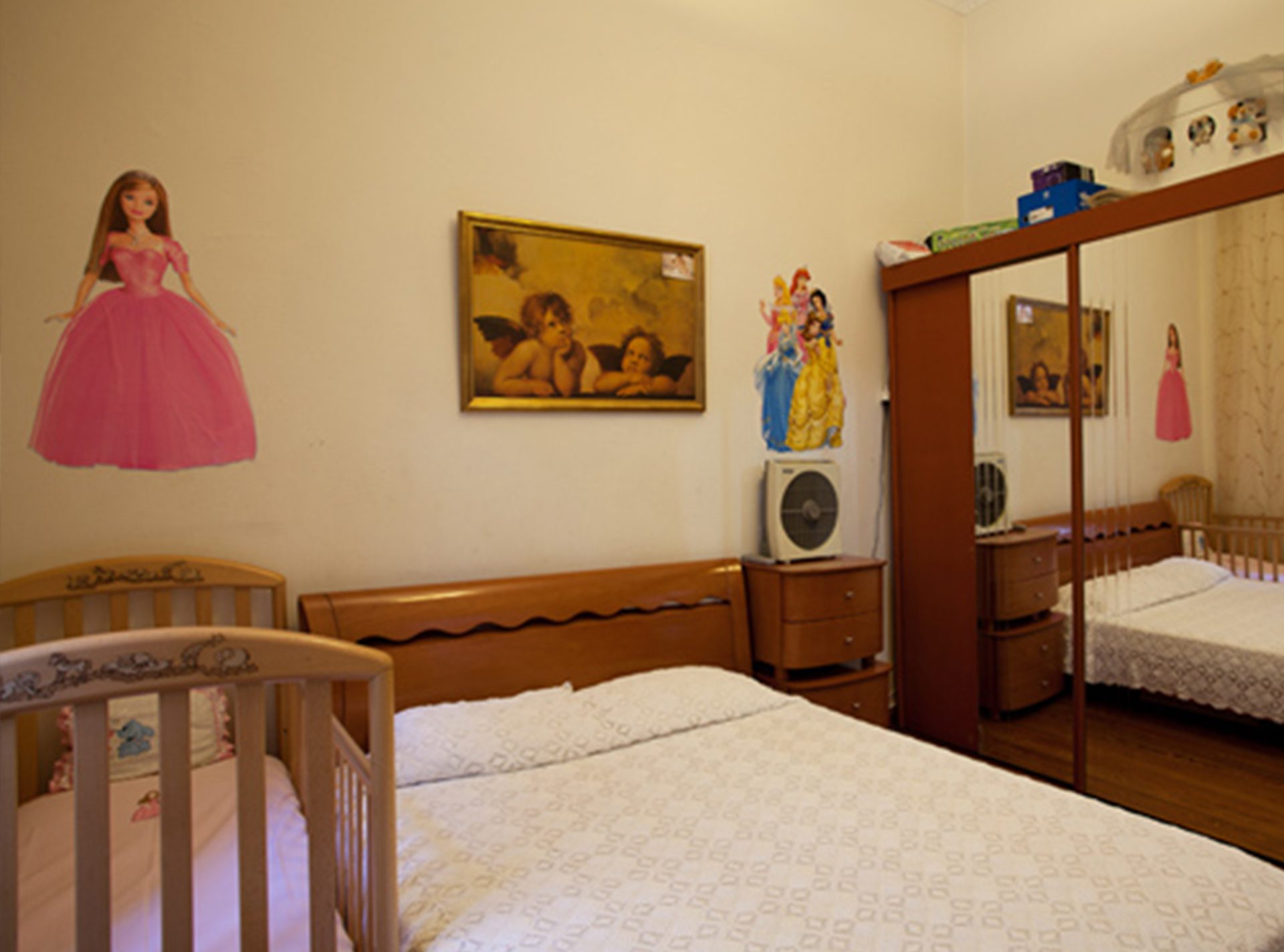

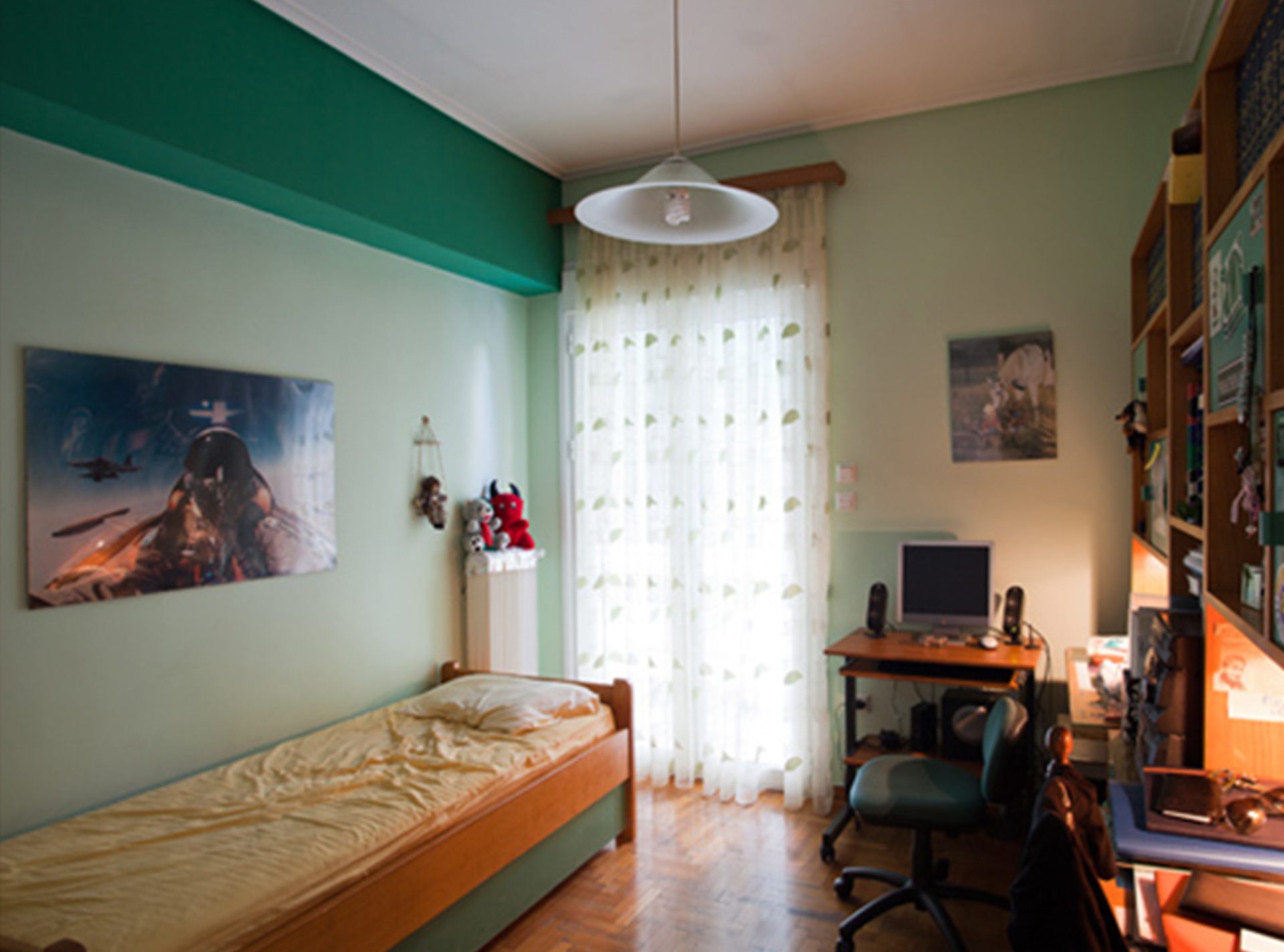
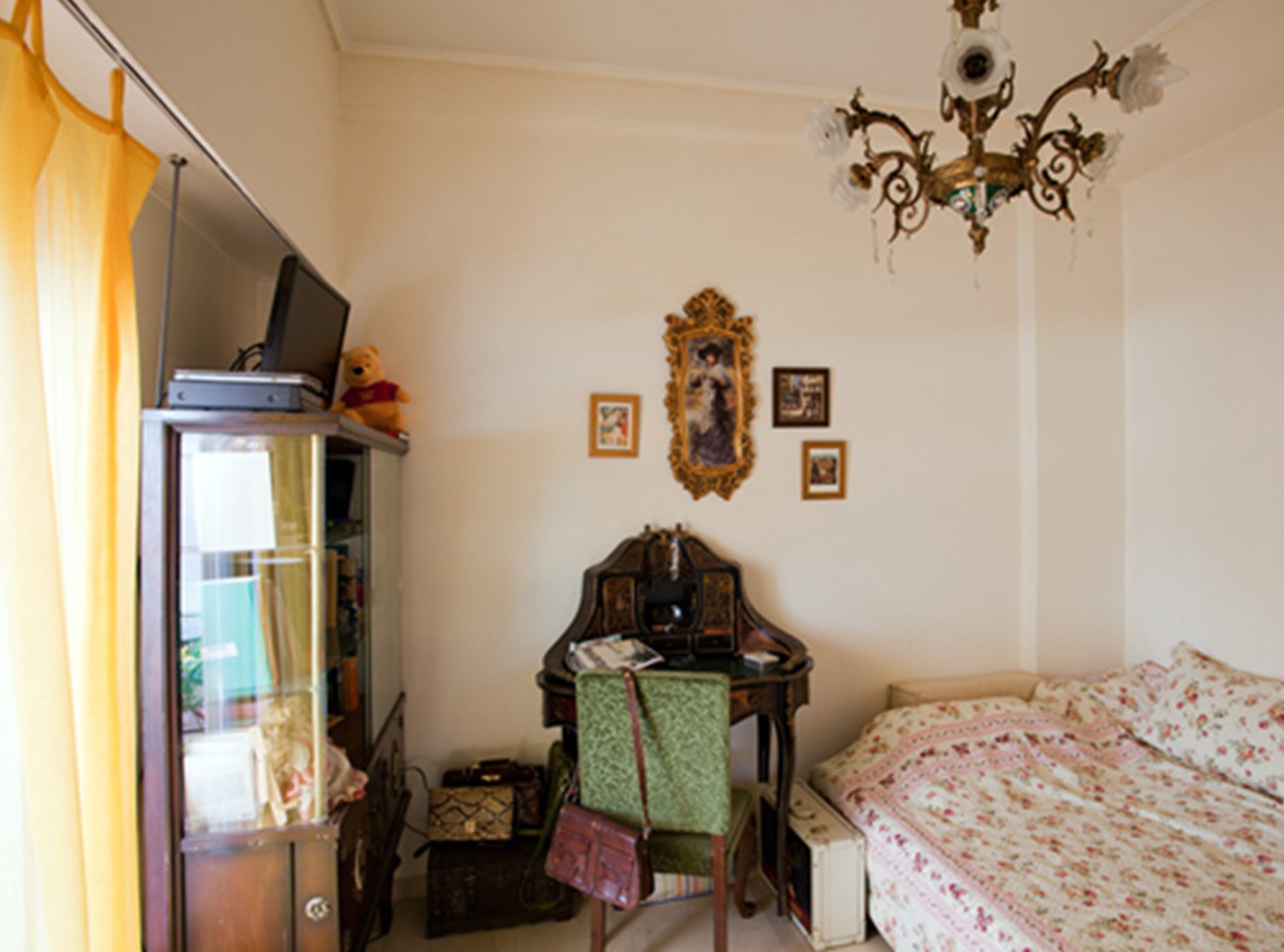

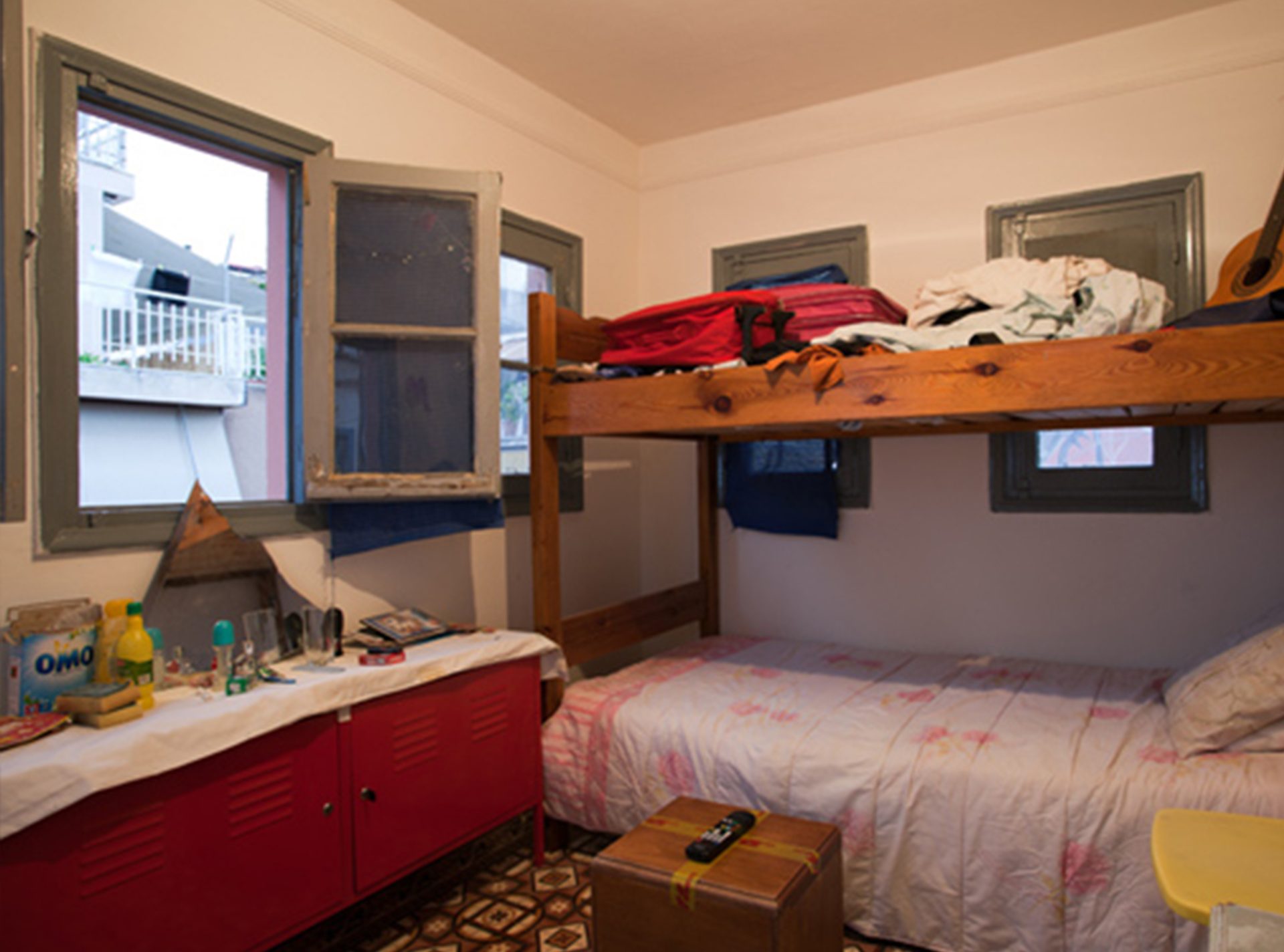

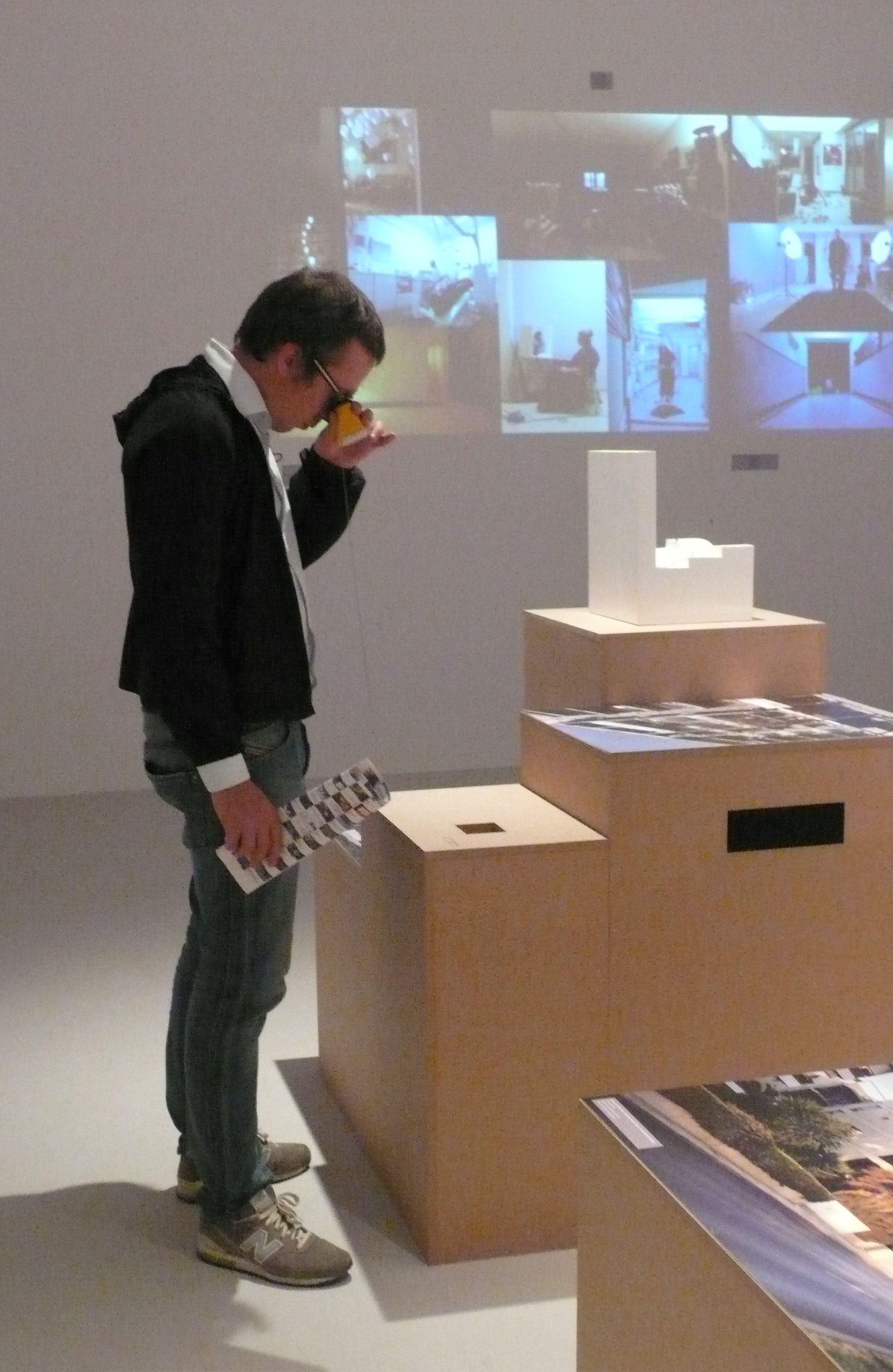
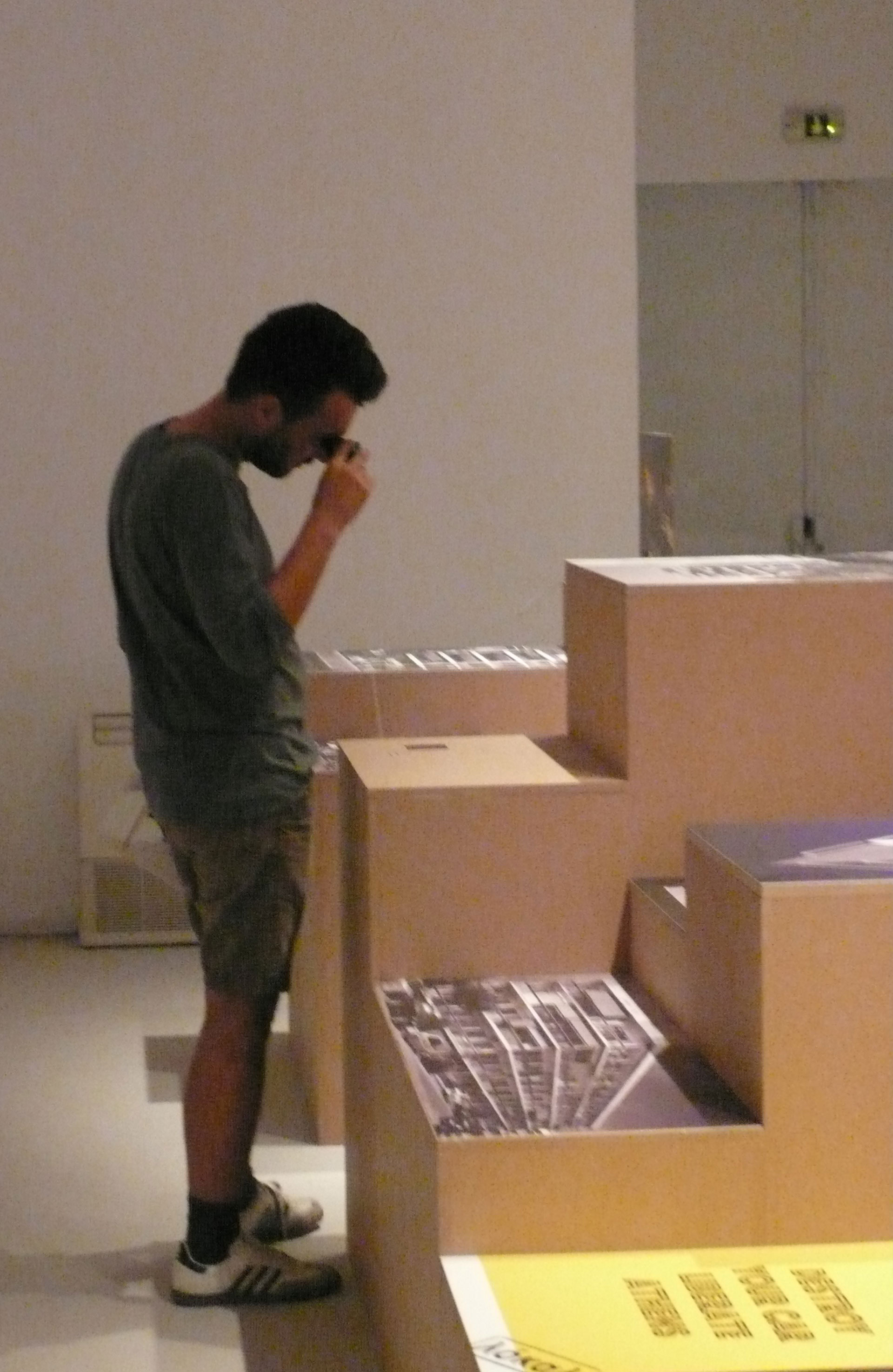
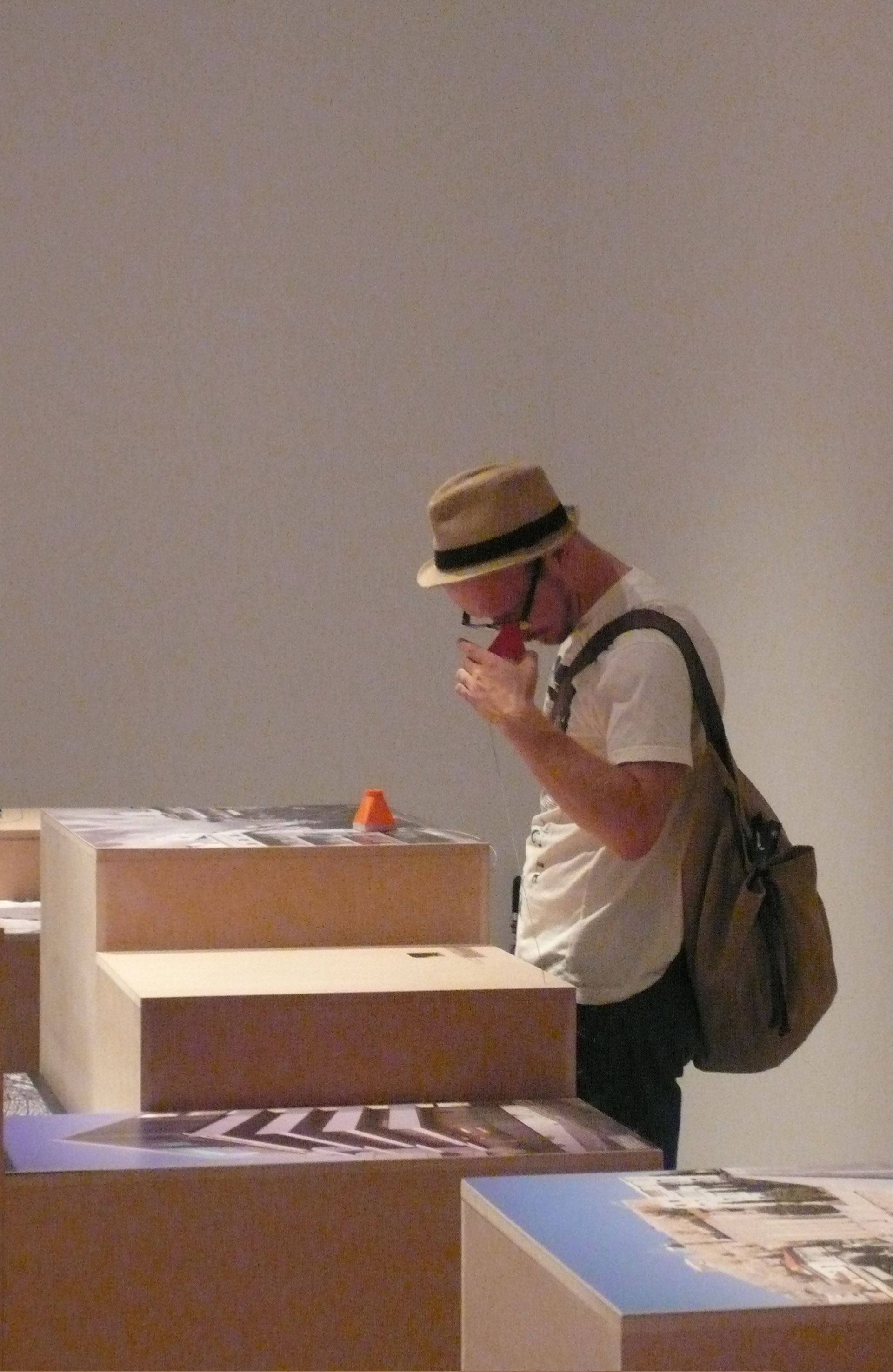




‘Bedrooms’ at the TAF Art Foundation
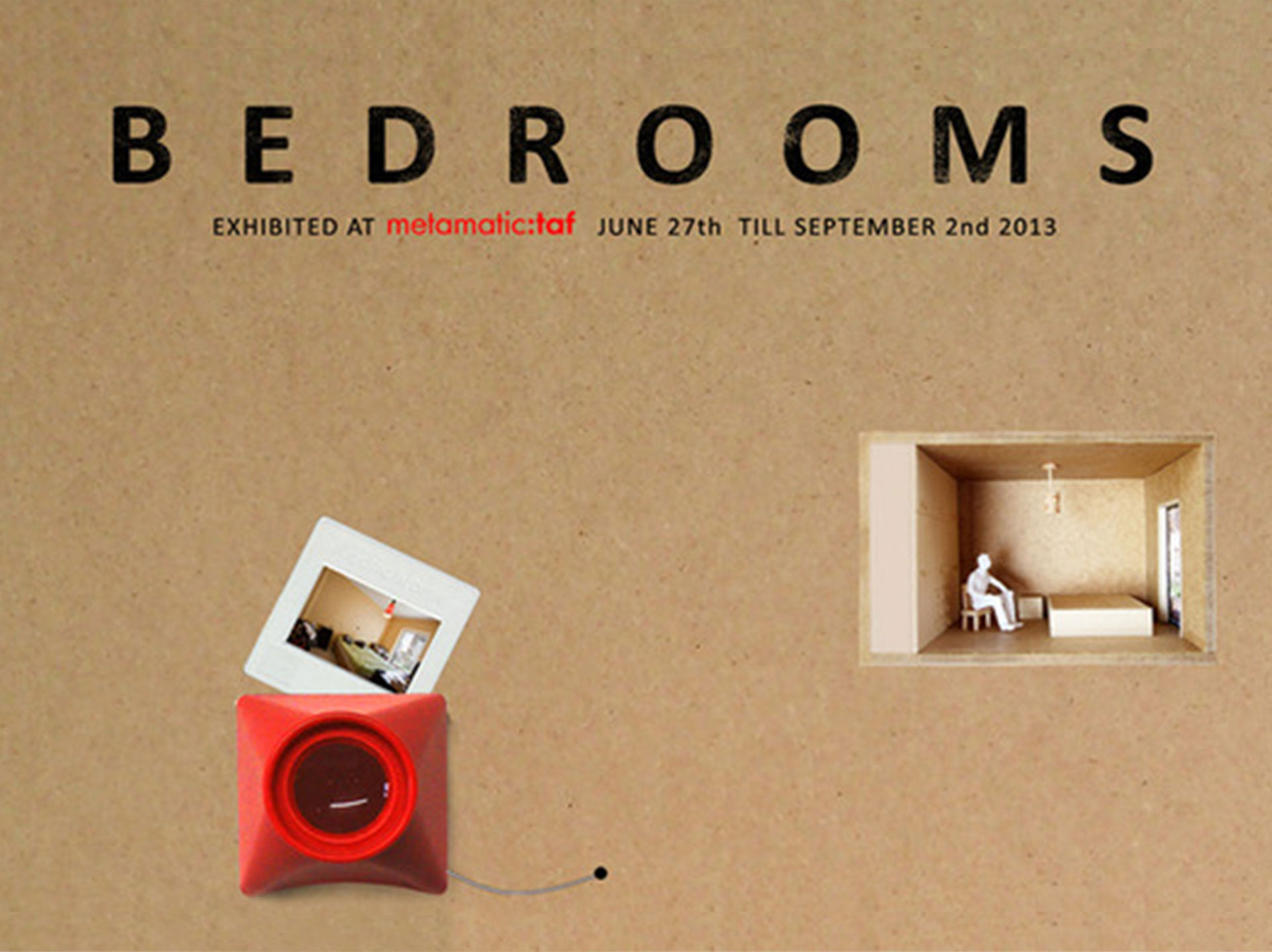
A year after the ‘Bedrooms’ was exhibited at the International Architecture Exhibition in Venice, it traveled back home. The Athenian venue for the exhibition was the TAF Art Foundation, in a building that was built in the 19th century. It is an old Athenian typology that is now obsolete: A courtyard surrounded by bedrooms with a shared bathroom. In the past, the bedrooms were used by immigrants that had freshly arrived in the city and needed a place to stay until they settled.
Our exhibits were subtly adjusted in order to adapt to their new setting.
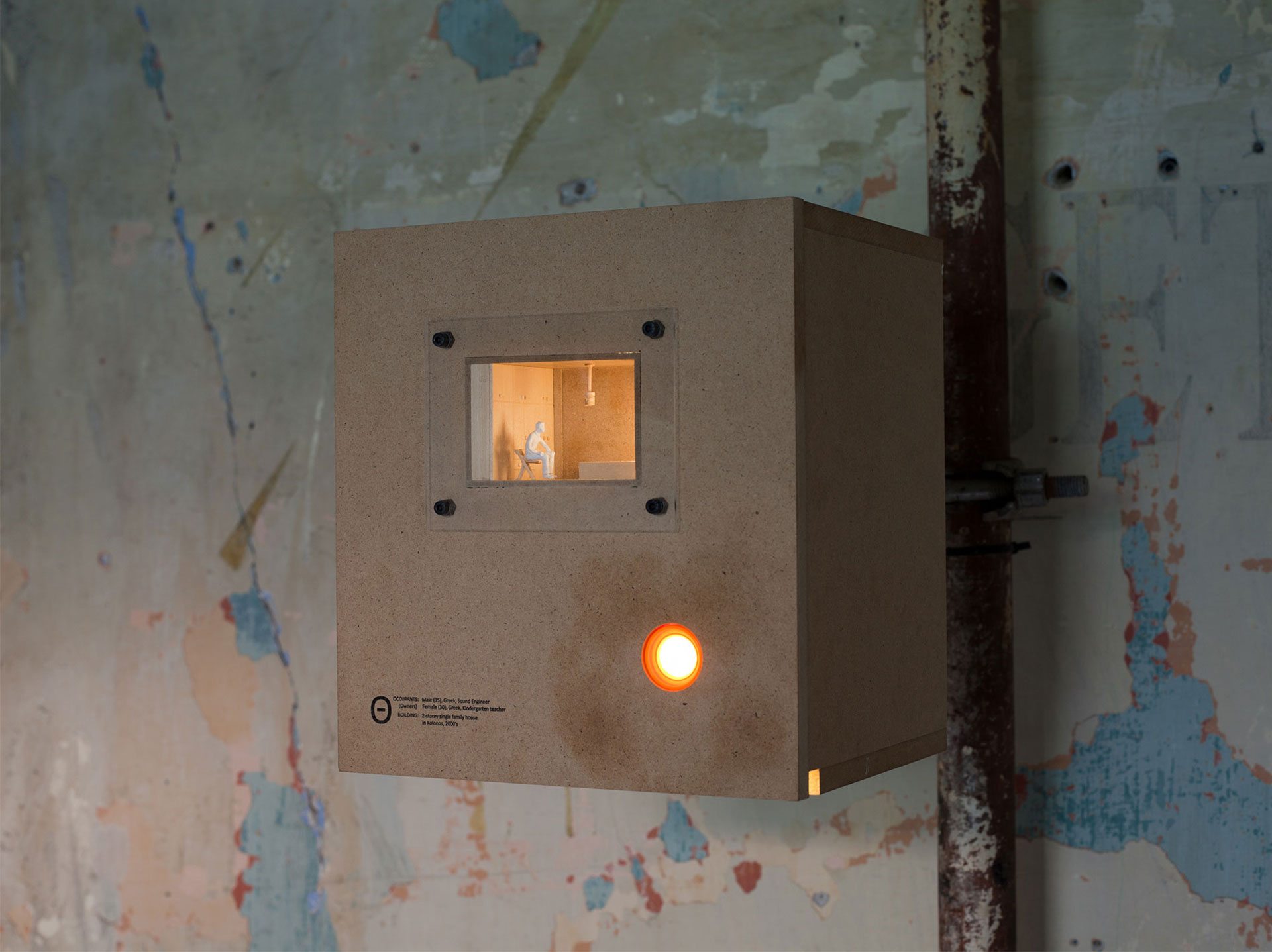
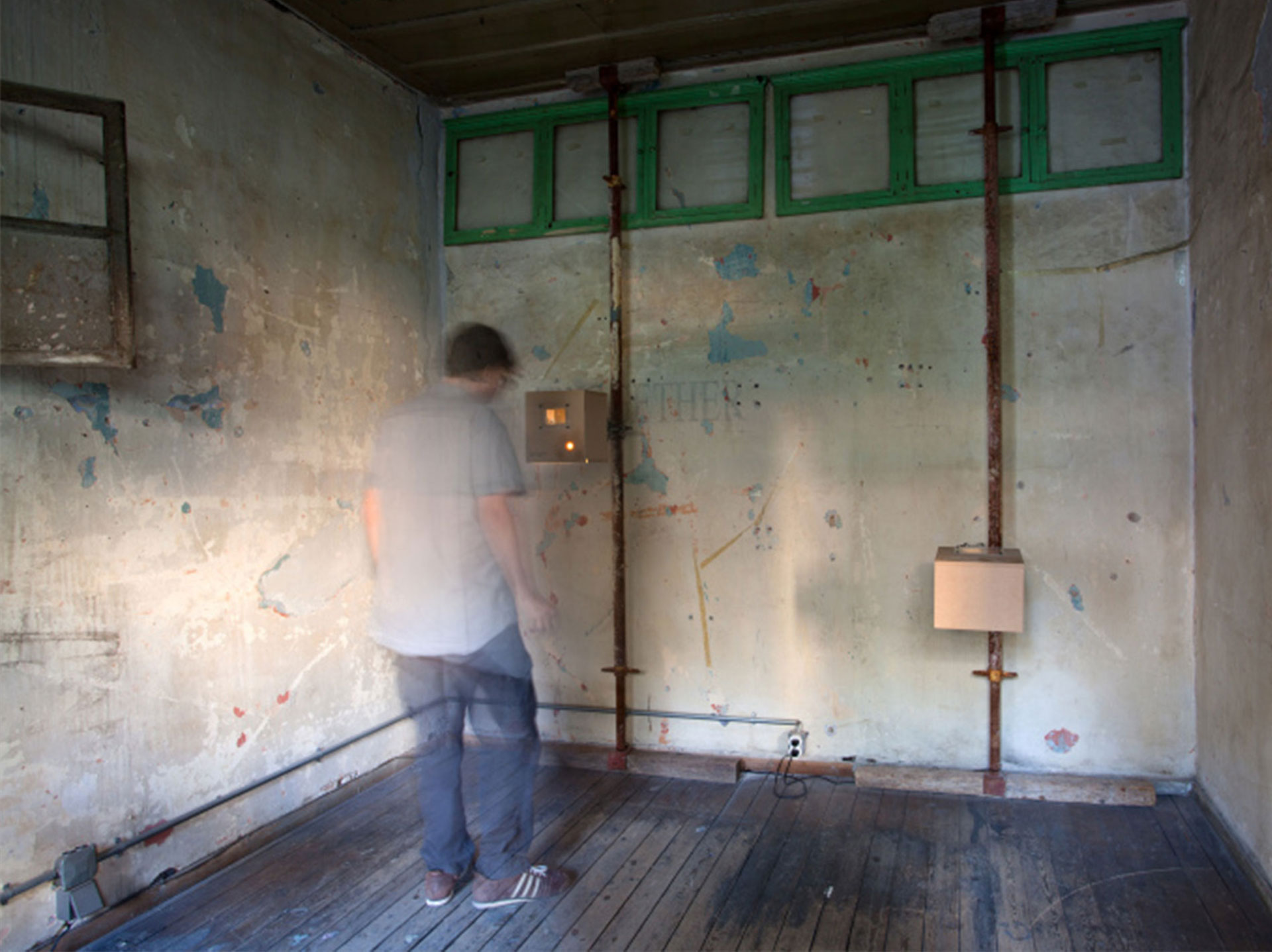

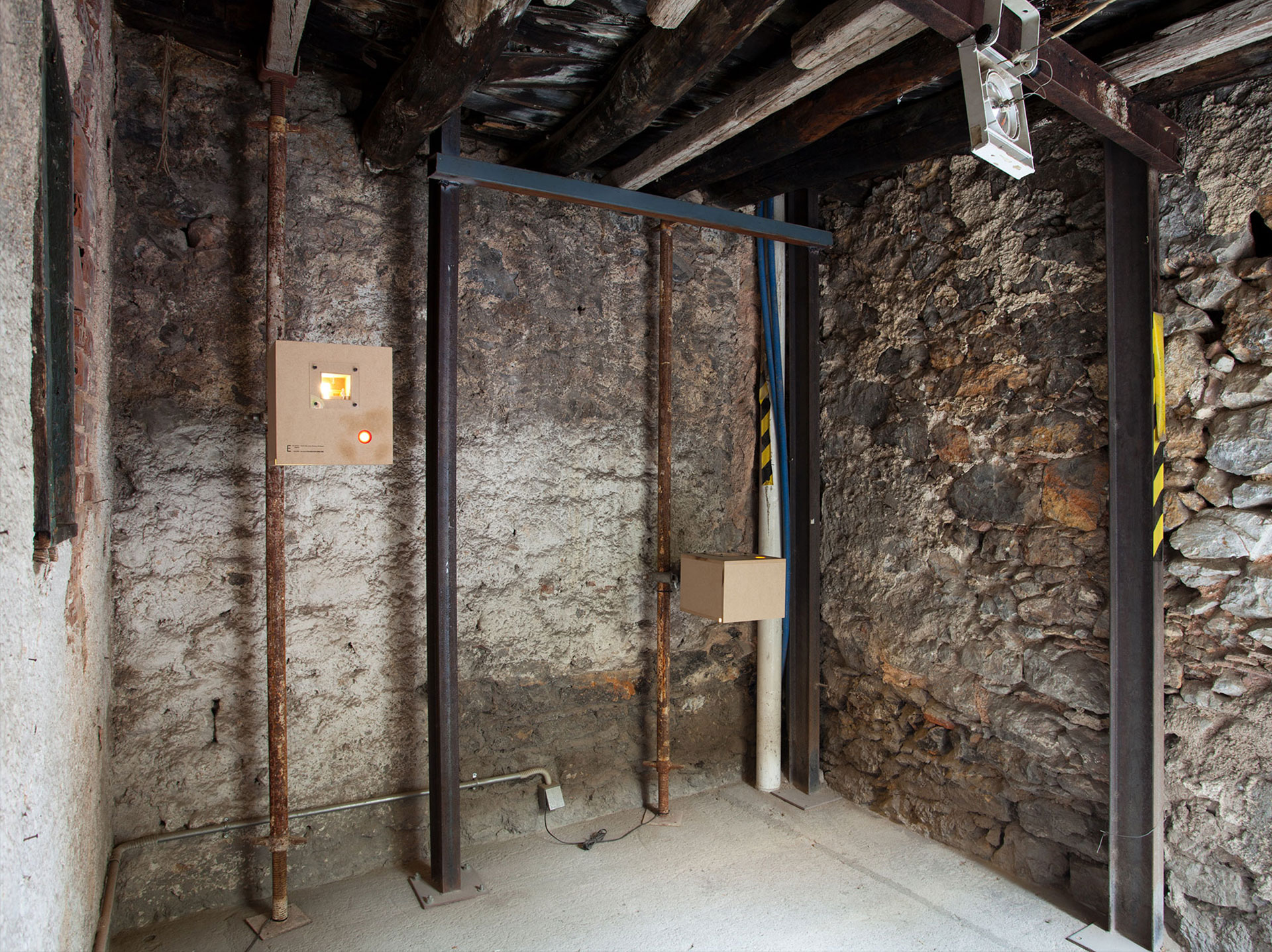
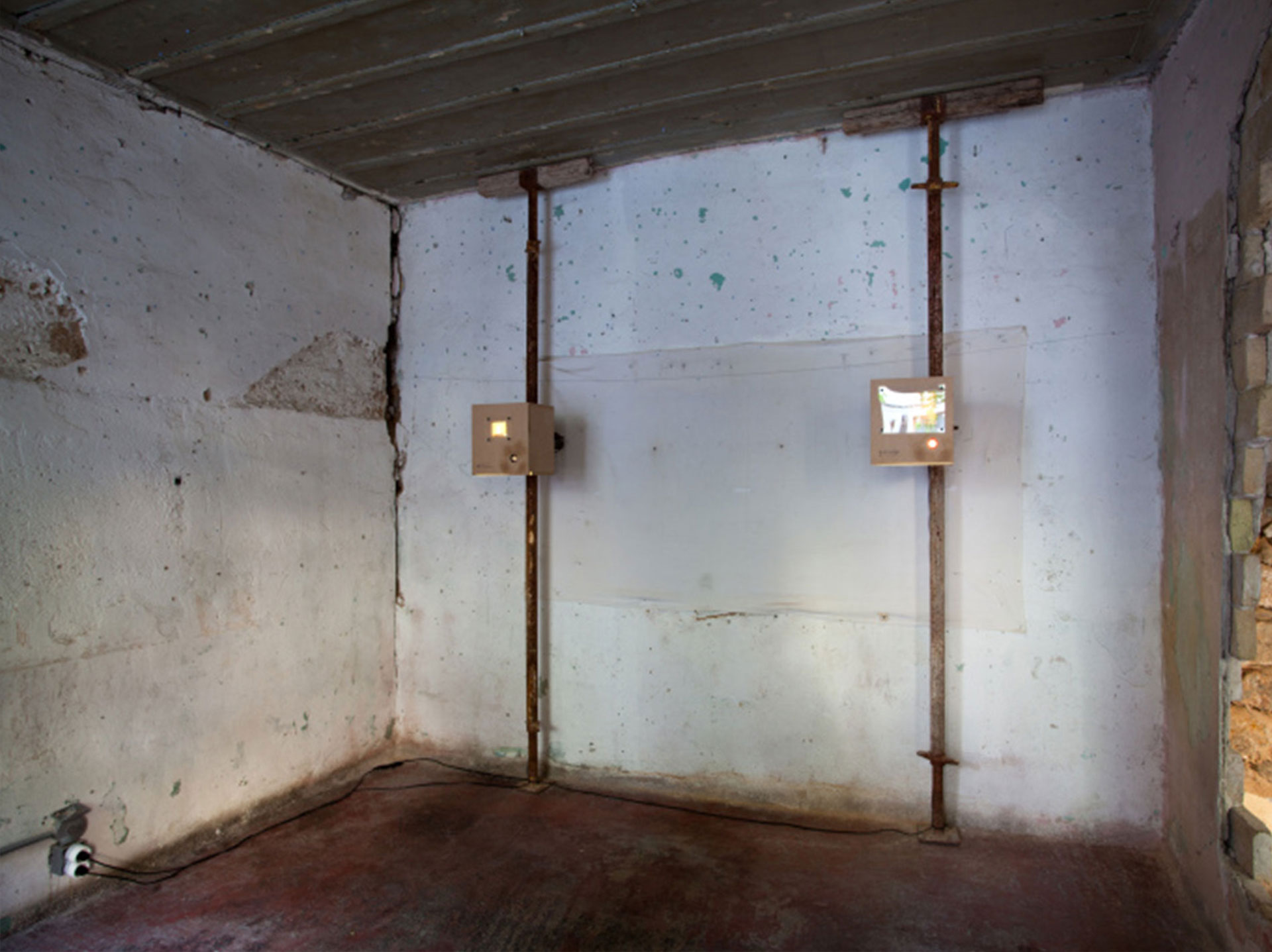


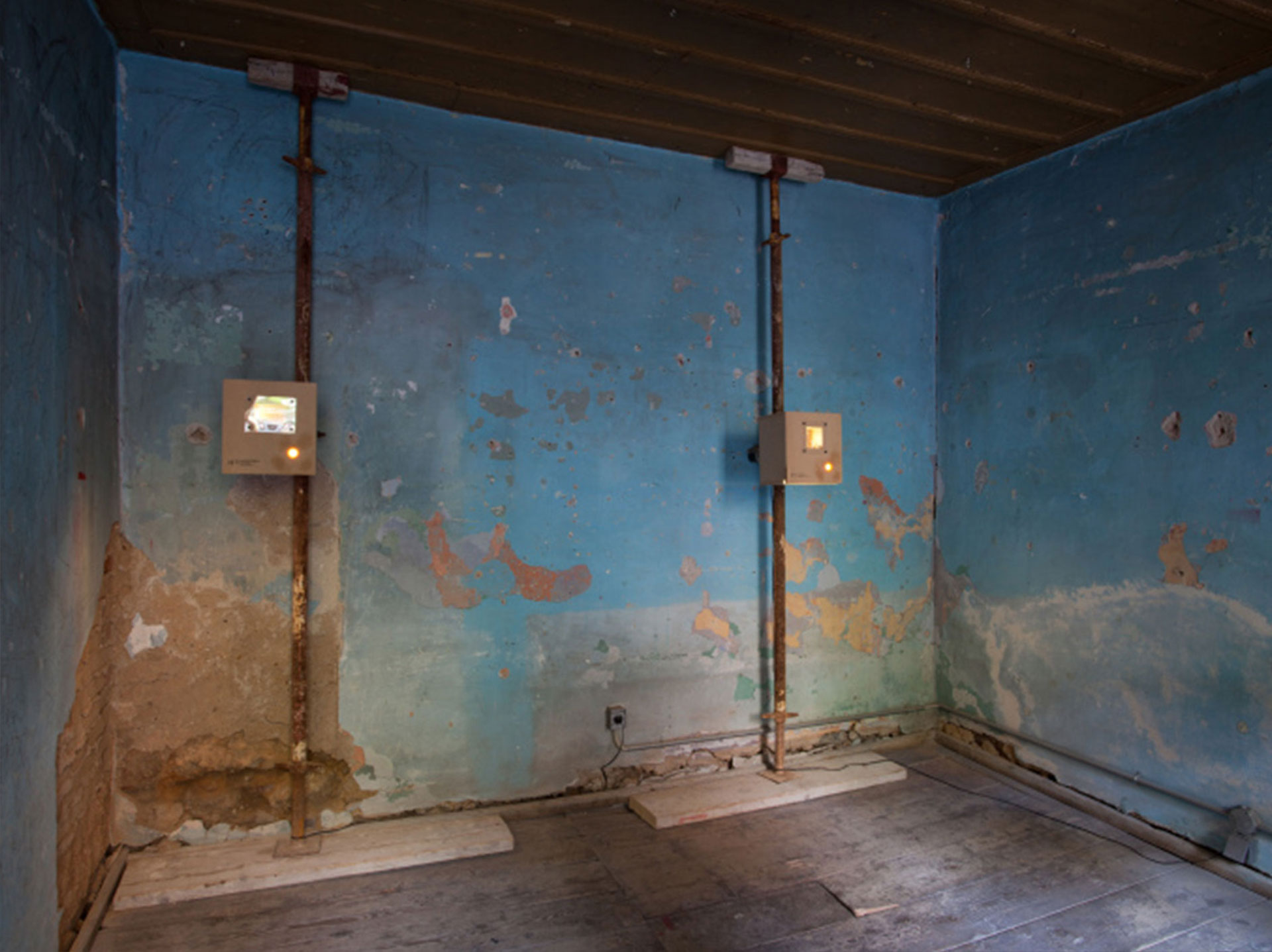
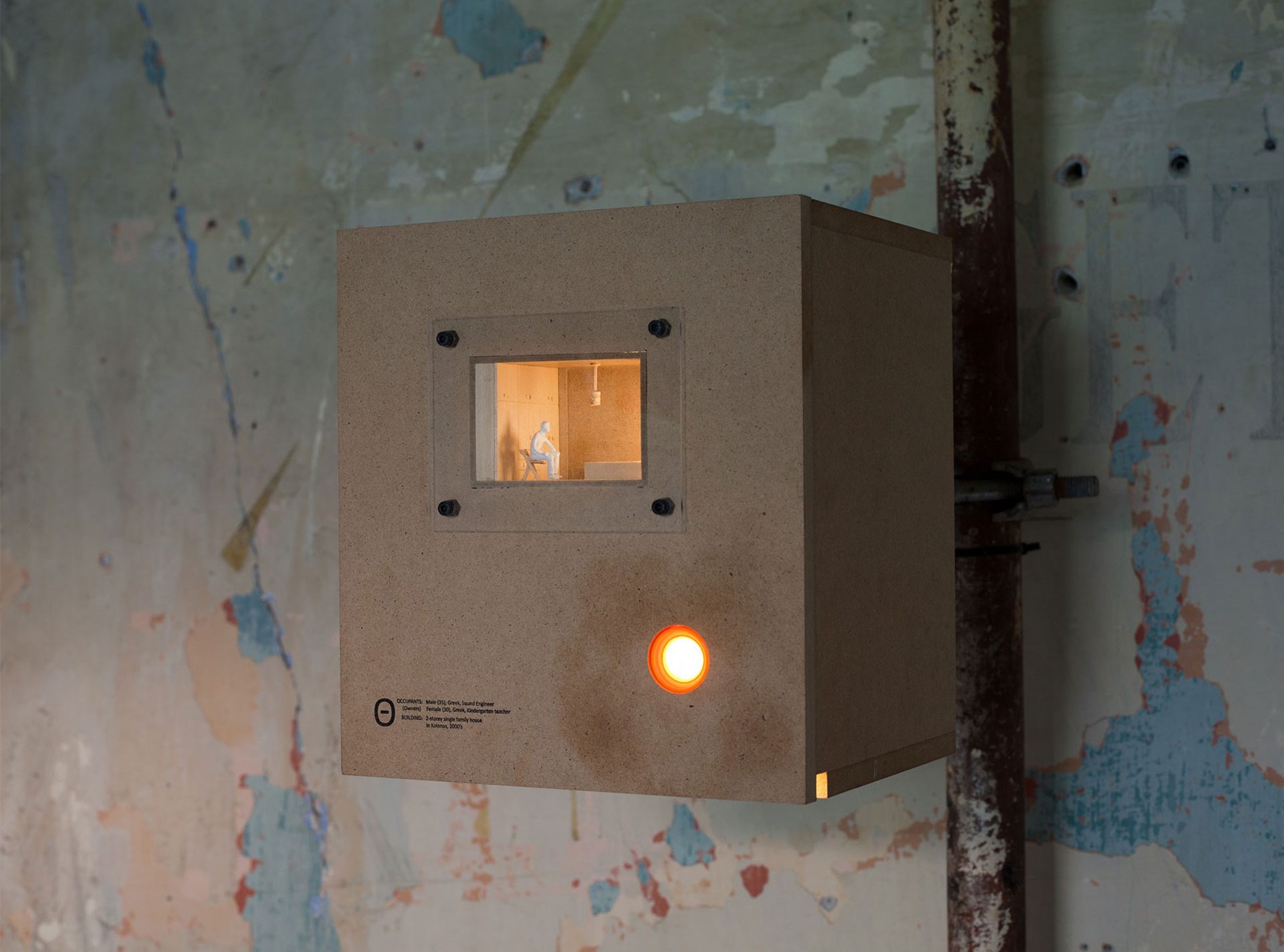
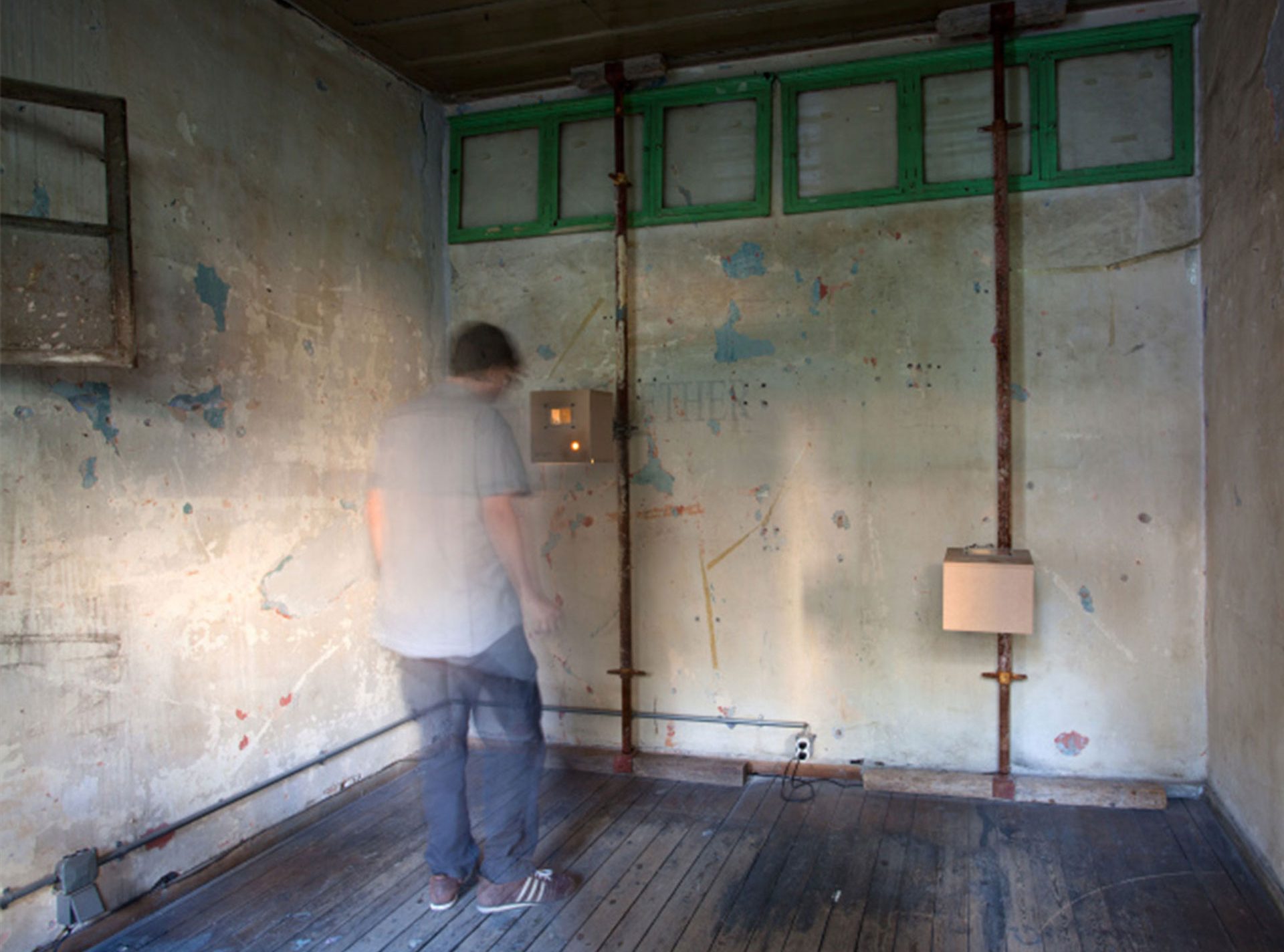
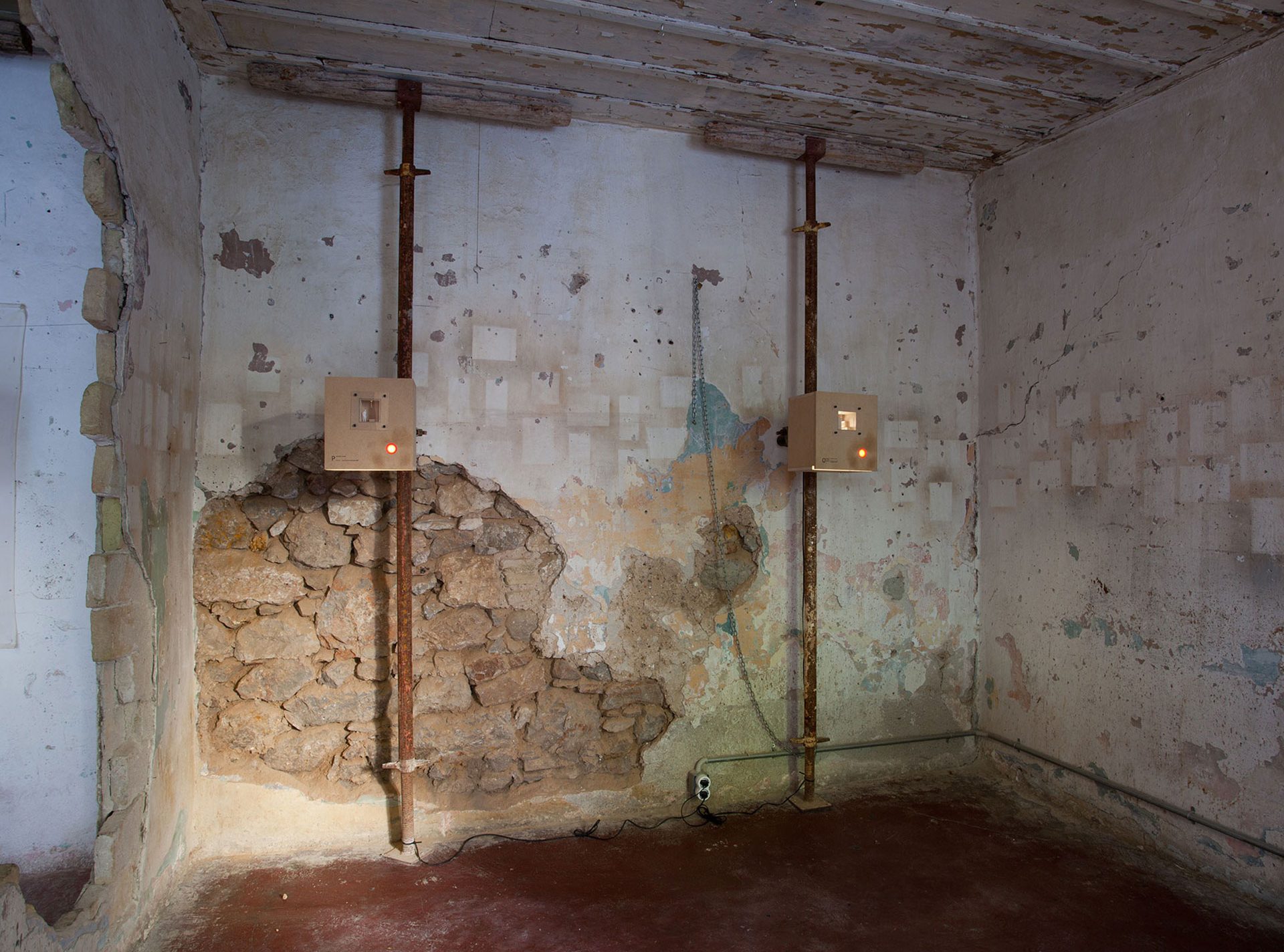
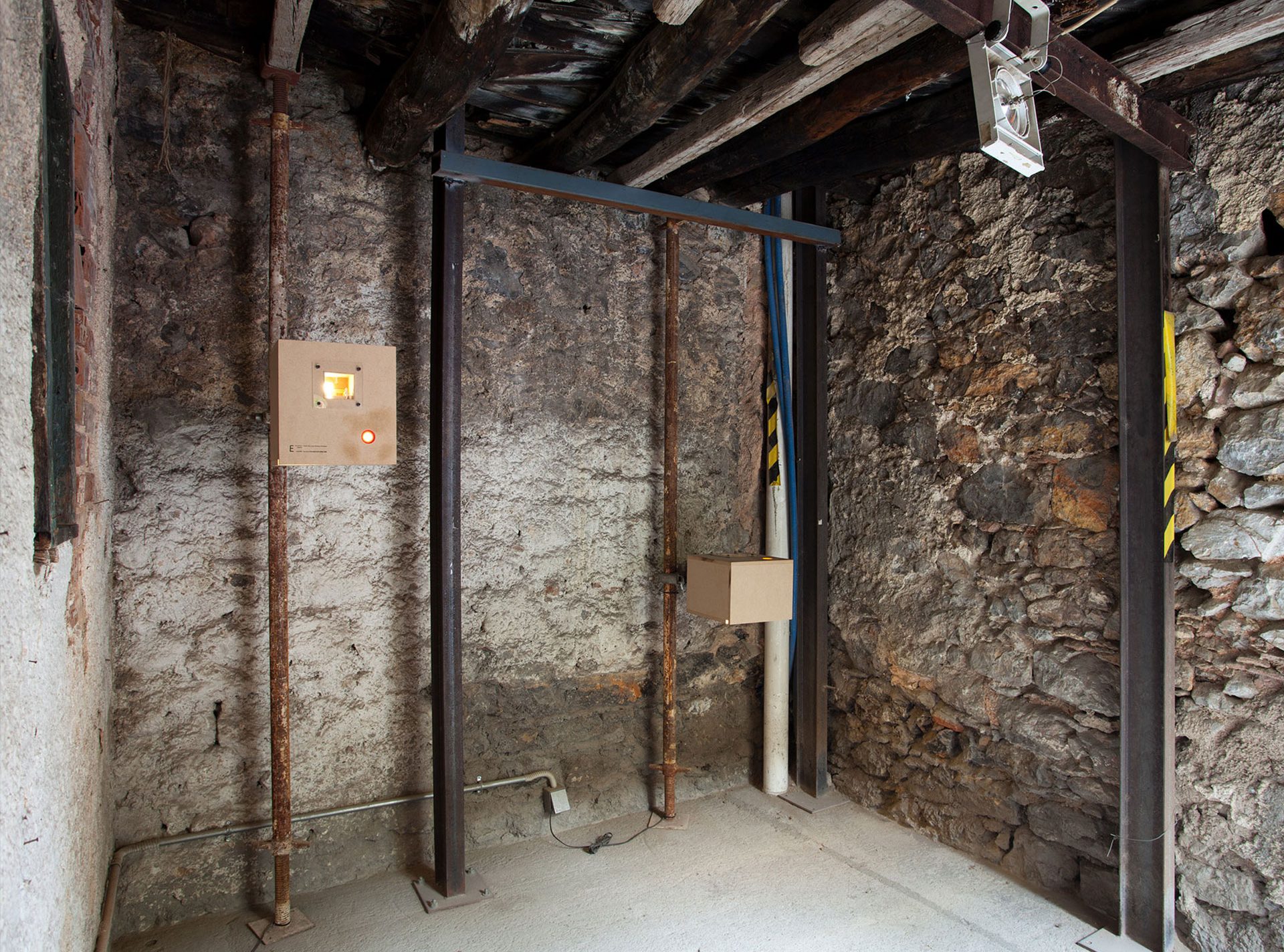
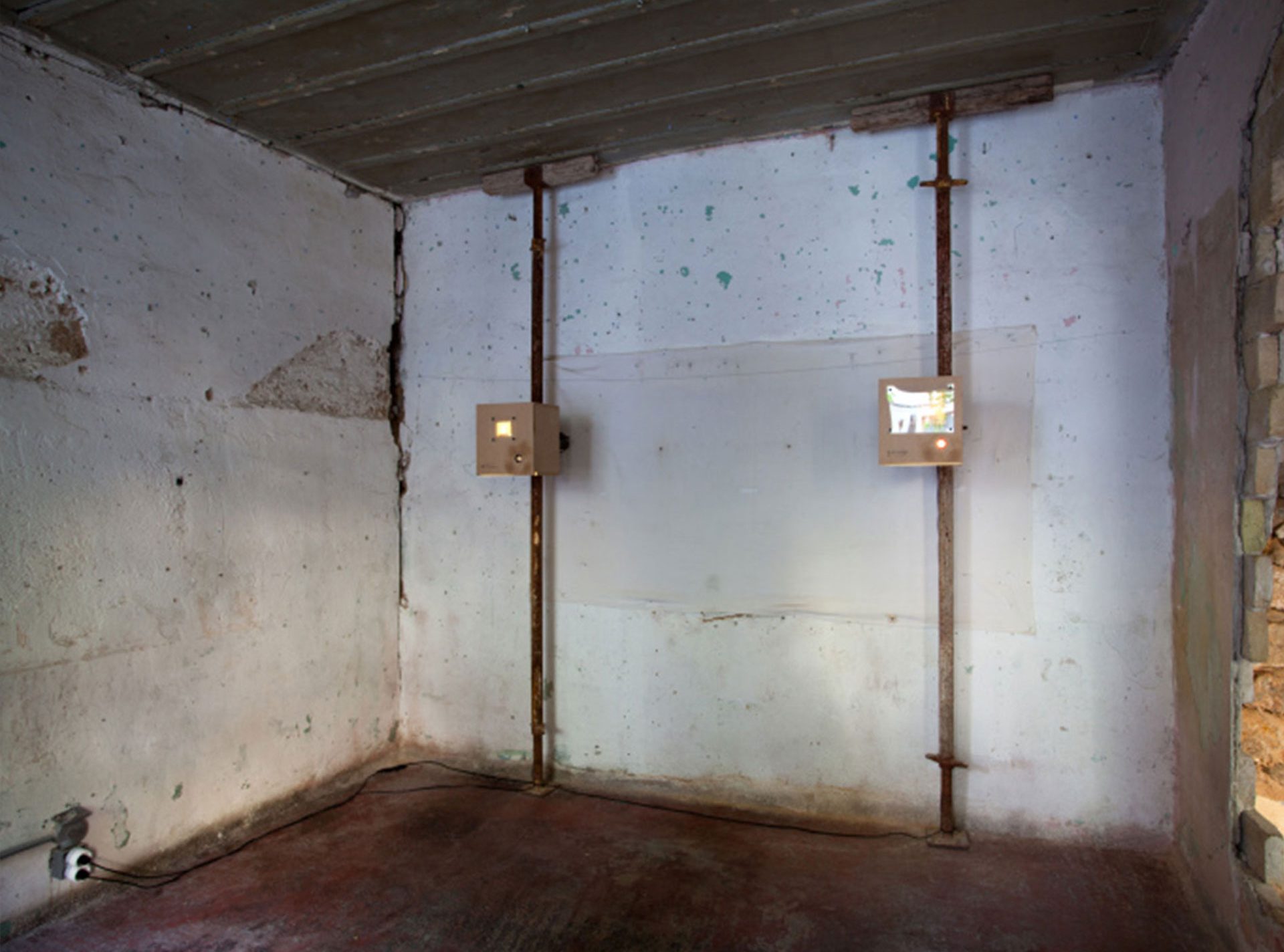
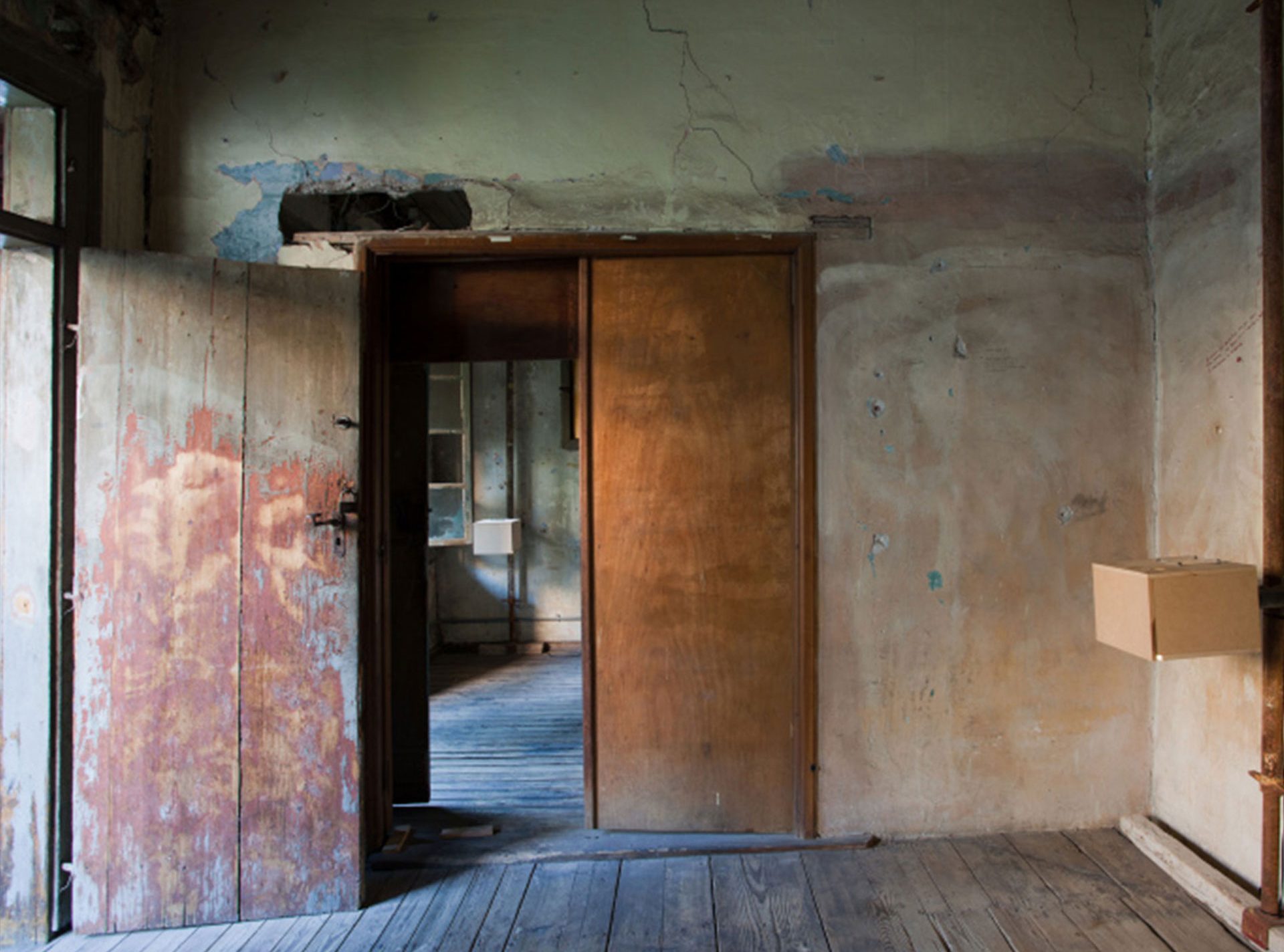

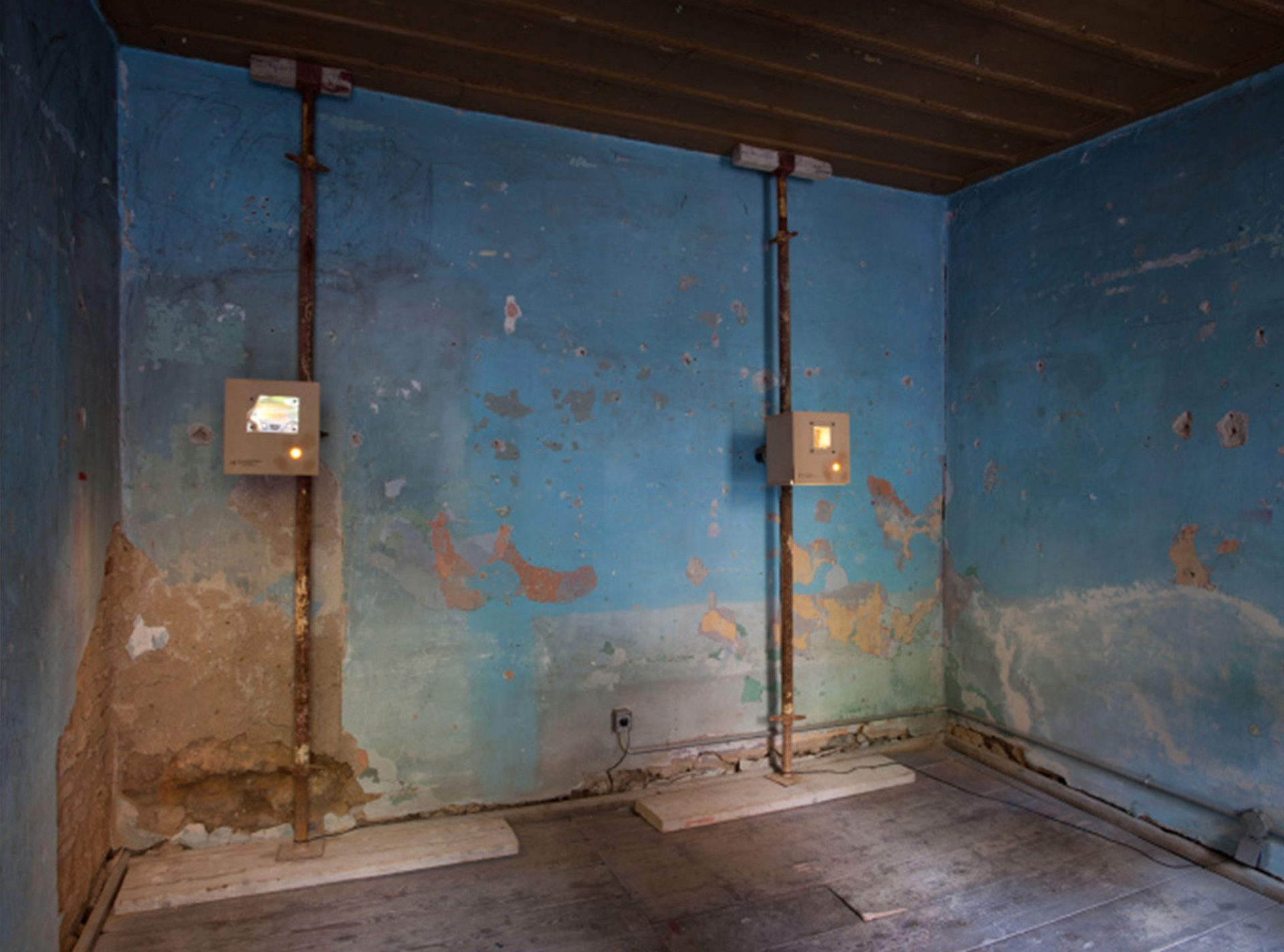
The Archive
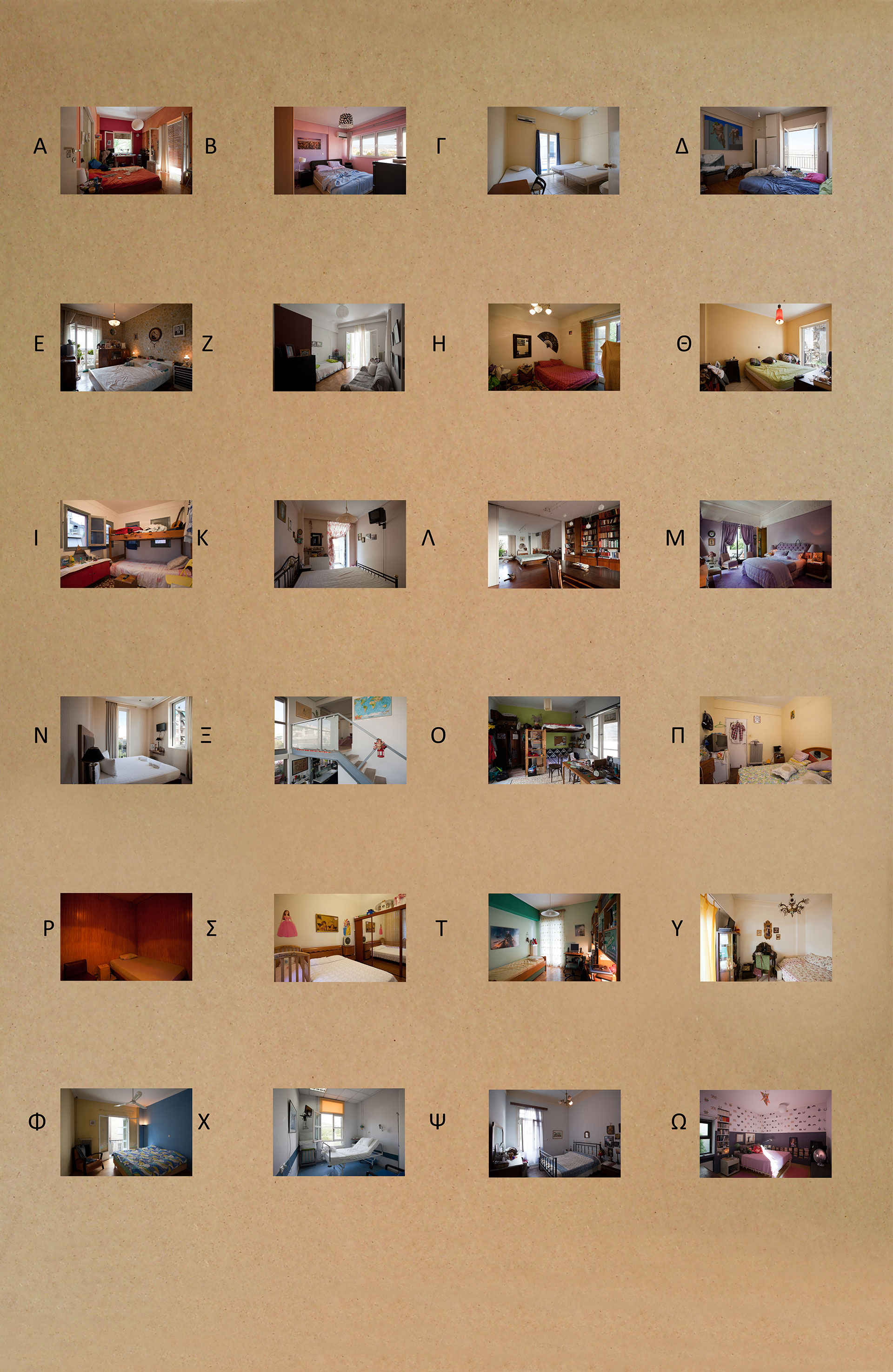


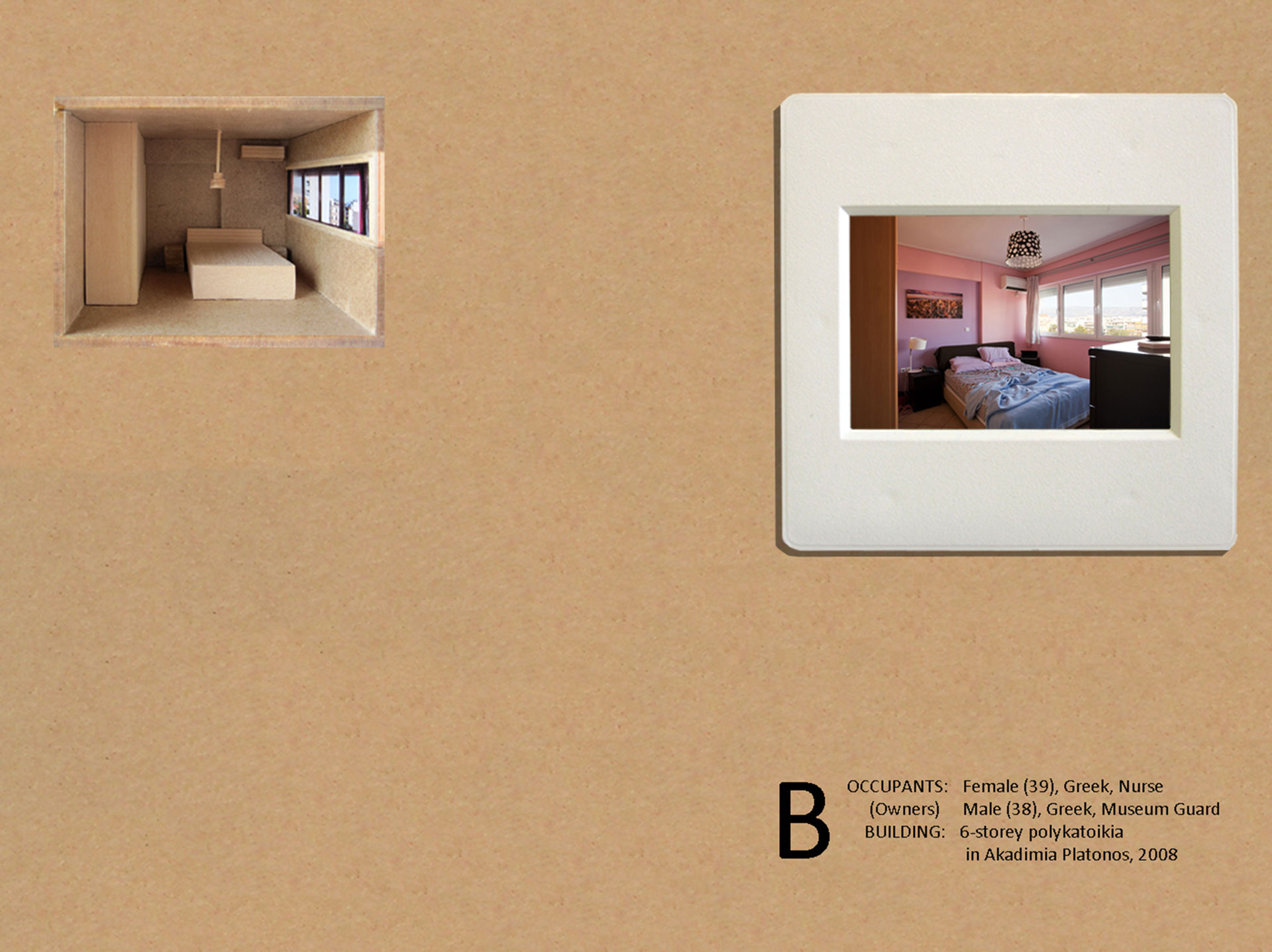
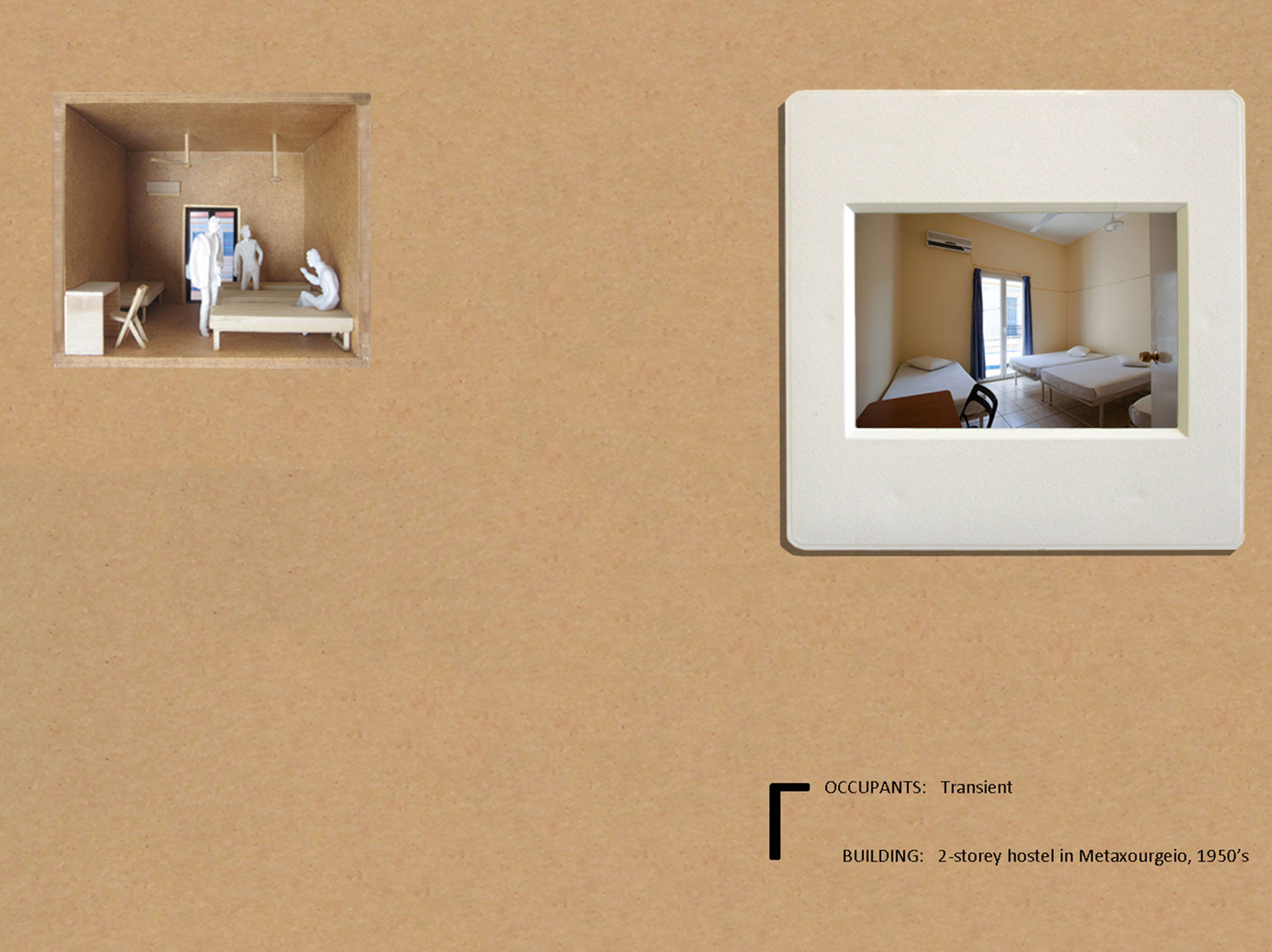

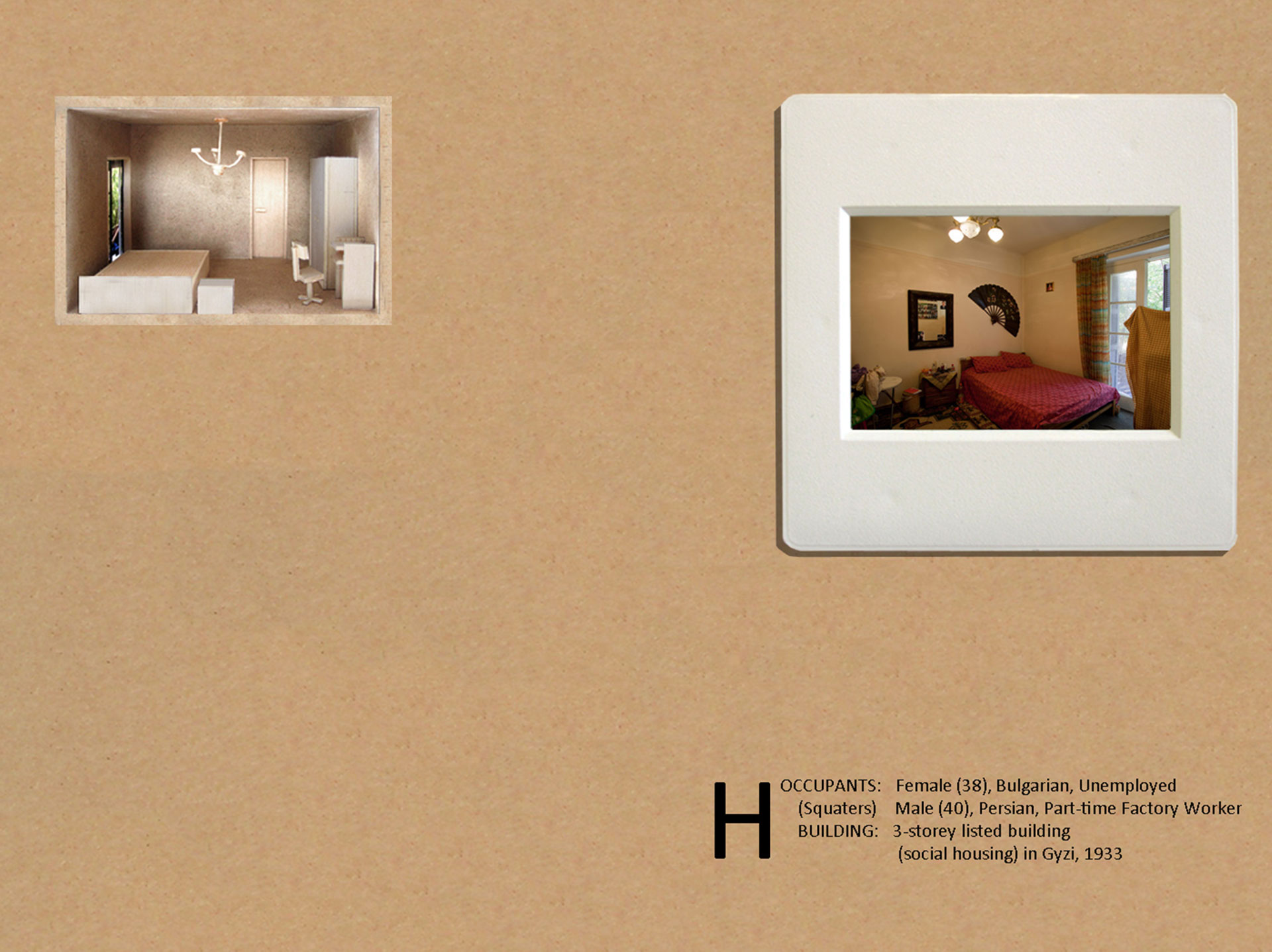

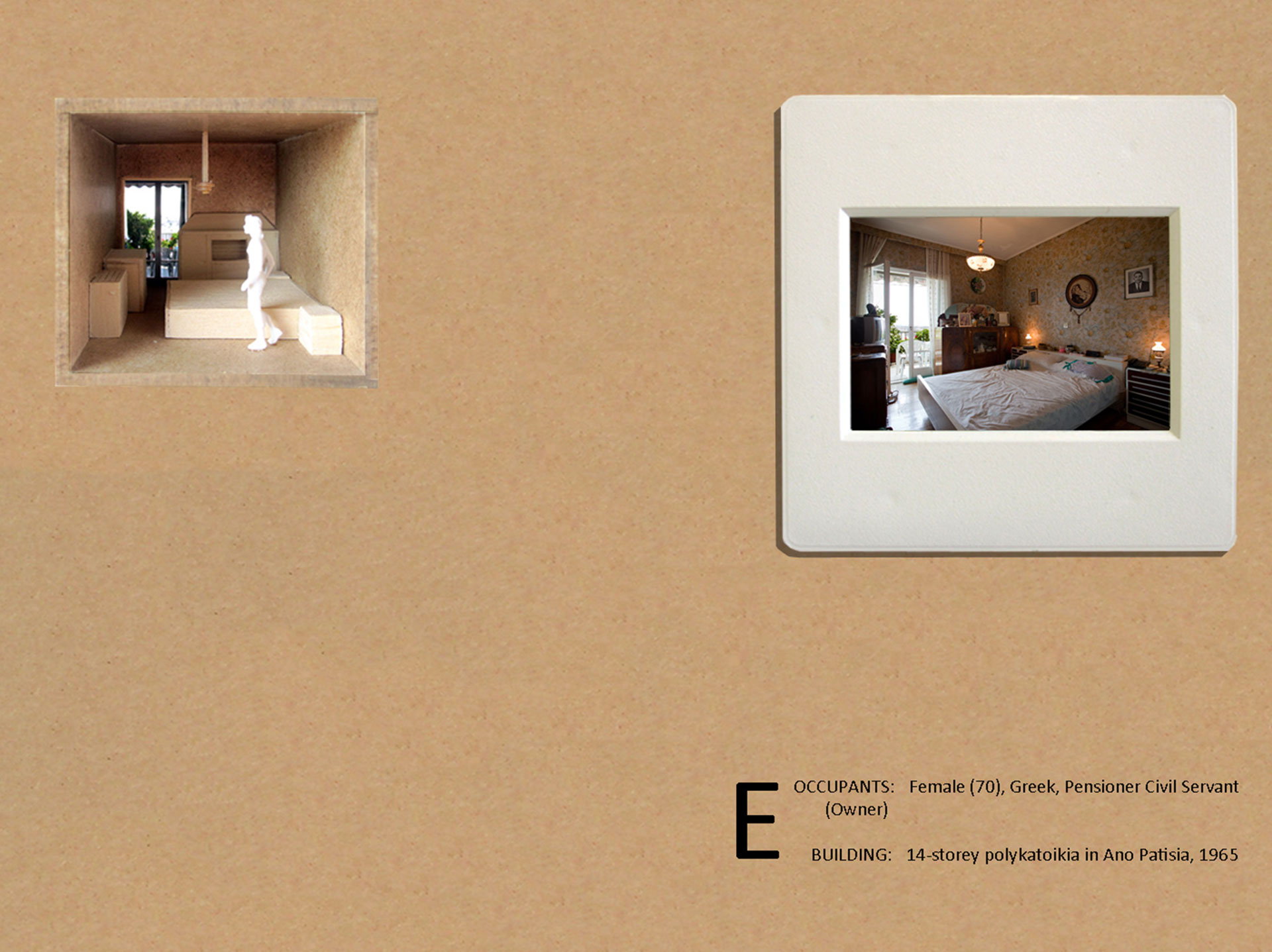

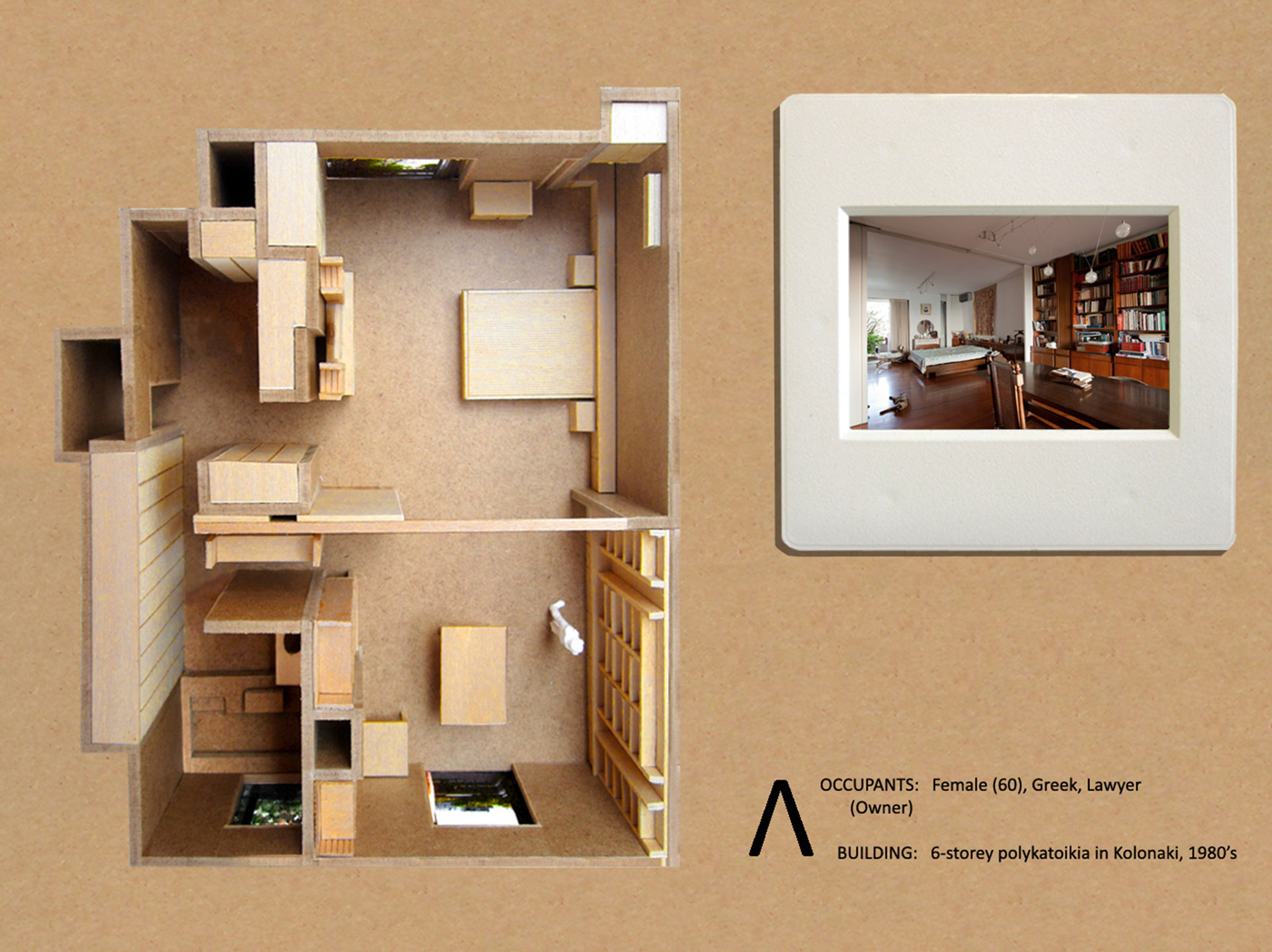

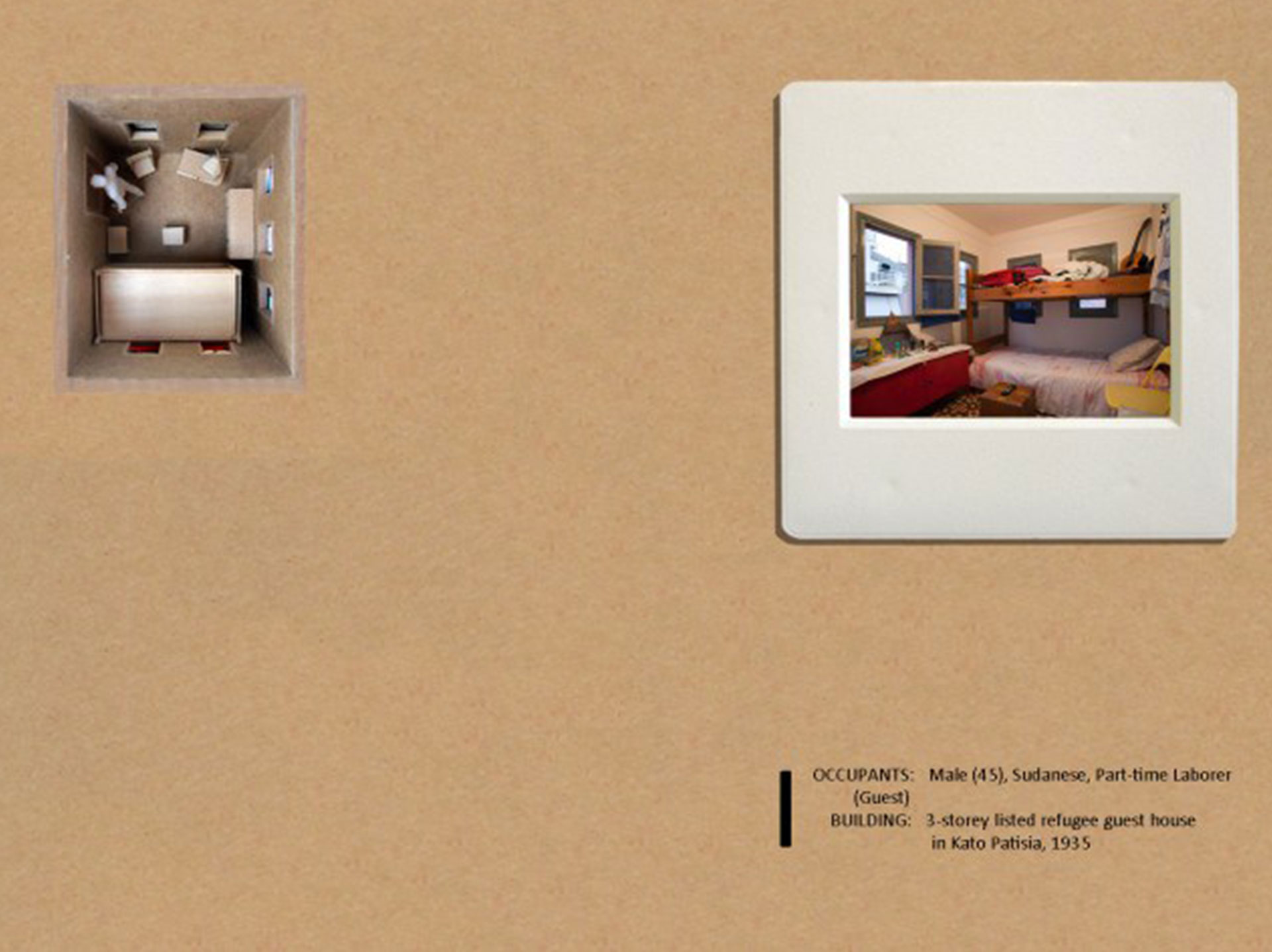
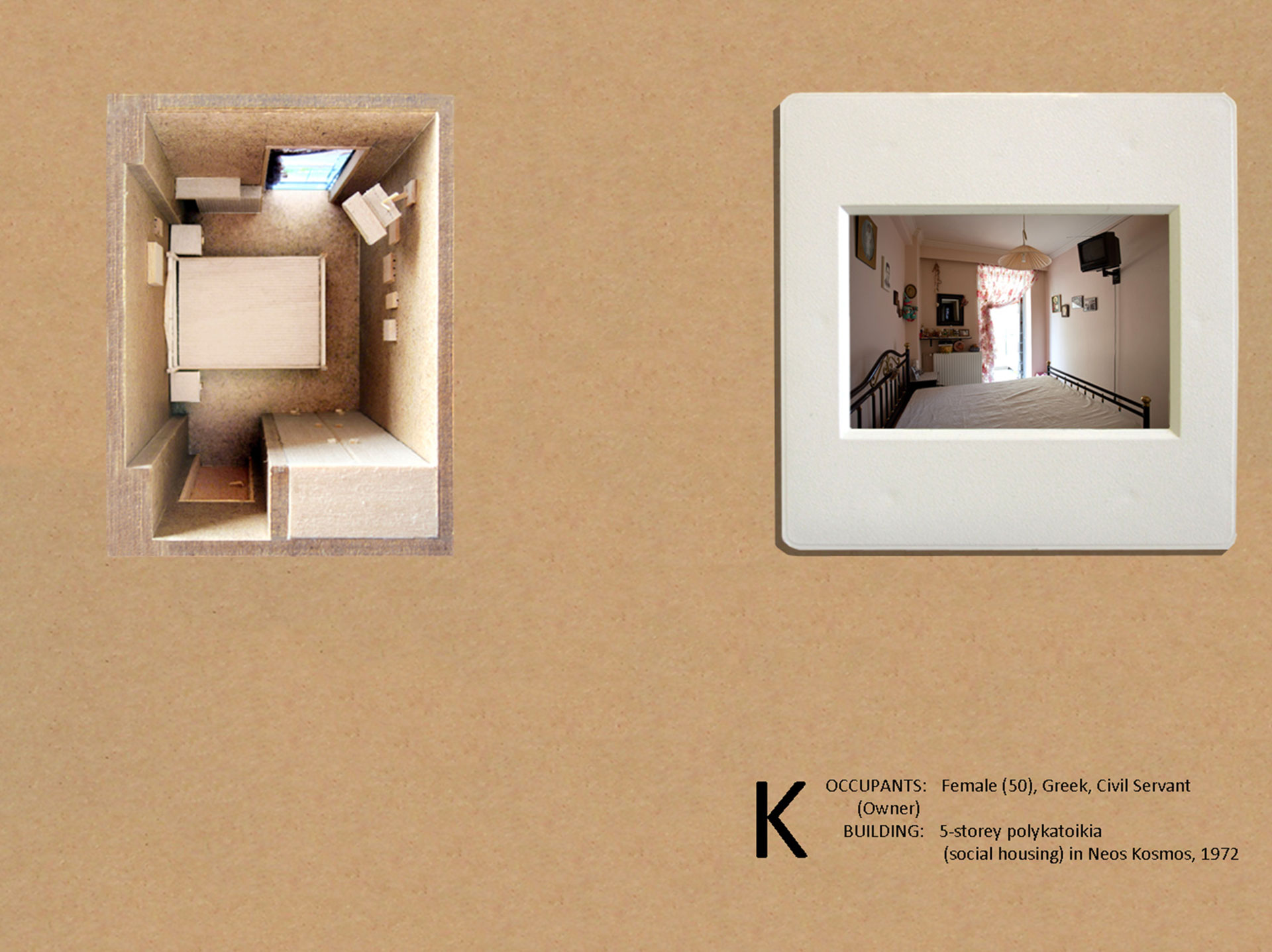

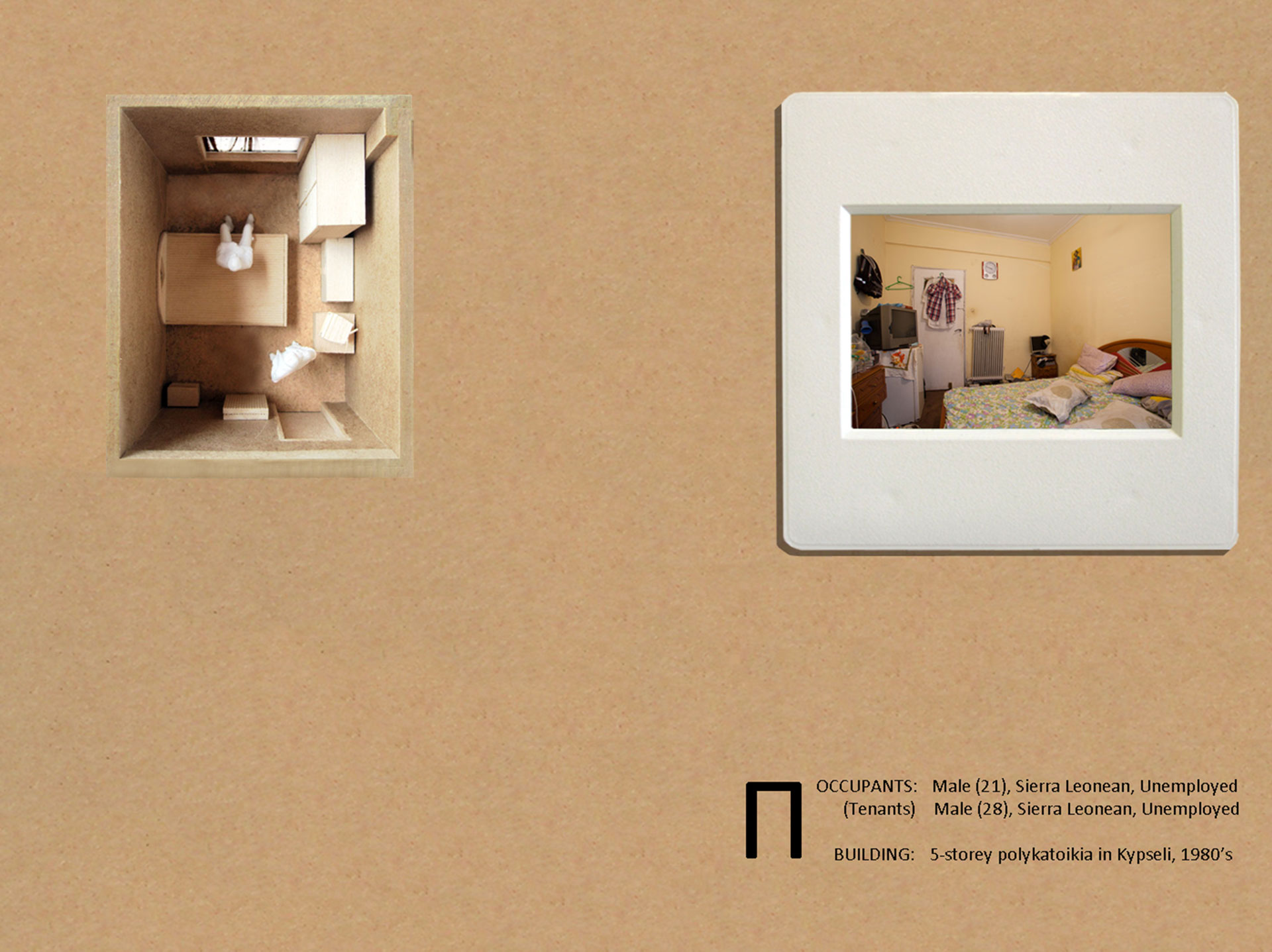
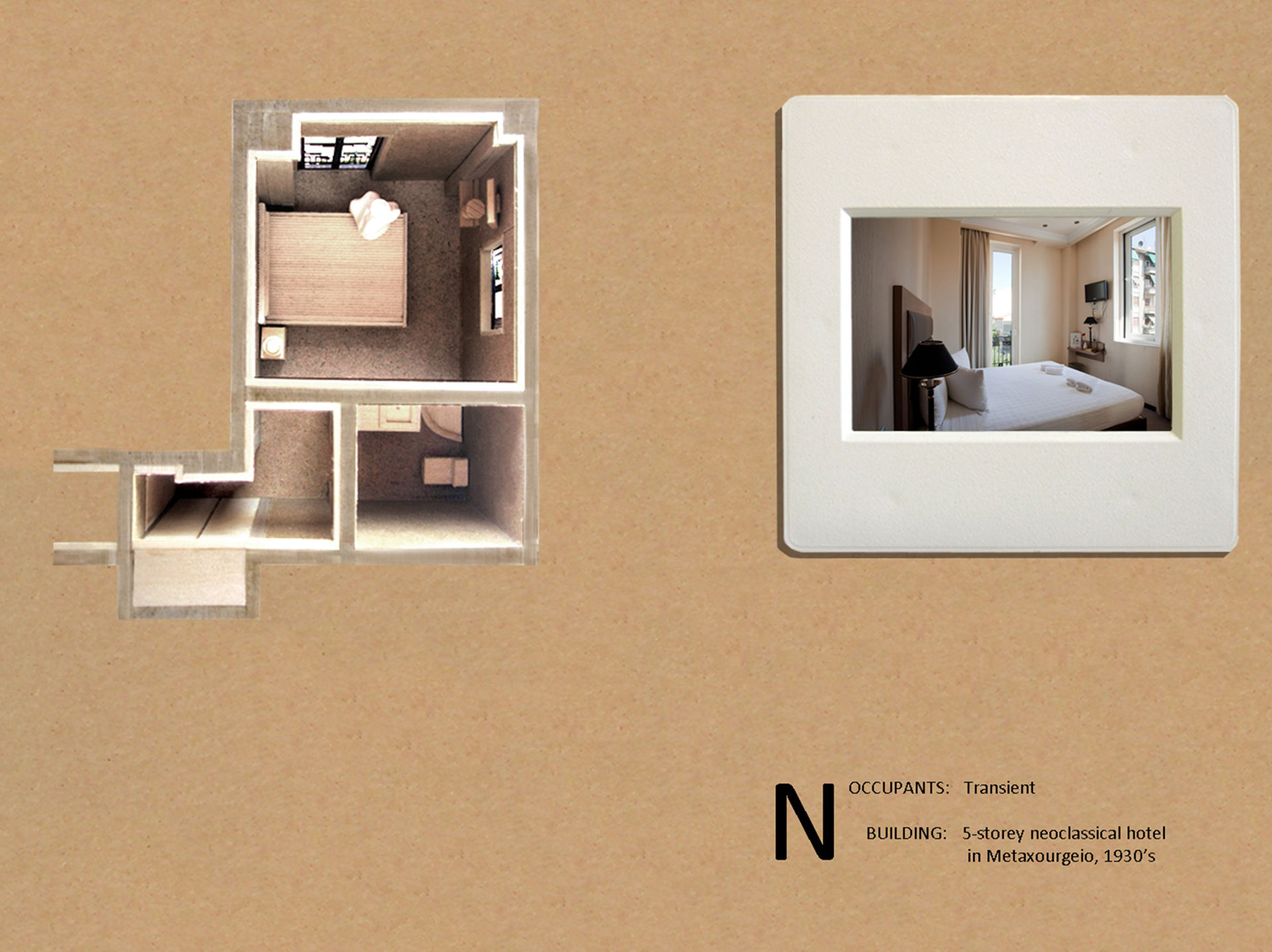
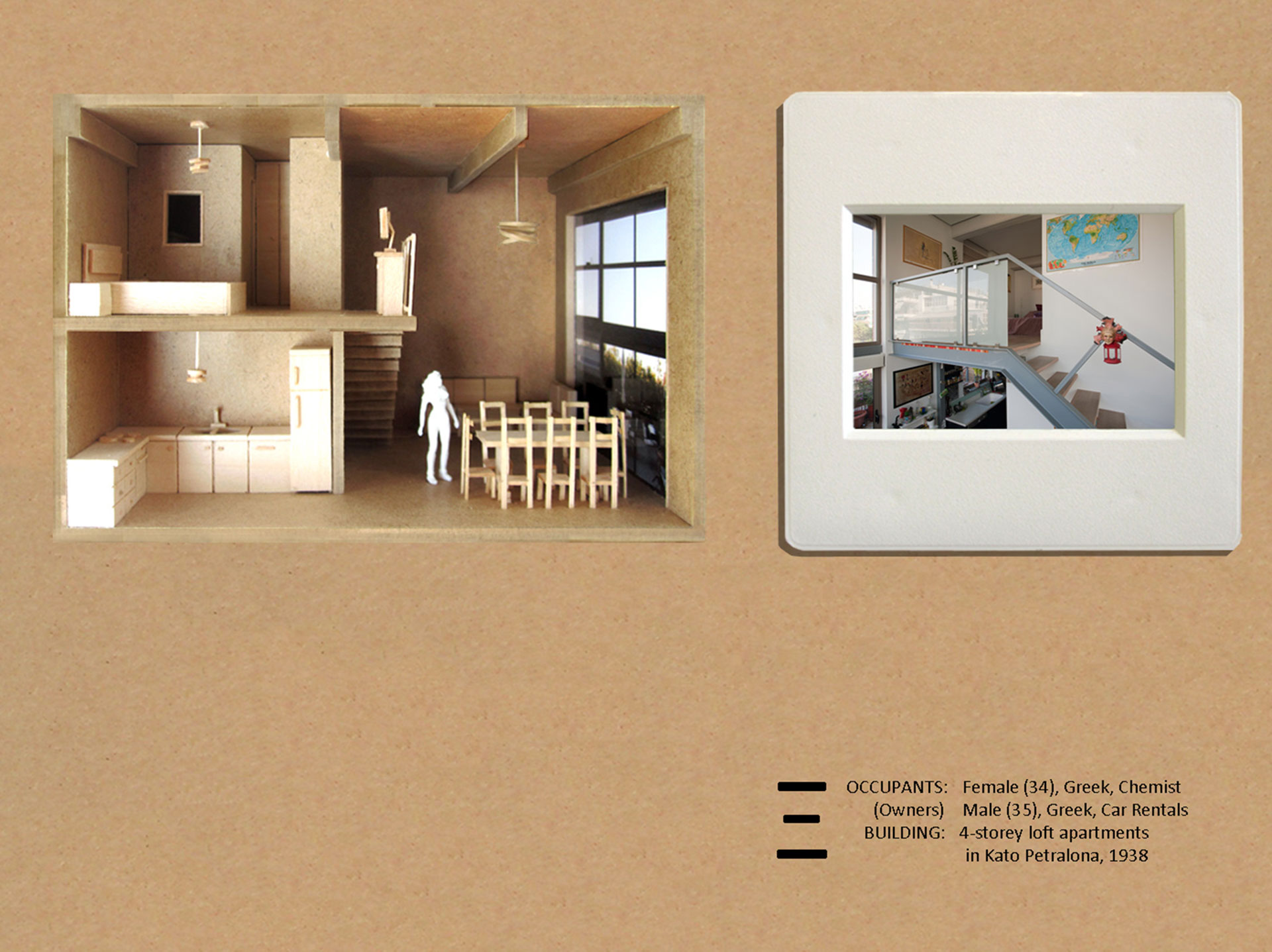
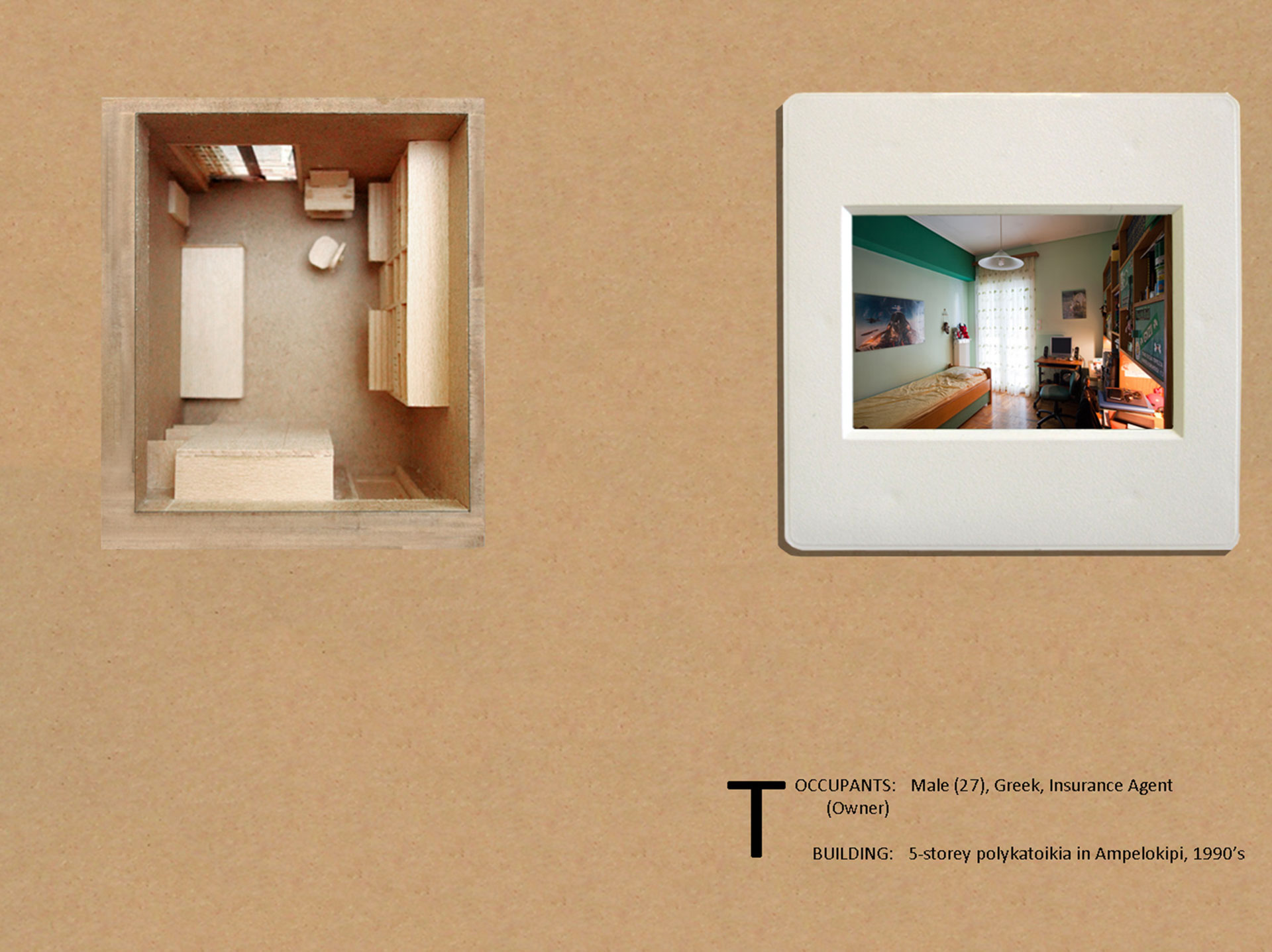

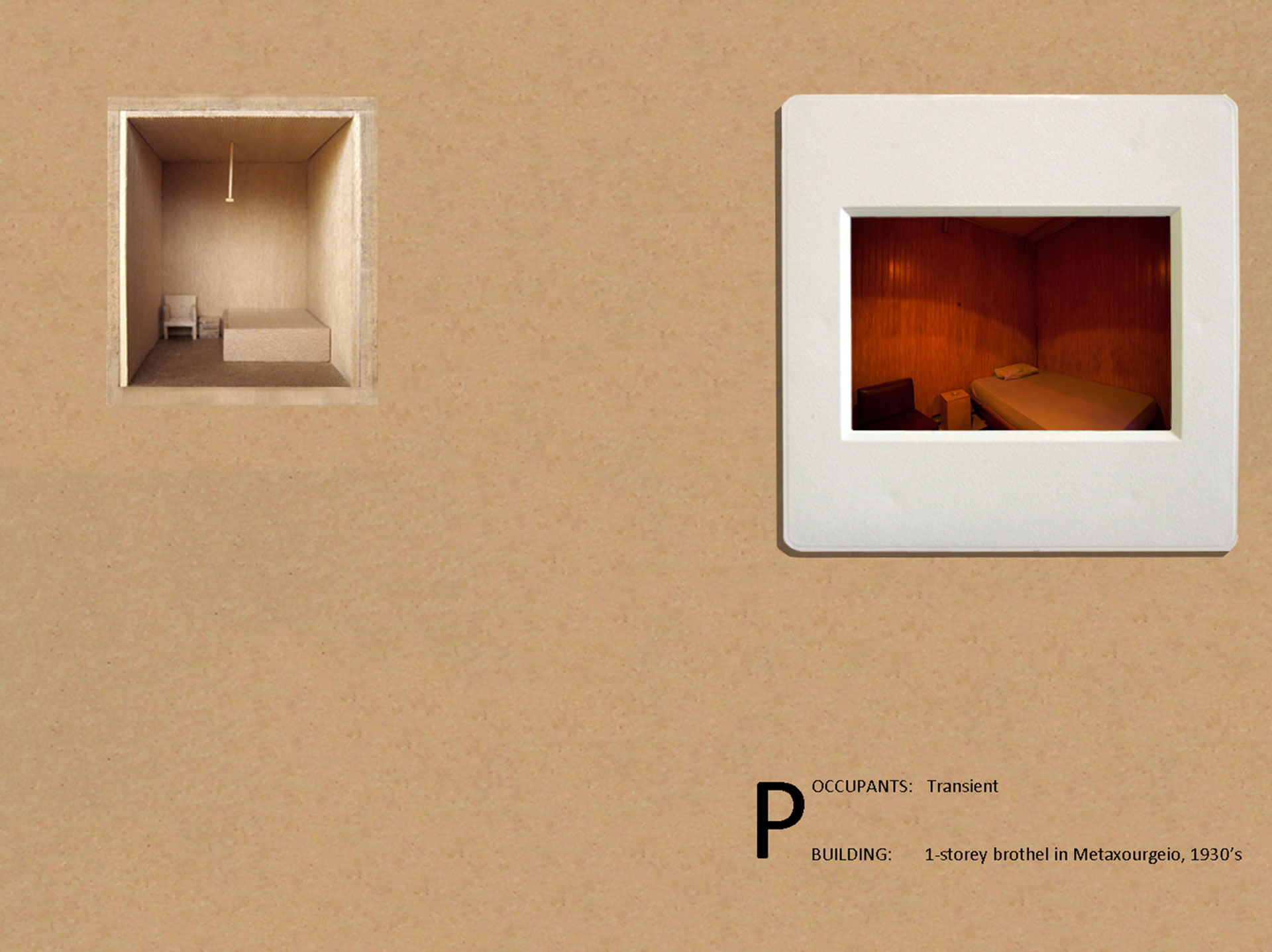
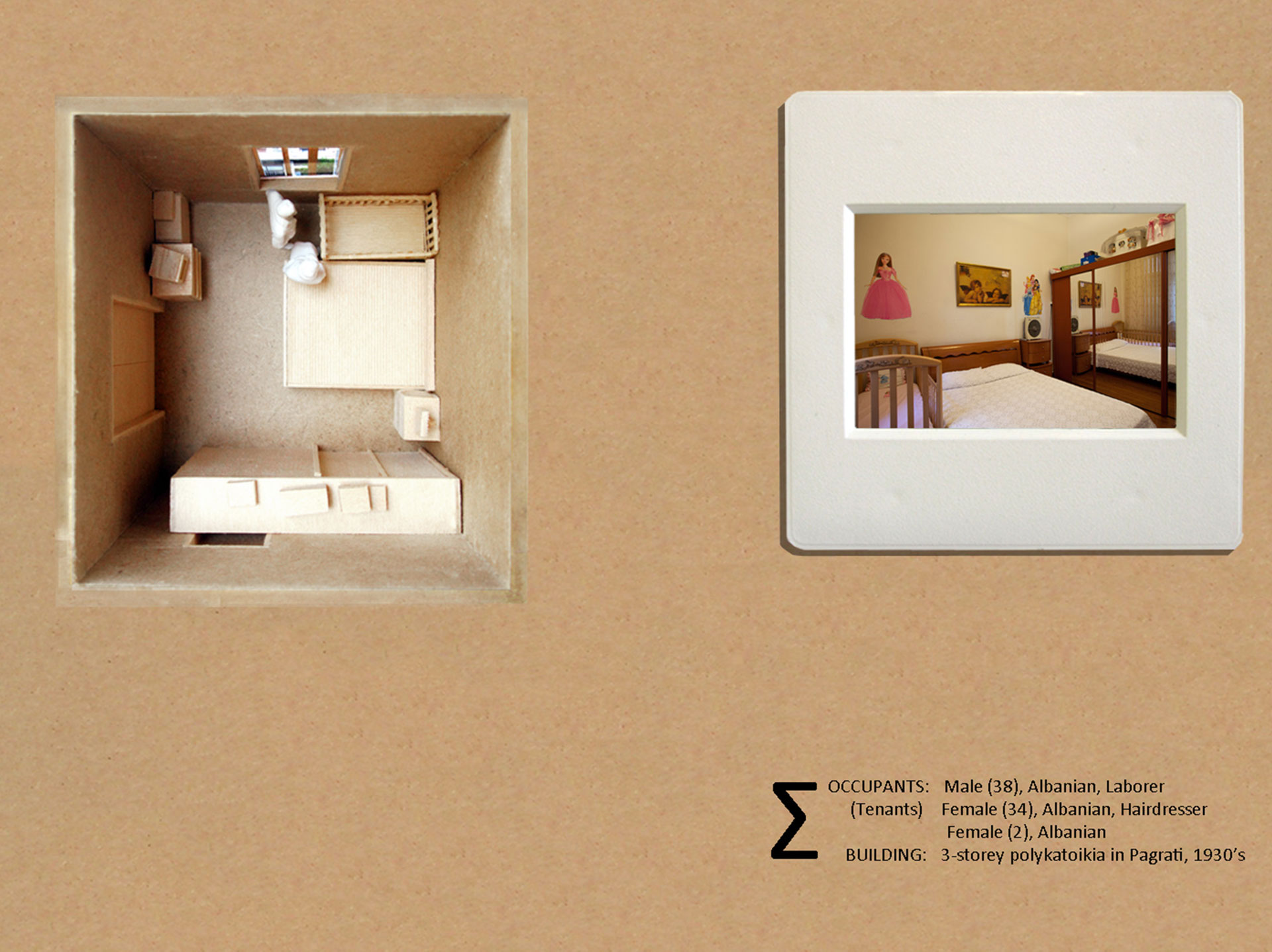
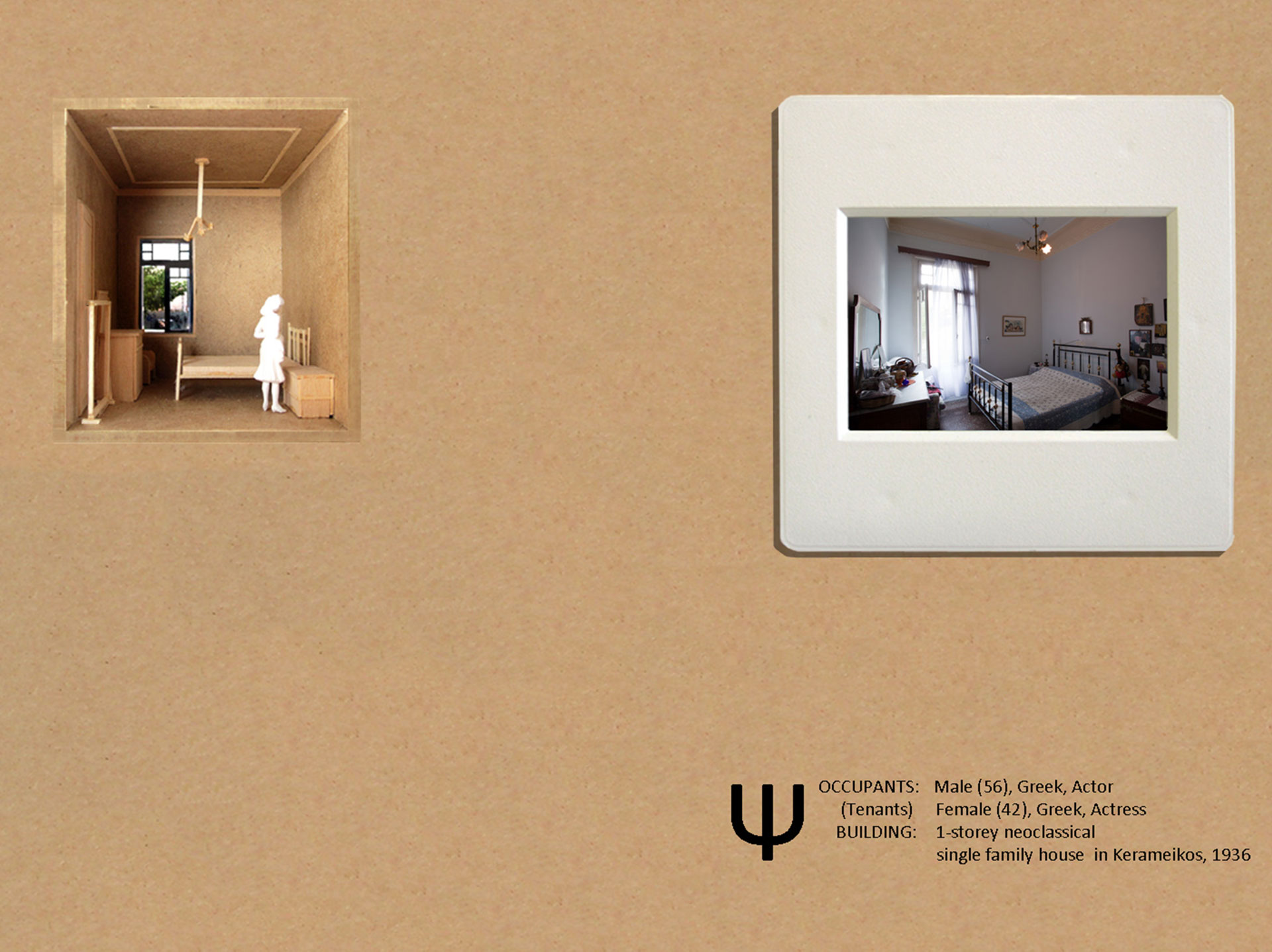
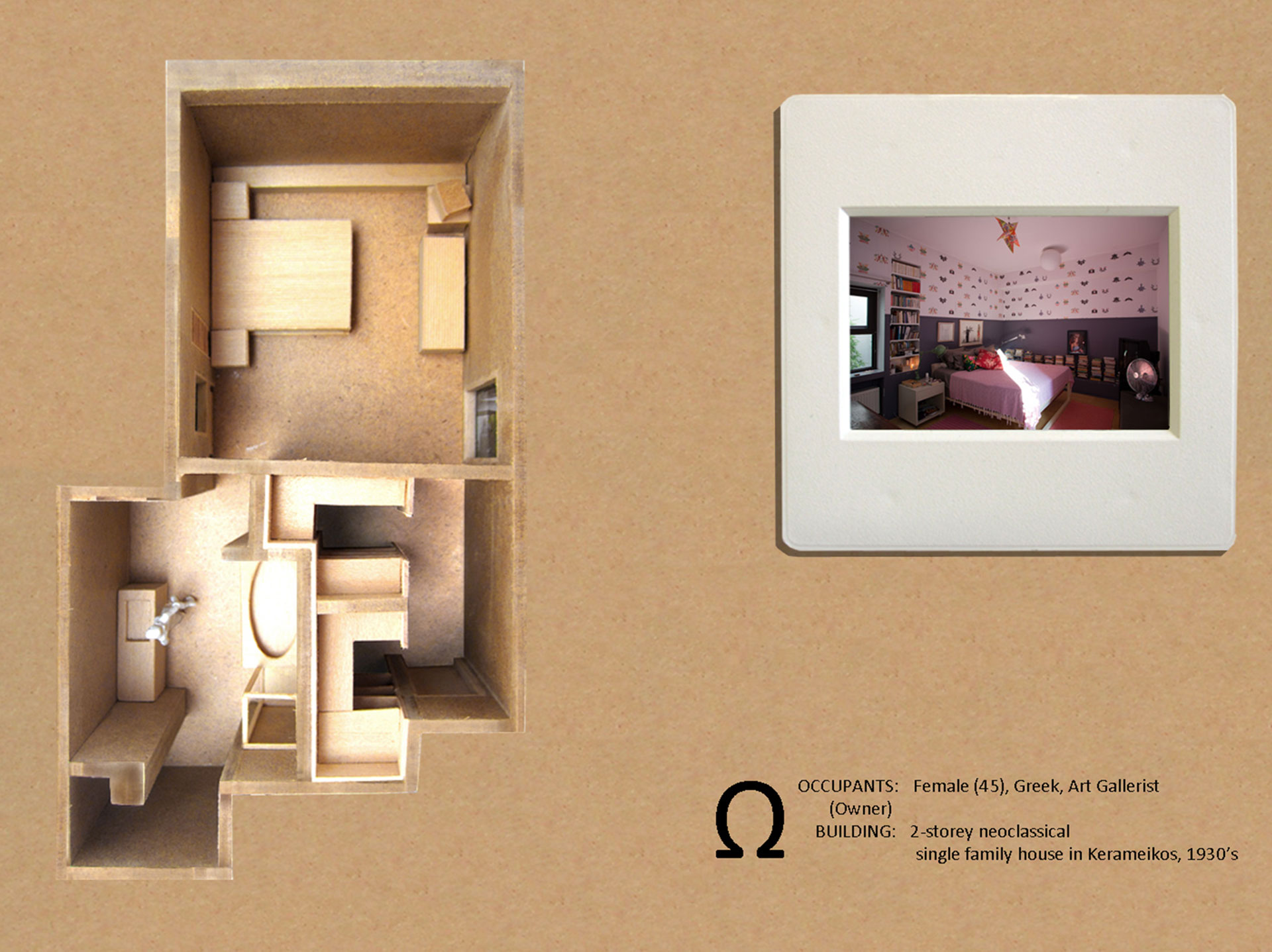
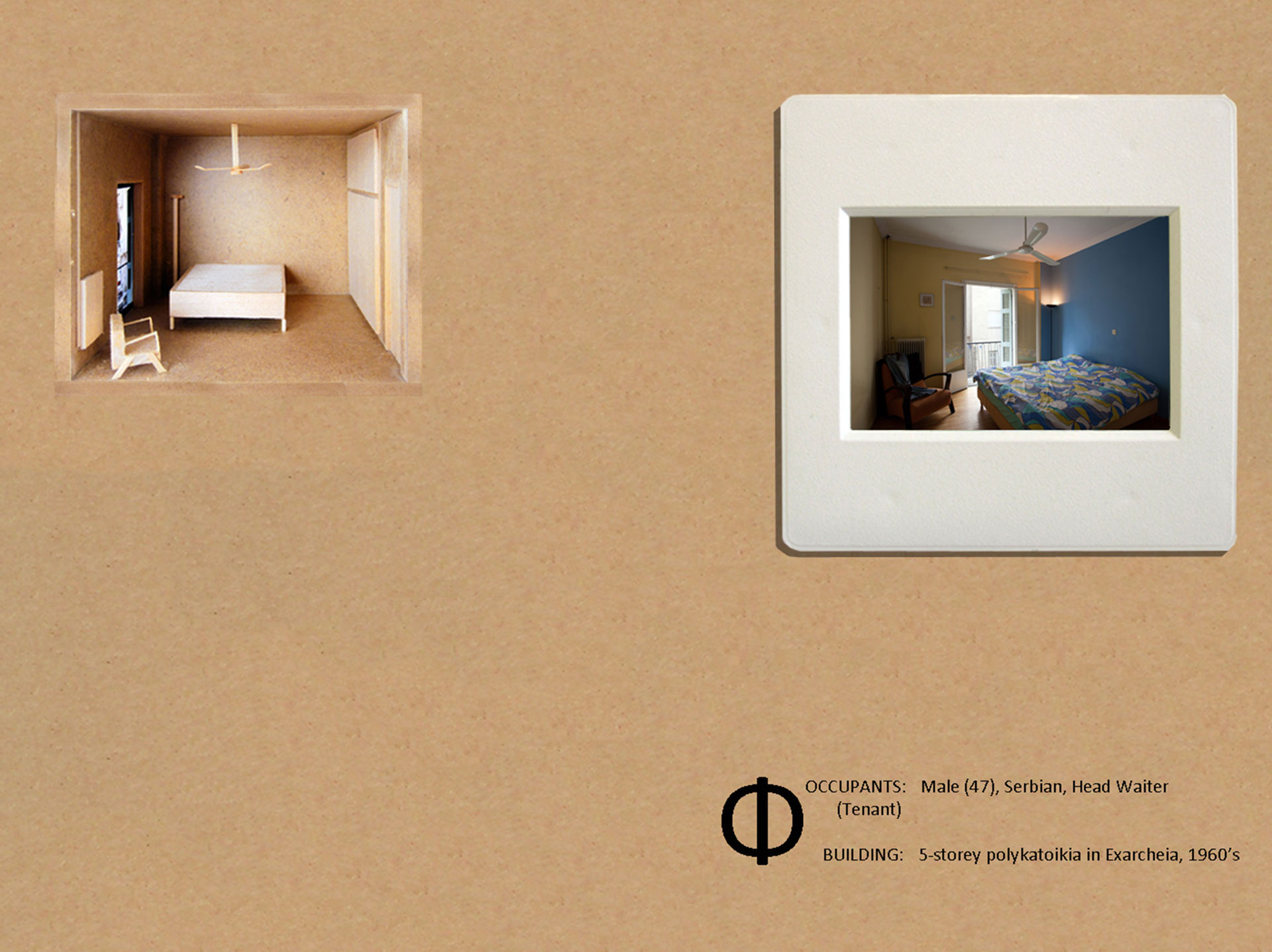
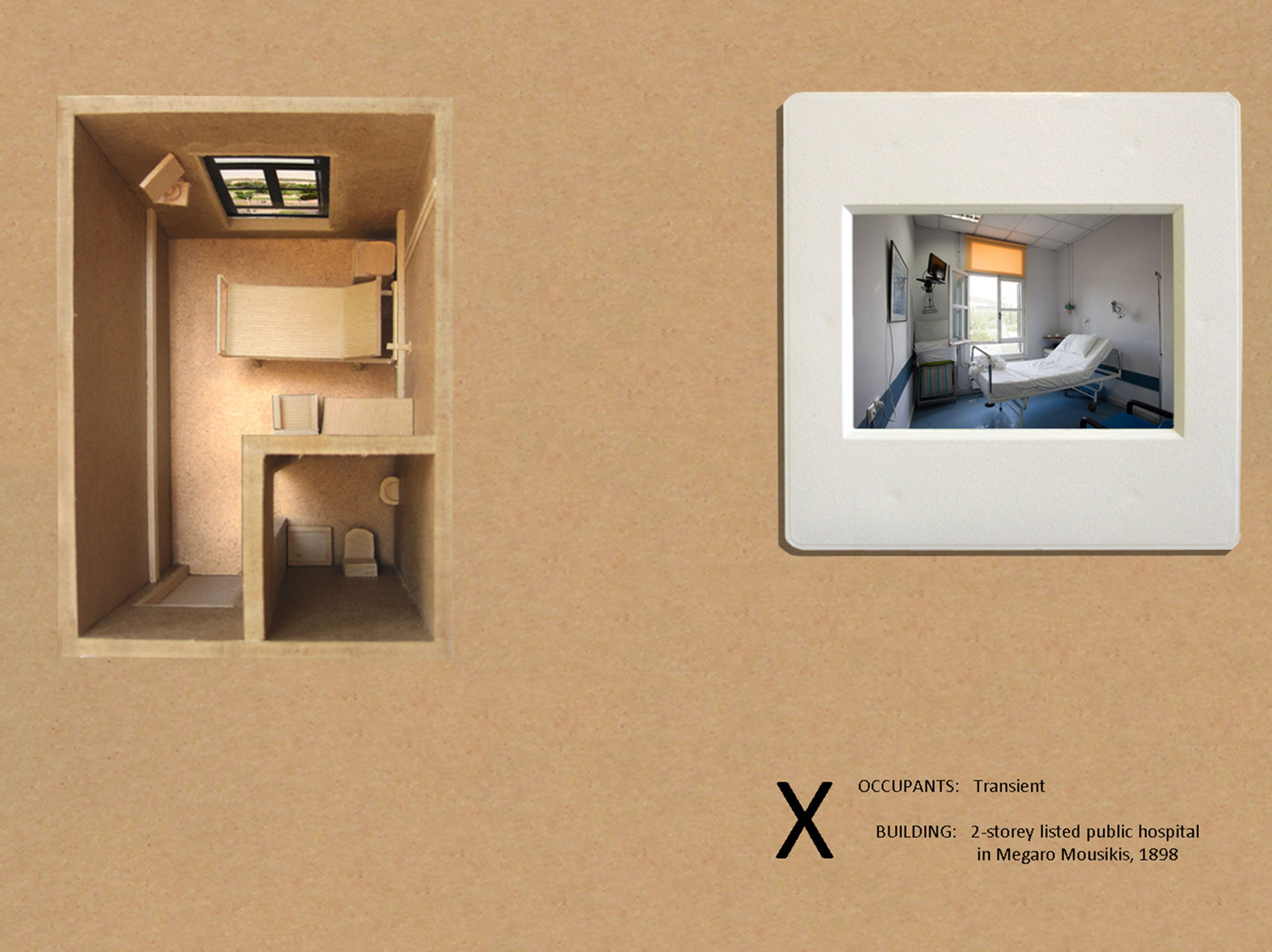


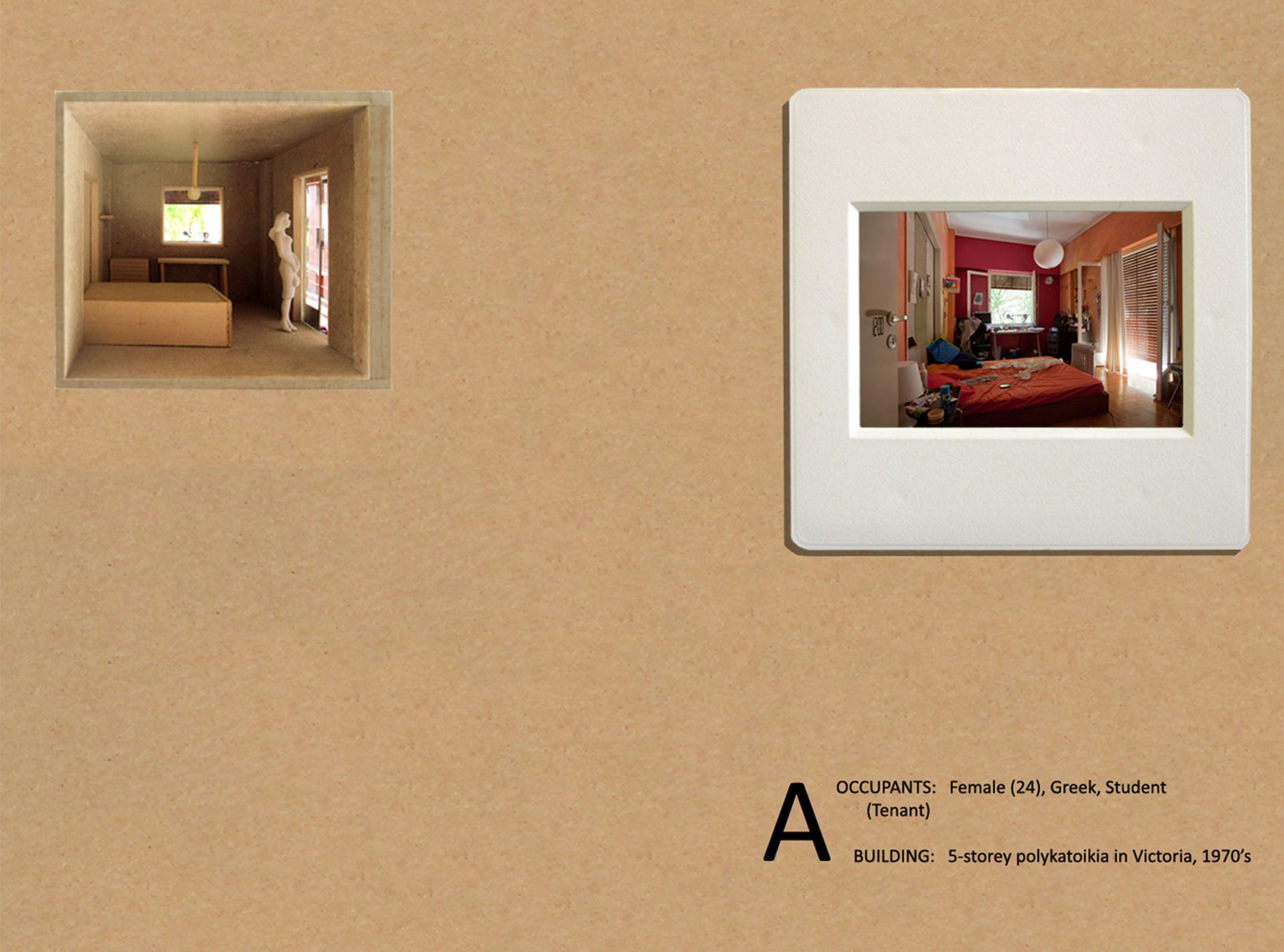

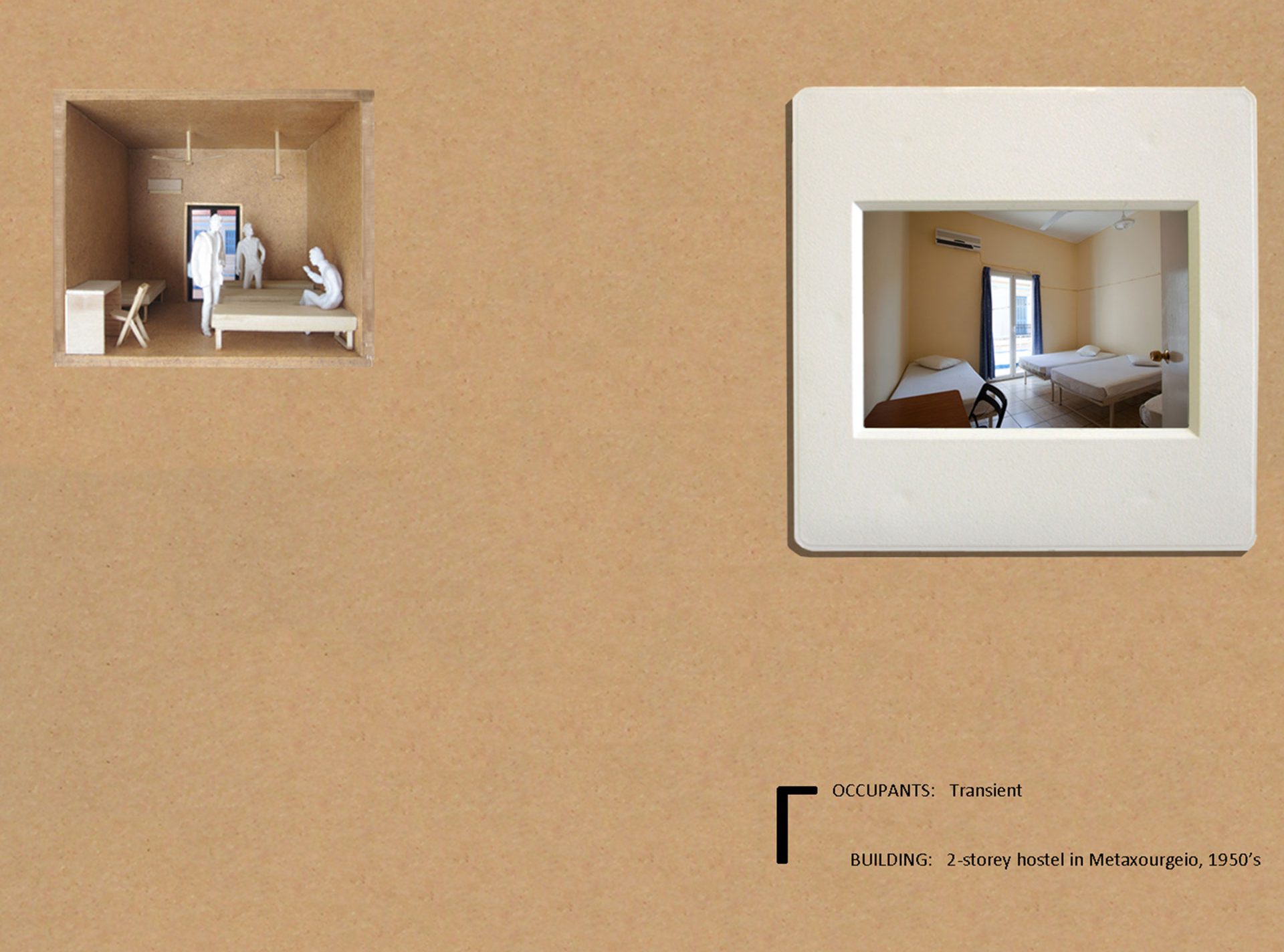
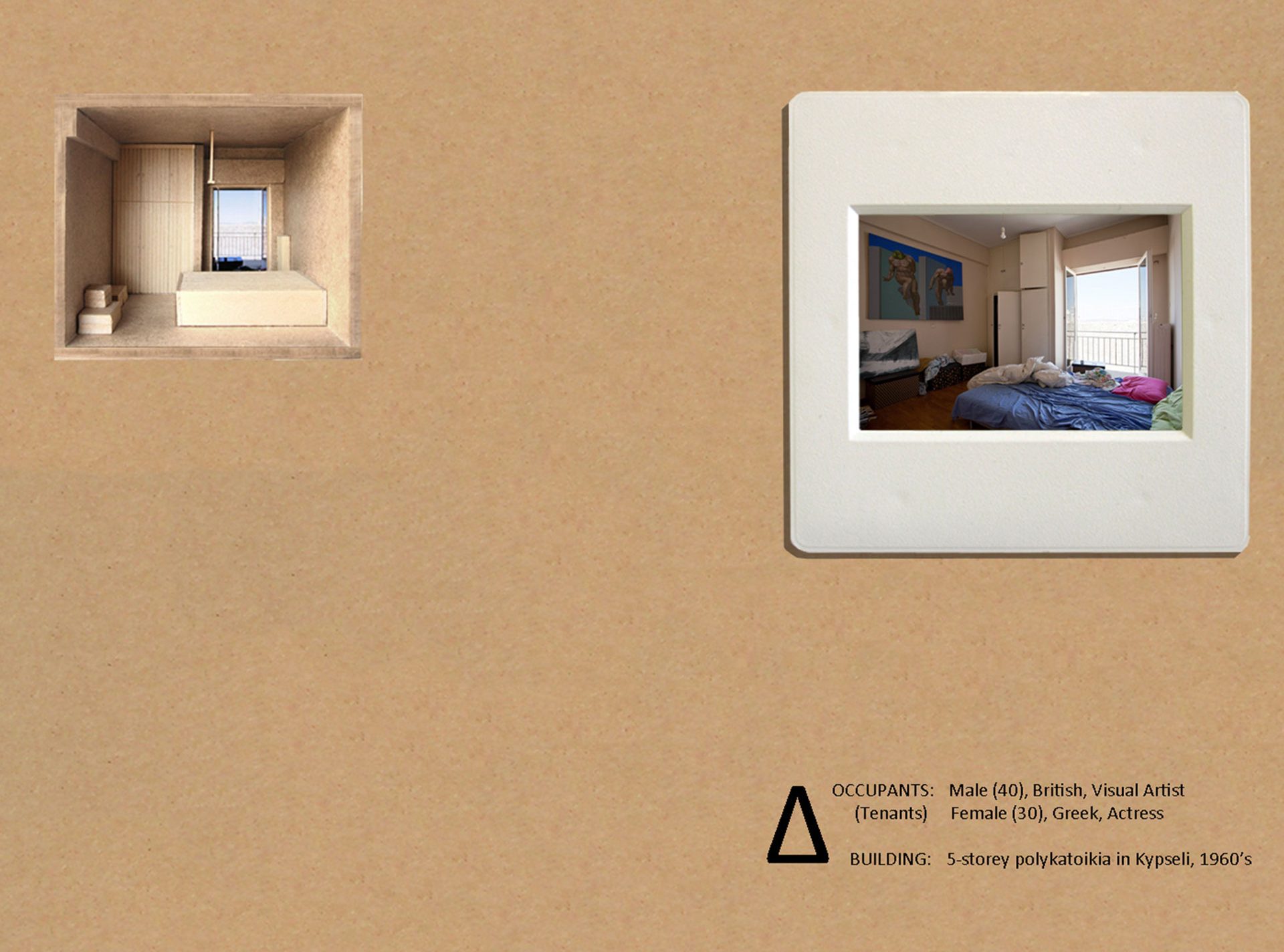

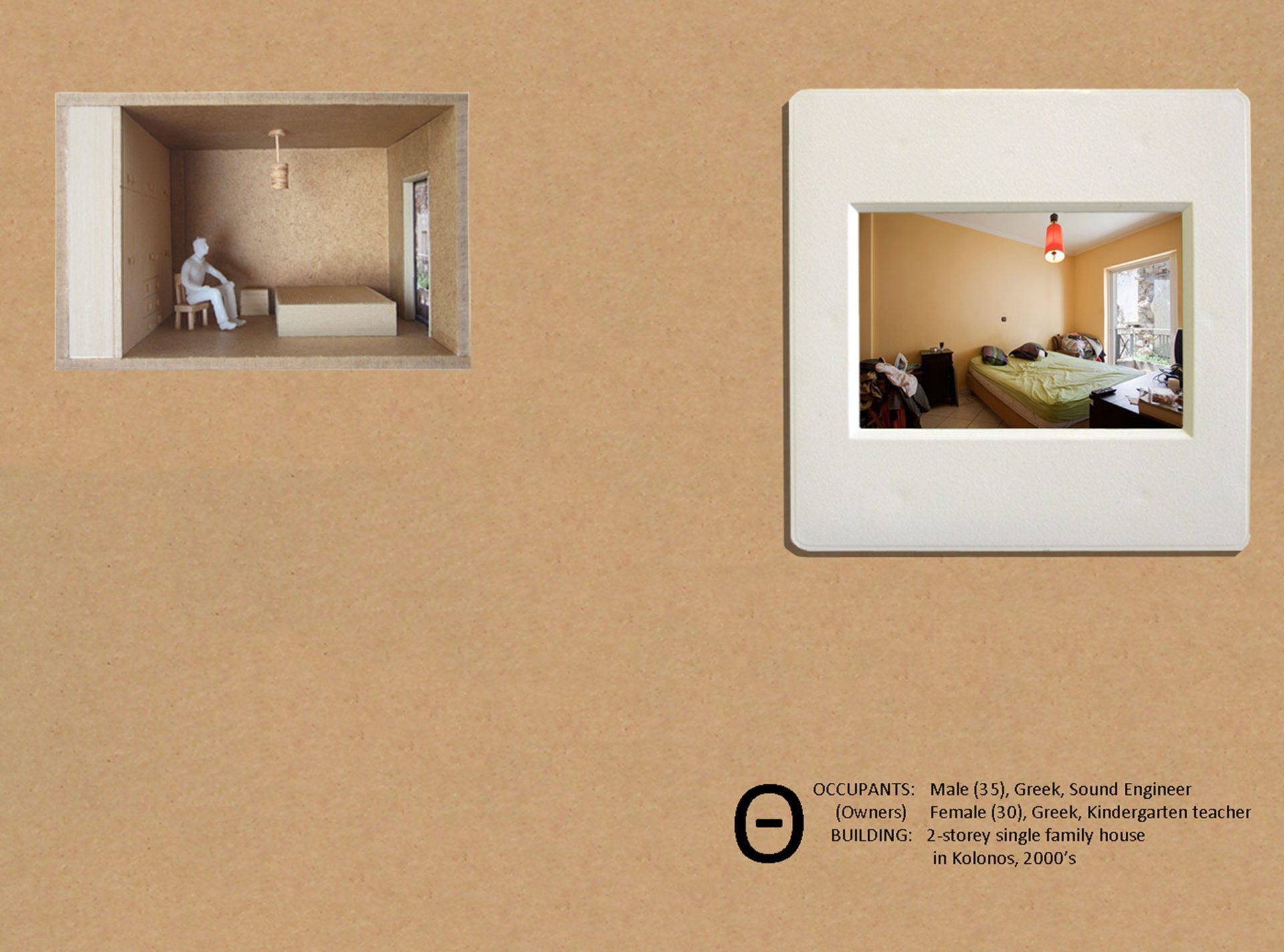


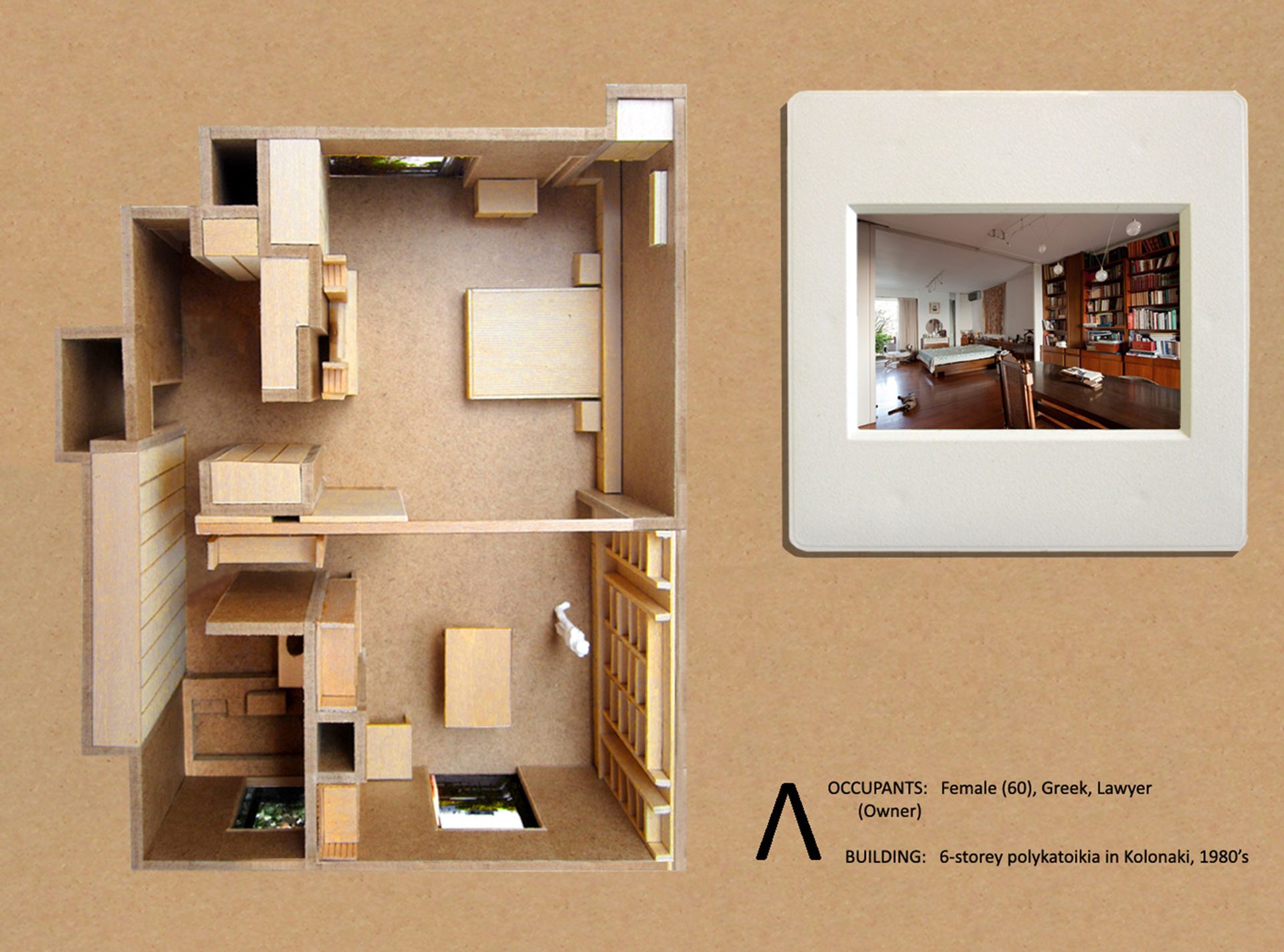
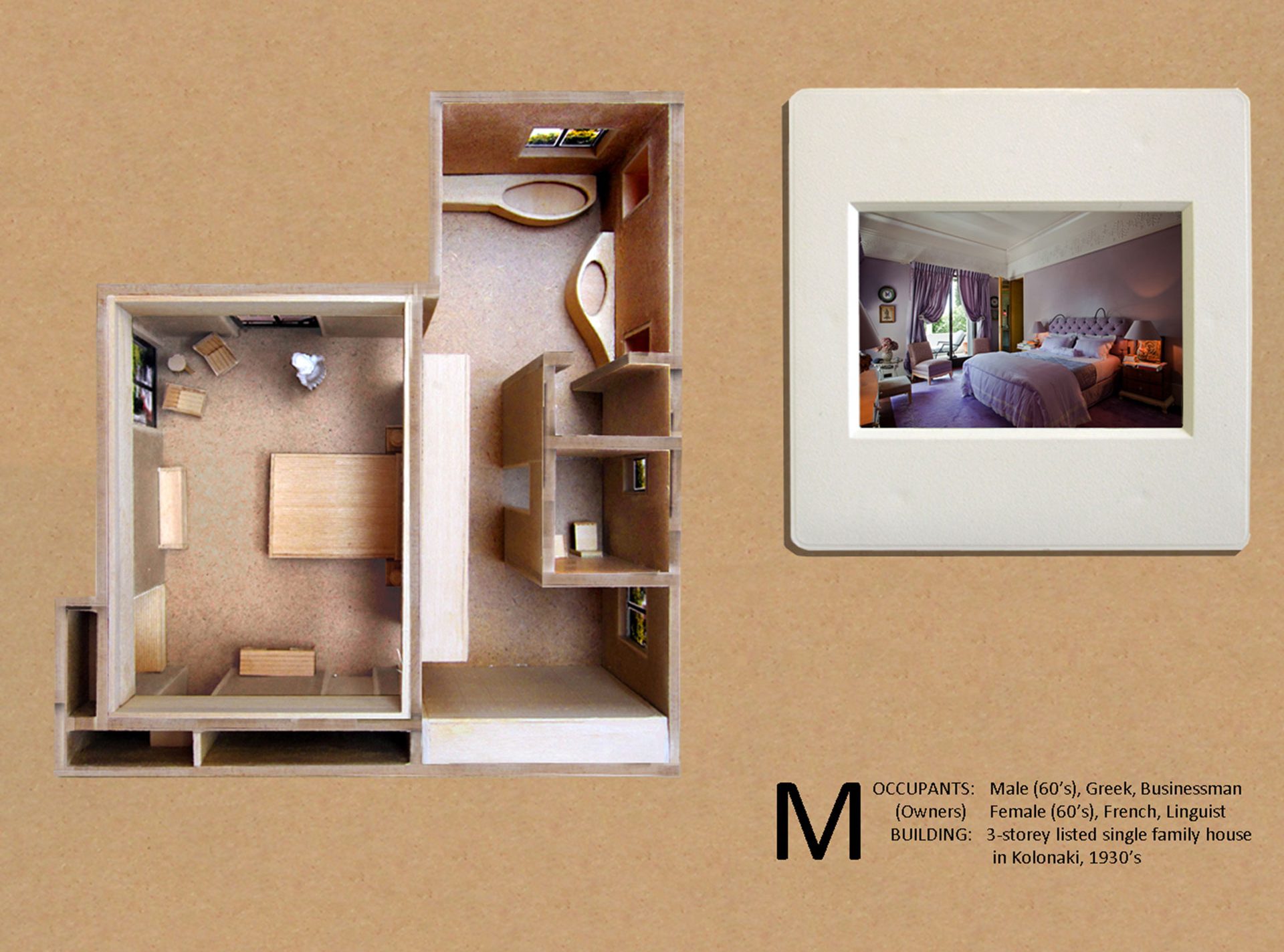
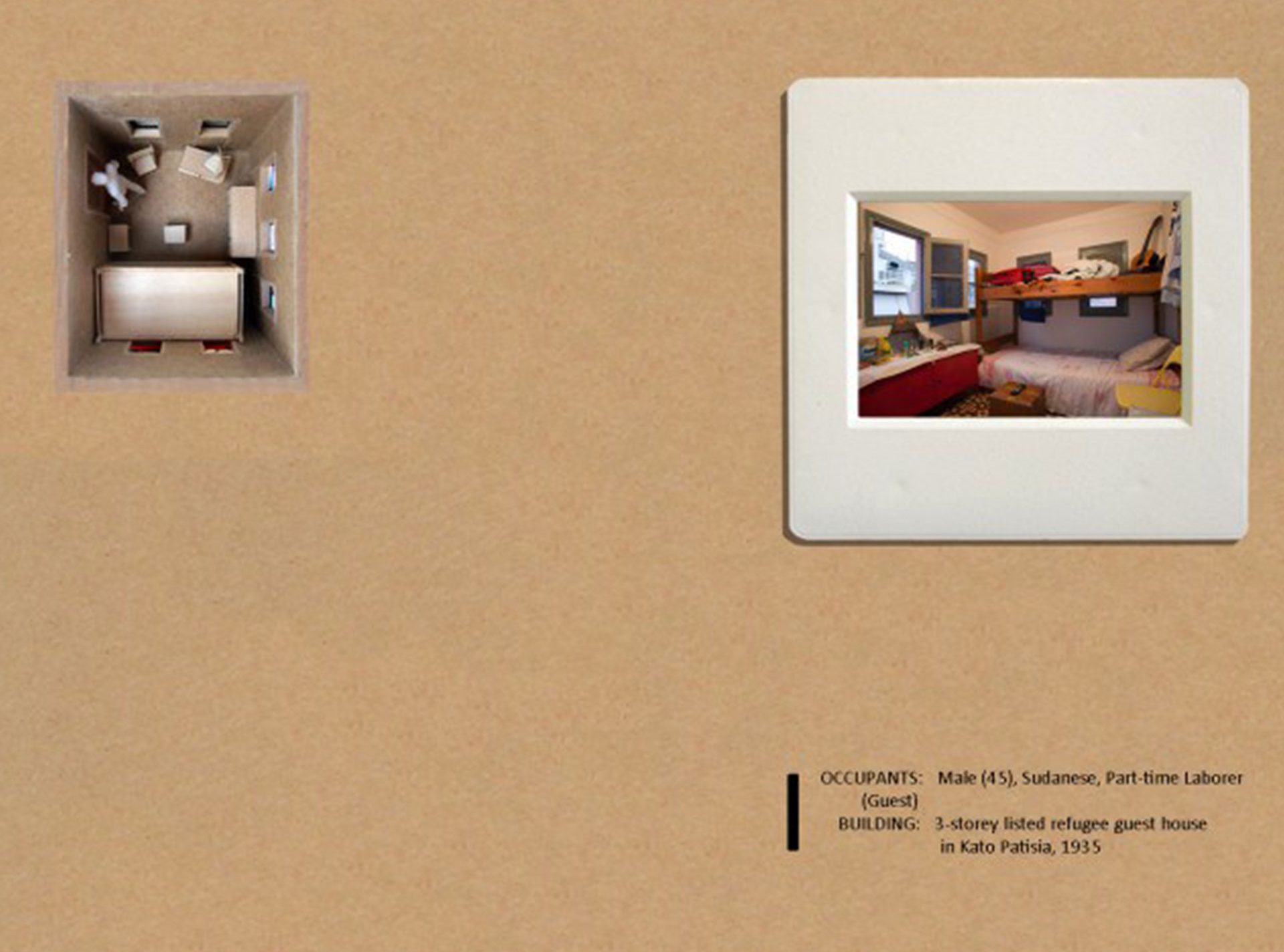
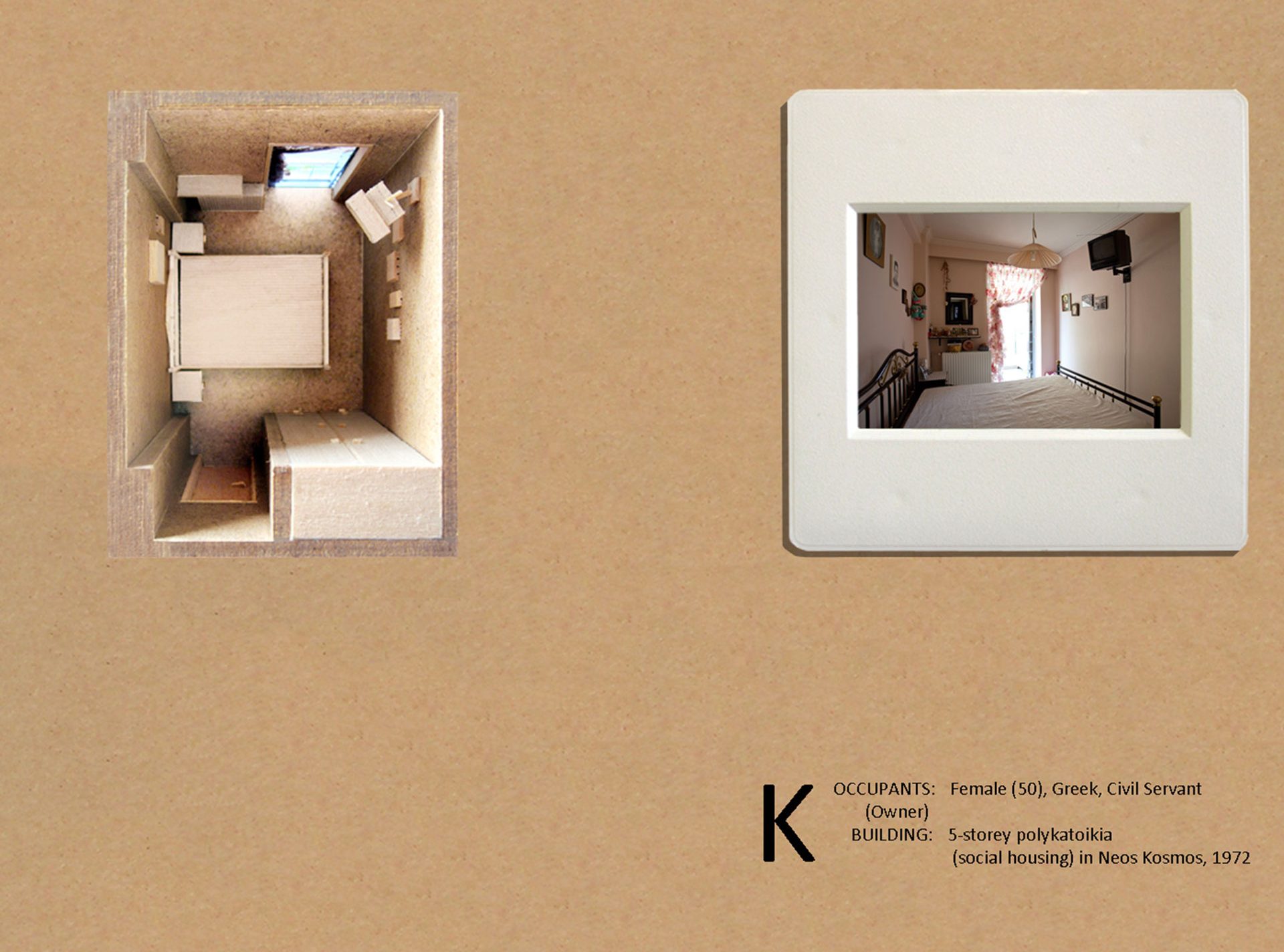



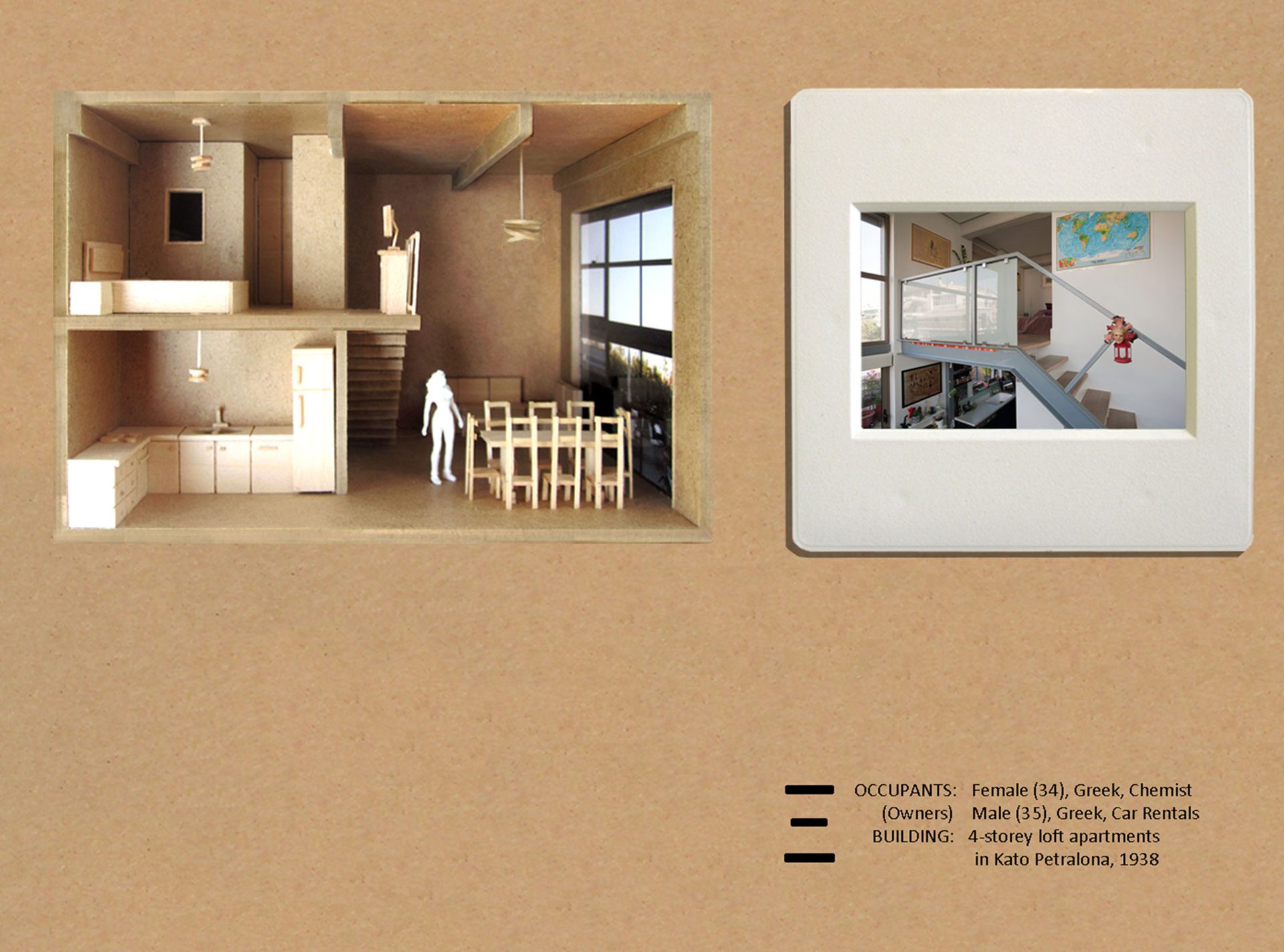
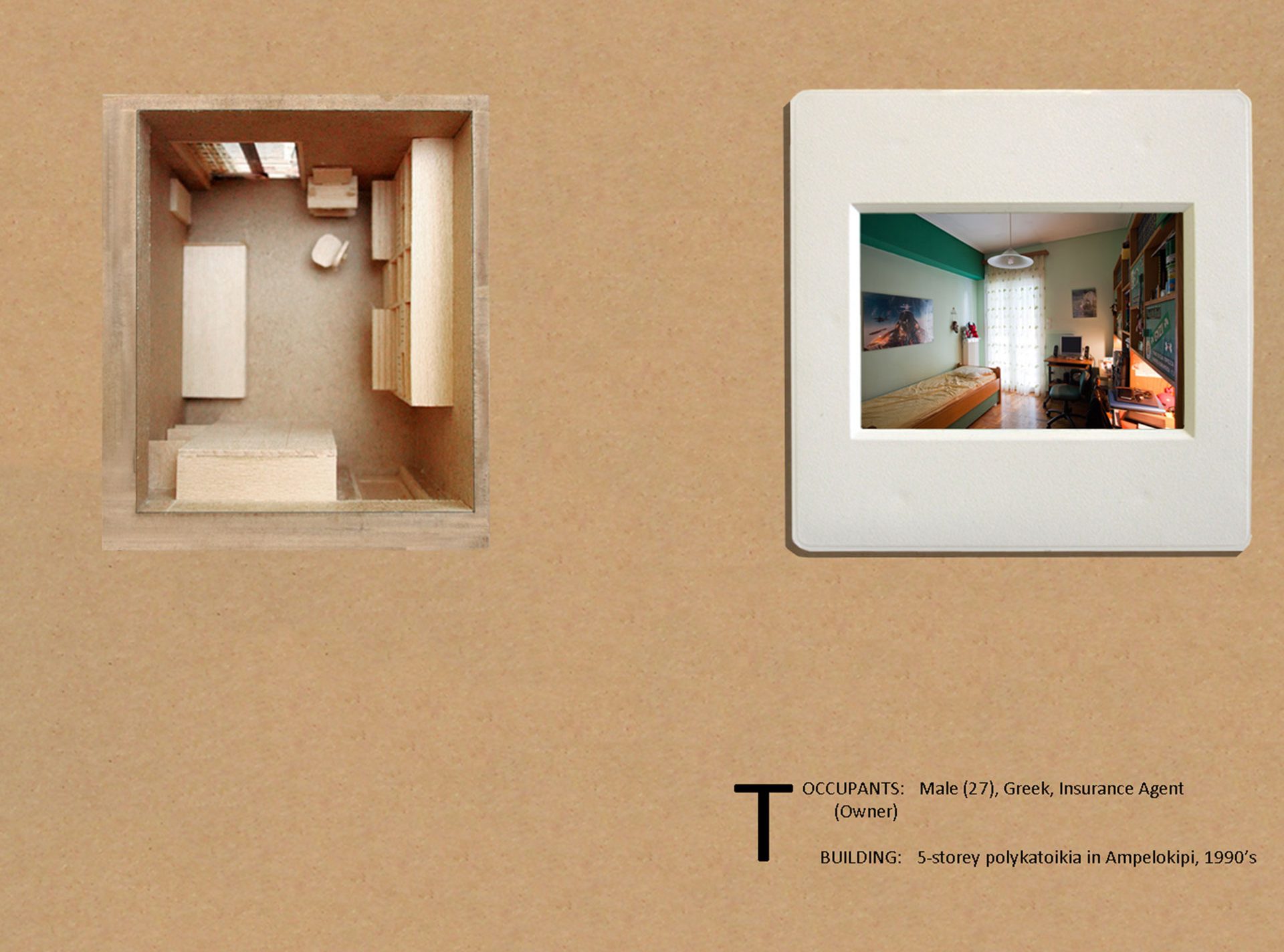
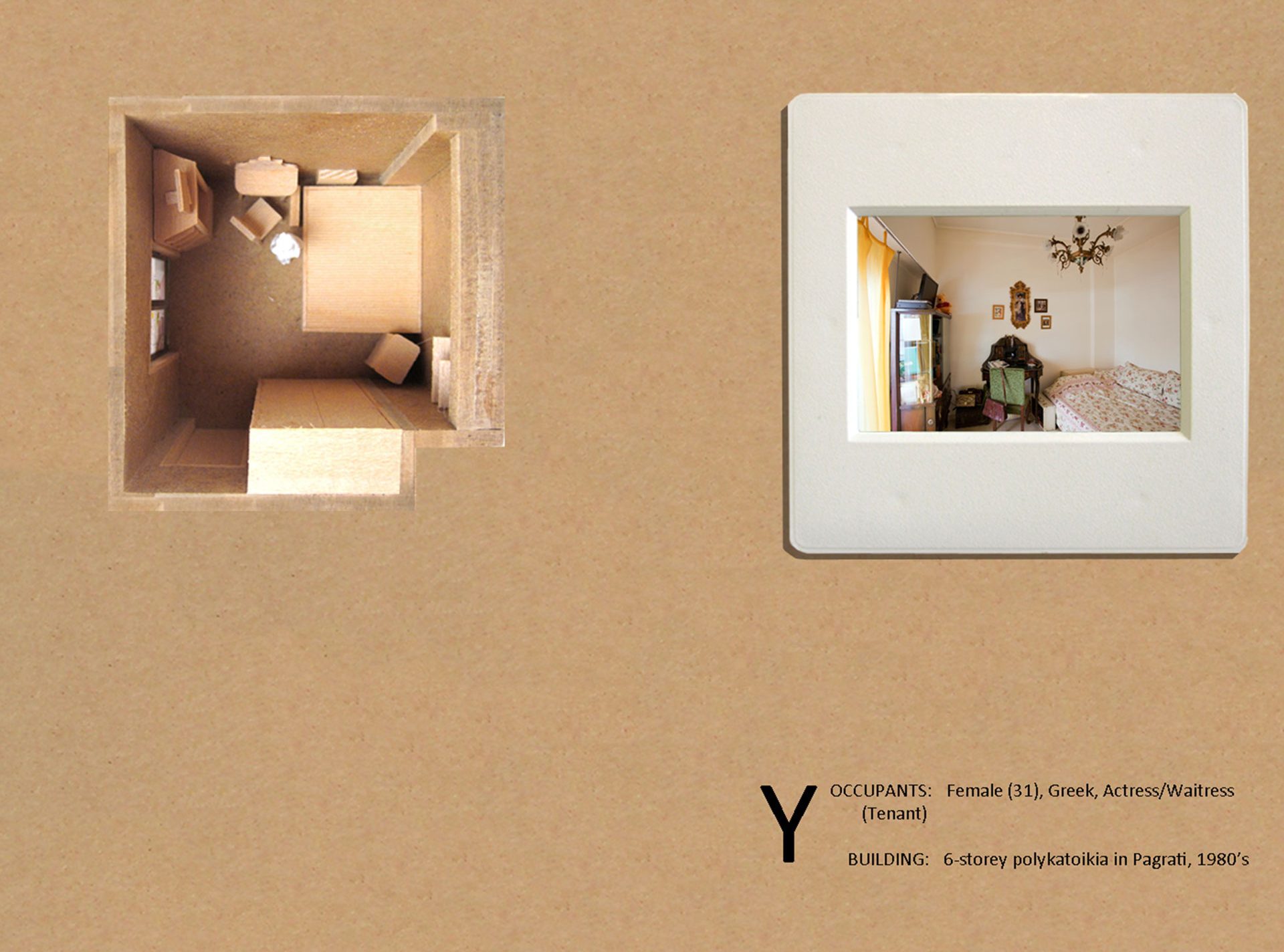


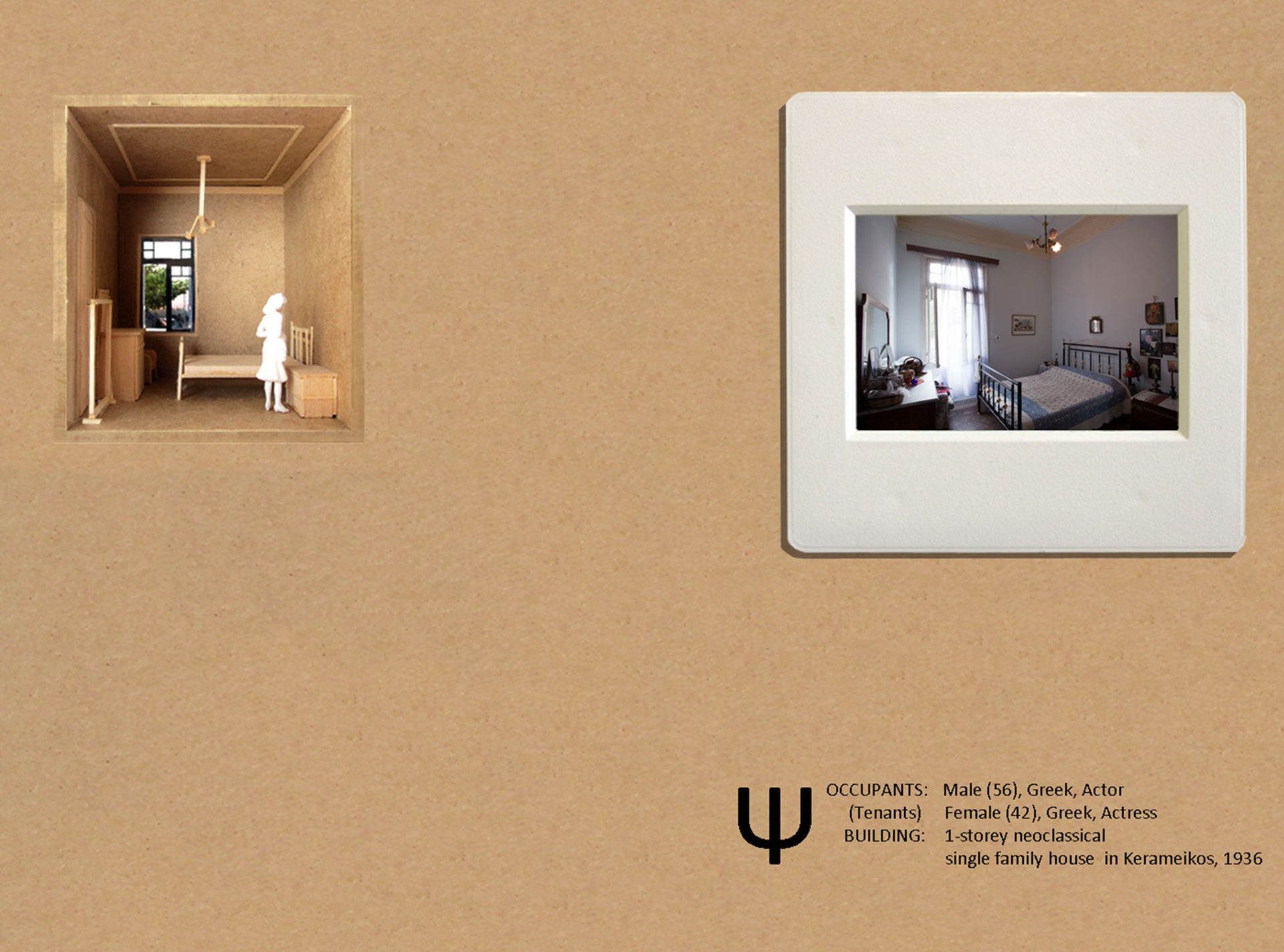
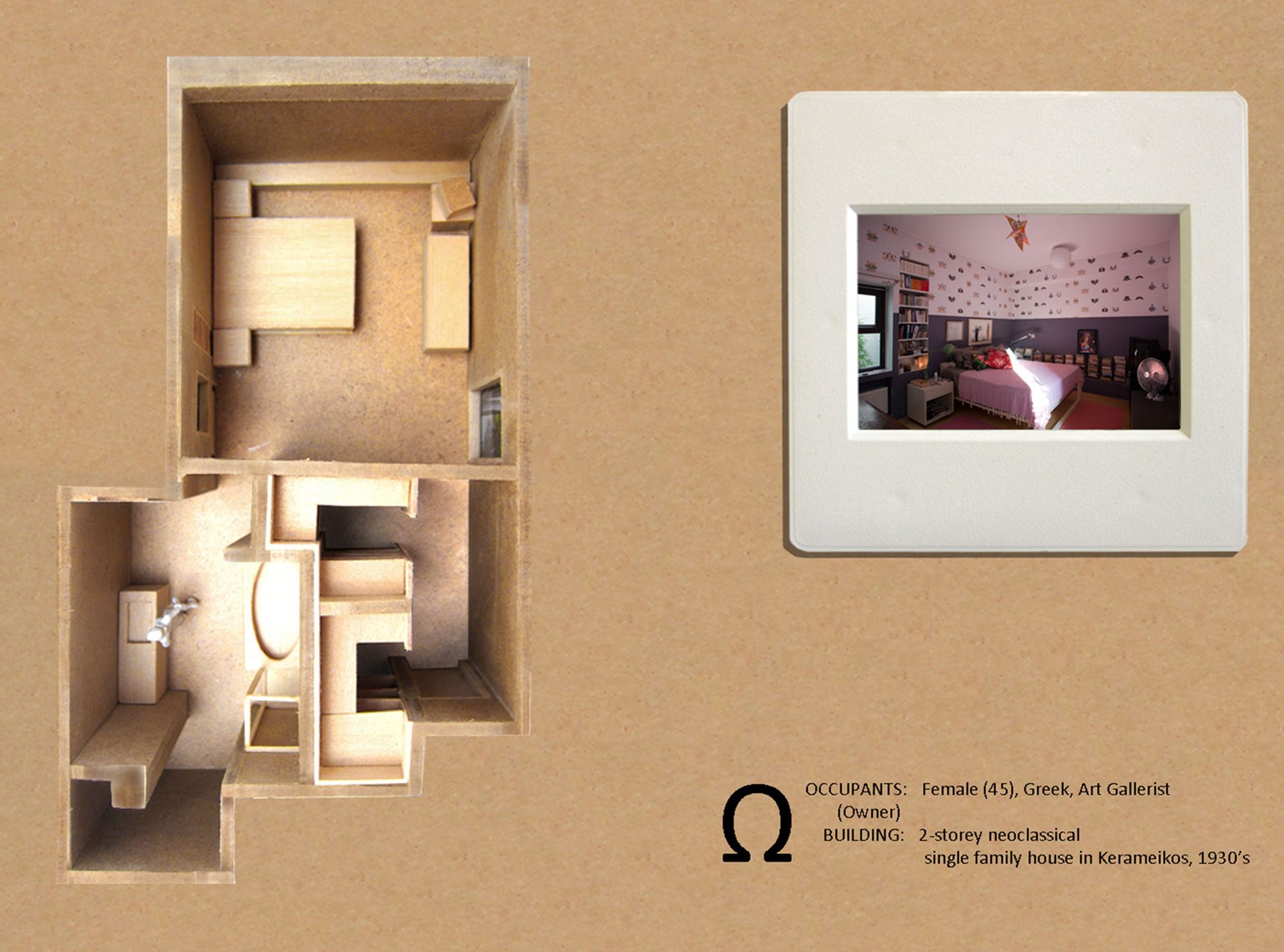
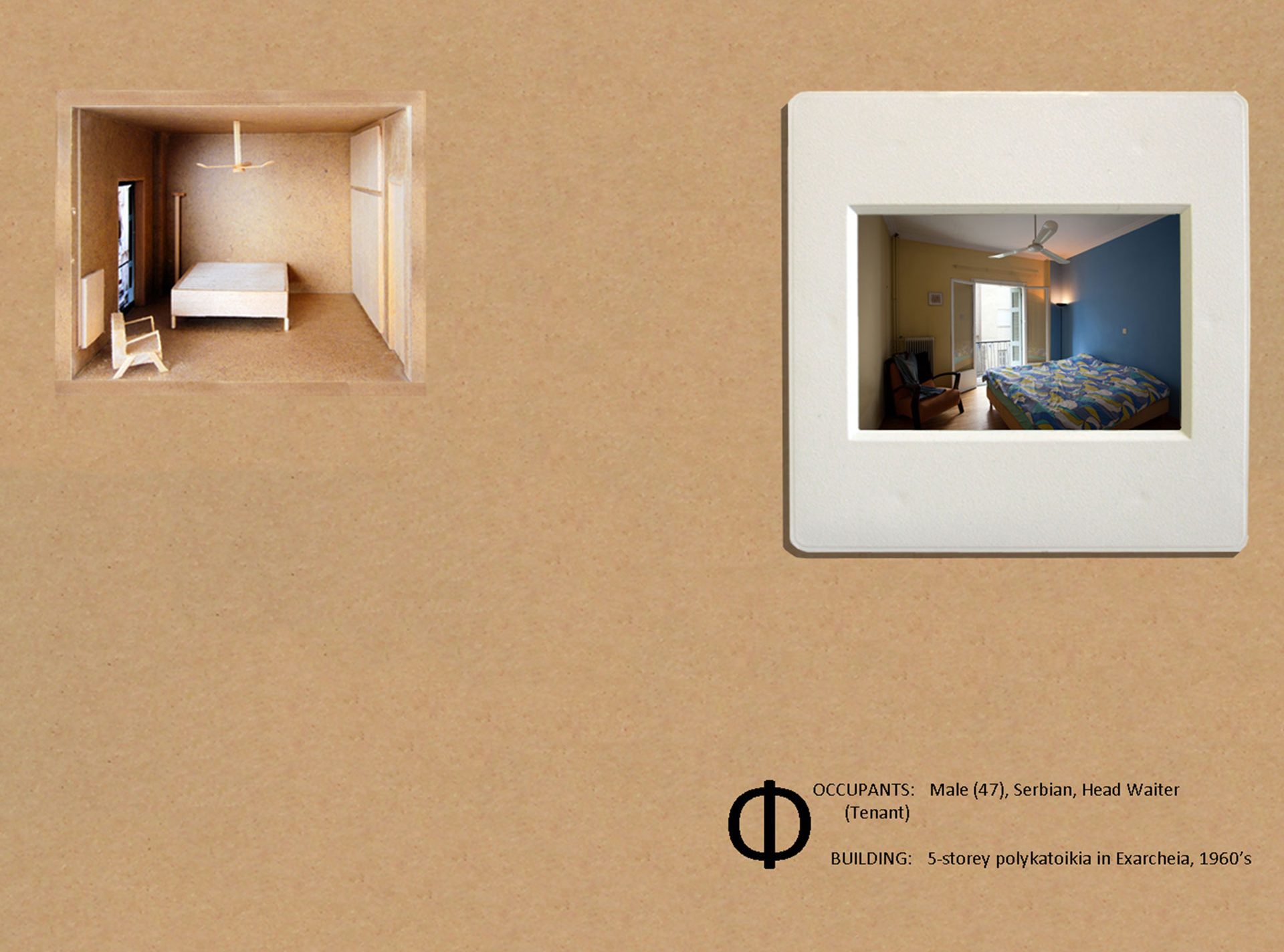

YPEKA, 13th Venice Architecture Biennale
MADE IN ATHENS: After decades of apparent prosperity, the city of Athens is experiencing an abrupt transformation that is fueled by the current economic recession. The clearest physical manifestations of the present situation occur in the streets of the city center of Athens: daily protests, deterioration of the civic infrastructure, empty storefronts, homelessness and rising criminality.

